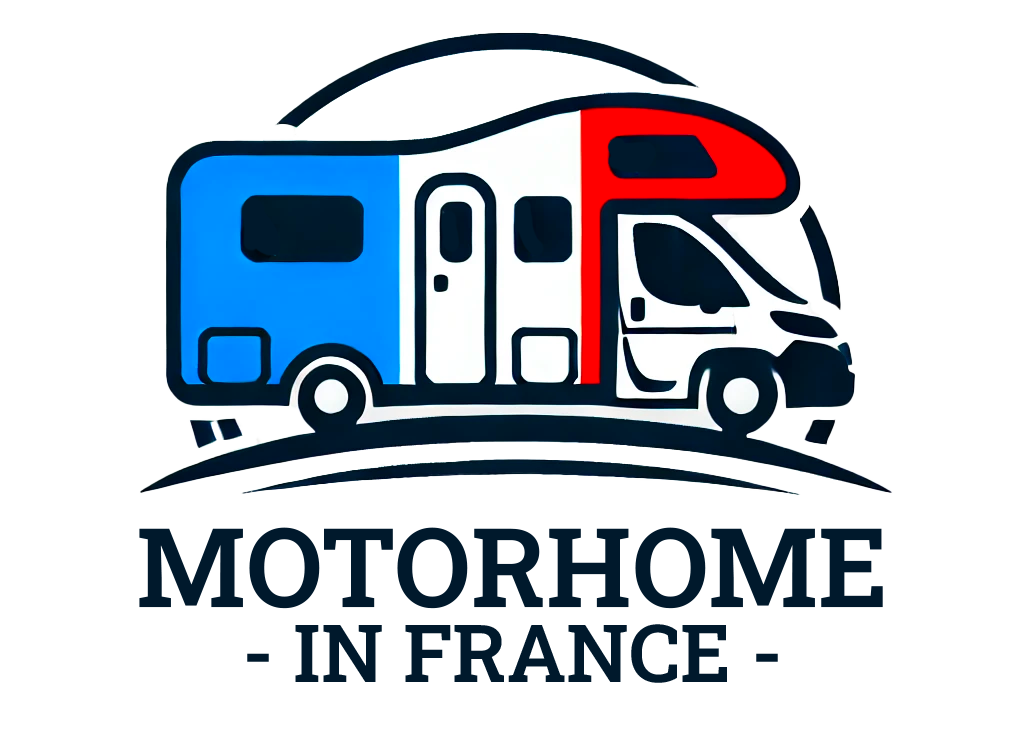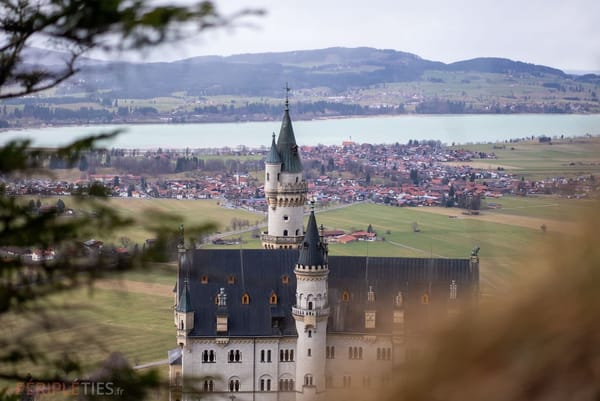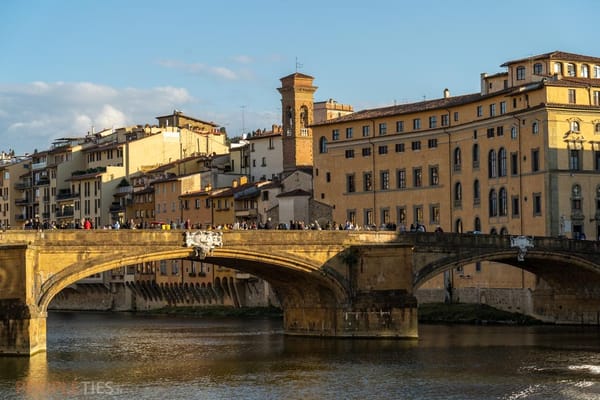Between town and country, these unsuspected places and sites will delight fans of tours and off-the-beaten-track travel. We're sharing our discoveries with you, as well as the motorhome parks and campsites where you can park your motorhome.
Our trips through the towns and landscapes of Belgium
A few years ago, we had already travelled through part of Belgium in our little Hymer Fiat Ducato motorhome, when we were nearing the end of our year-long Tour of Europe in a motorhome.
The culture of beer, a certain passion for fries, an often quirky spirit combined with an incomparable simplicity of exchange were enough to make us succumb to the charm of our Walloon neighbours.
The Belgian Ardennes: an essential motorhome destination
We discovered the country through a trip to the Ardennes massif on the Belgian side, with its verdant valleys stretching from the province of Liège through the Namur region to Belgian Luxembourg.
It's a great way to get to know what we now consider to be one of the must-see corners of Wallonia!
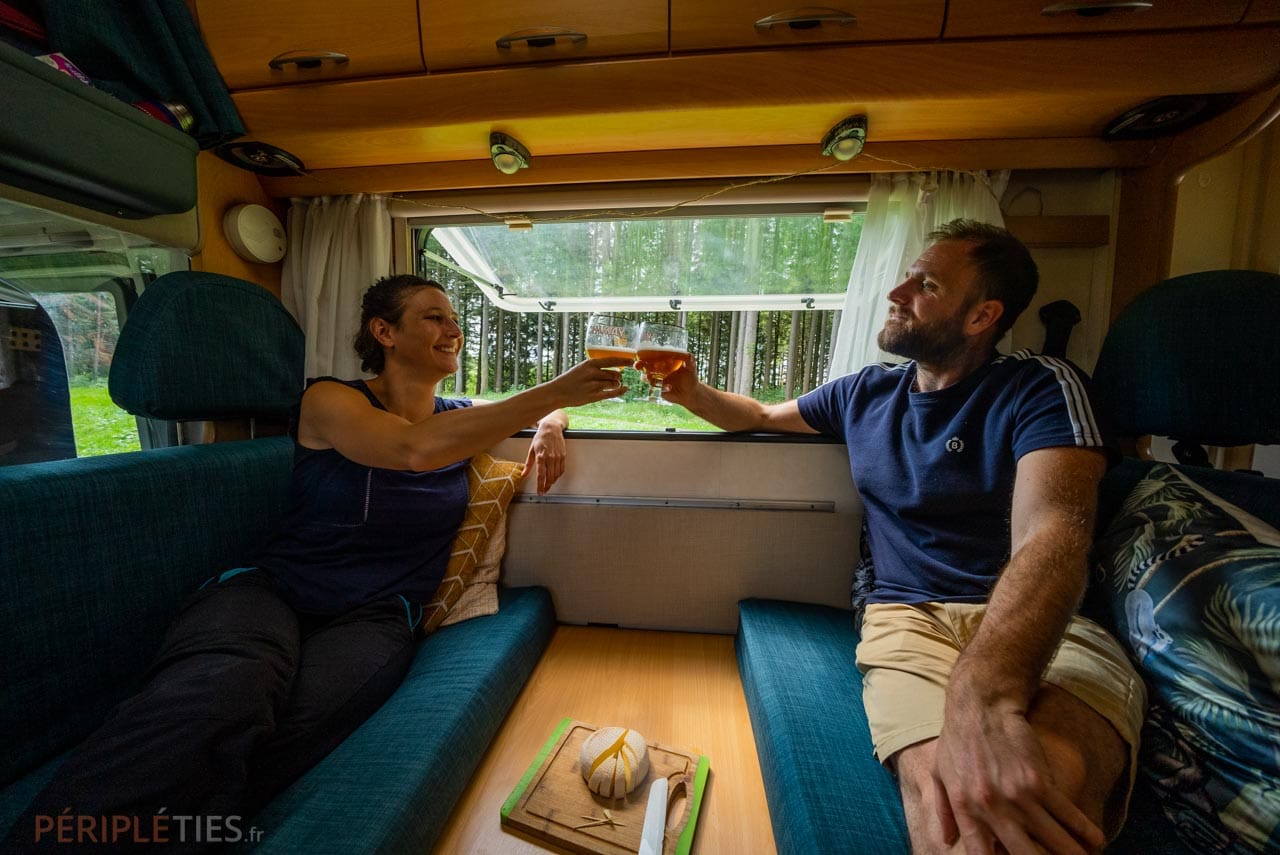
From the Hautes-Fagnes to the banks of the Semoy, via the Ourthe Valley
So first of all, you should know that you can take a closer look at our 4 detailed motorhome tours:
The first will take you past the towns and fortresses of Namur and Dinant, along the Meuse valley. The second, again by motorhome, takes you through lakes and peaty landscapes in the Hautes-Fagnes and the Amblève valley to the east of Liège.
The third (which we recommend in autumn) takes you along the unmissable Ourthe valley (or the valley of the two Ourthes rivers) near La Roche-en Ardenne. Our final itinerary in Wallonia takes in the whole Semoy valley and its best viewpoints (Frahan, the Giant's Tomb at Botassart, and the Knight's Tomb from Herbeumont).
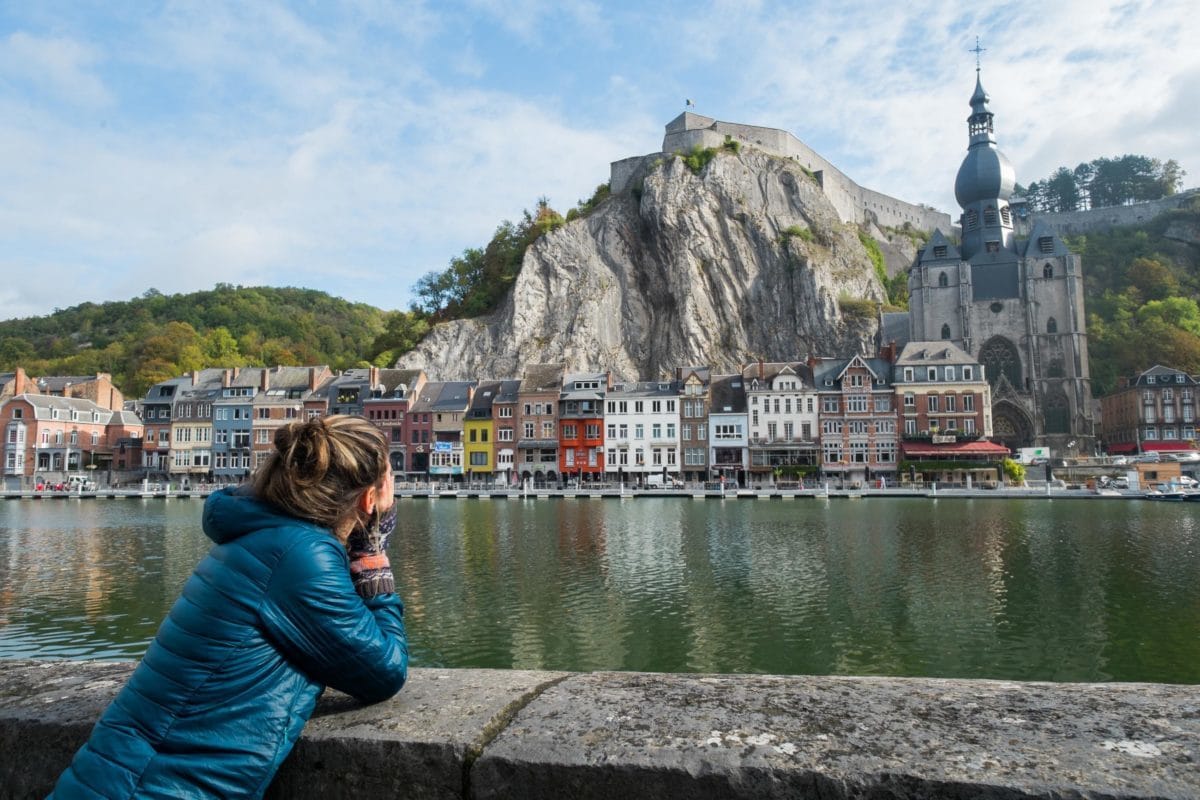
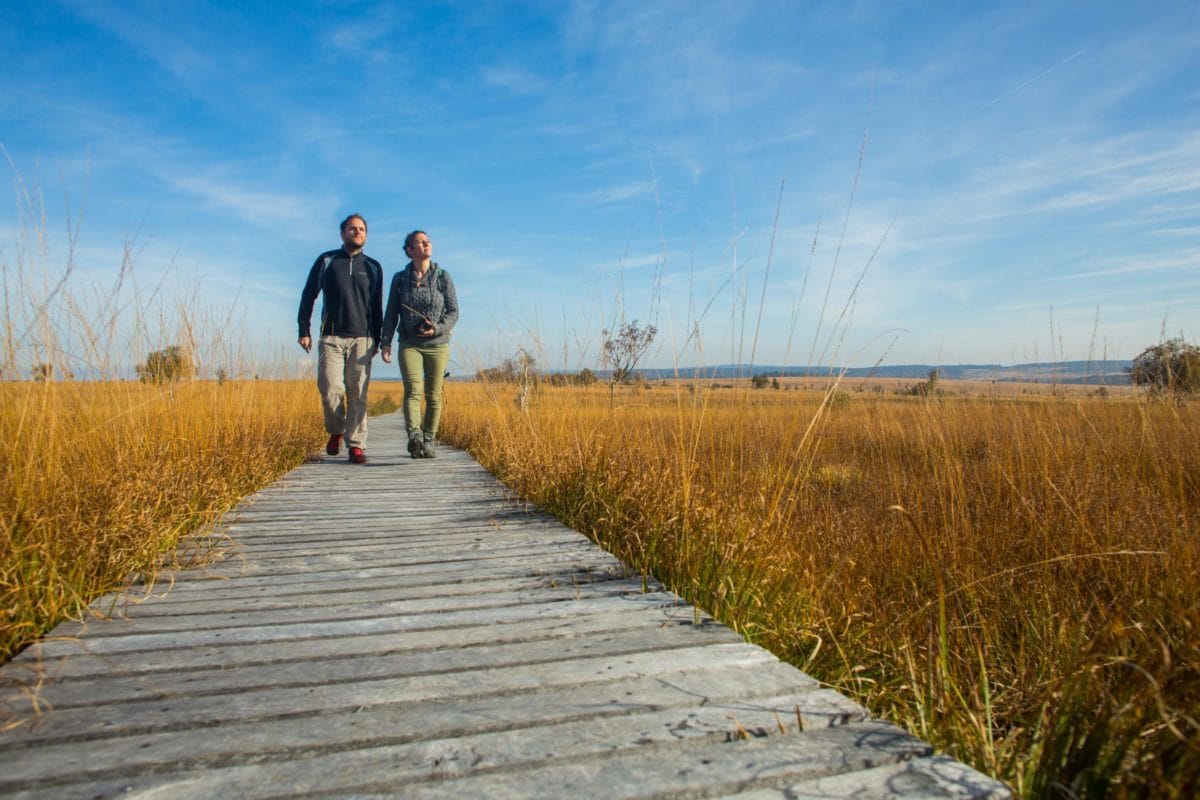
500 kilometres in a motorhome across Wallonia
The desire to discover other little corners of Belgium prompted us to return and extend our trip to the whole of the French-speaking part of Belgium.
We travelled a further 500 kilometres, choosing to go even further off the beaten track. And it's in the Gaume region, a stone's throw from the border with France, that our new journey begins.
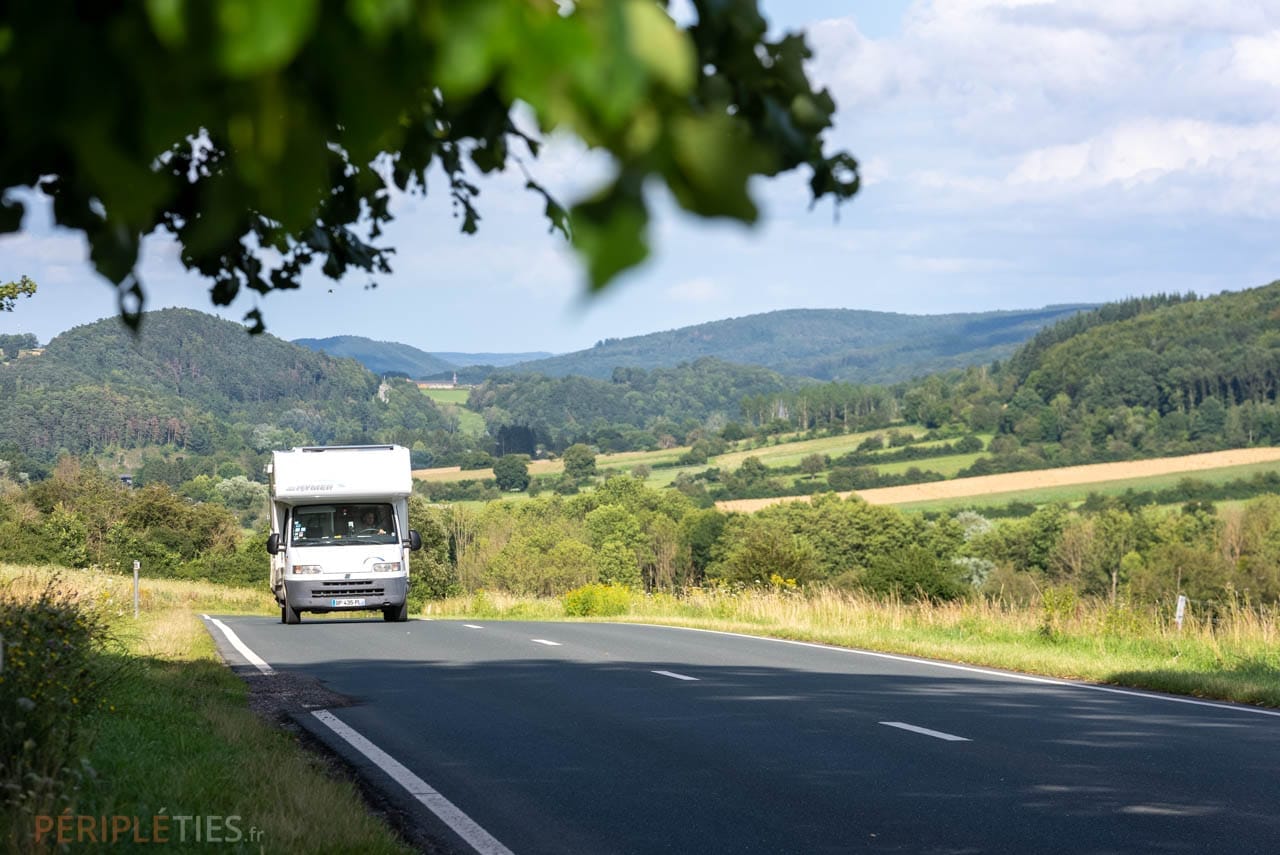
How can I hire a cheap motorhome in Belgium?
If you don't have a vehicle to travel in Wallonia, you can hire a motorhome, van or camper van from France or directly from Belgium. You'll find rentals around Brussels, Charleroi, Mons and Namur. You should expect to pay between €50 and €100 per day to hire a motorhome, depending on the model and the number of seats.
Belgium: a trip to the land of beer
Belgium has an authentic beer culture. Initiated by the monks in the 12th century, who mastered the art of brewing beer, it is widespread throughout the country. There's not a corner of Belgium that doesn't have its own small production!
We suggest you stop off at the breweries along the way. You'll find them listed on the Wallonia Belgium Tourism map.
Discovering Trappist abbeys
Some monasteries perpetuate the tradition of Trappist beers, certified by the ATP (Authentic Trappist Product) label. Here are the criteria for ATP status:
- The beer must be brewed within the abbey walls
- Under the supervision of the monks
- Part of the income must be donated to social causes.
In Wallonia, only Orval, Rochefort and Chimay meet all these criteria!
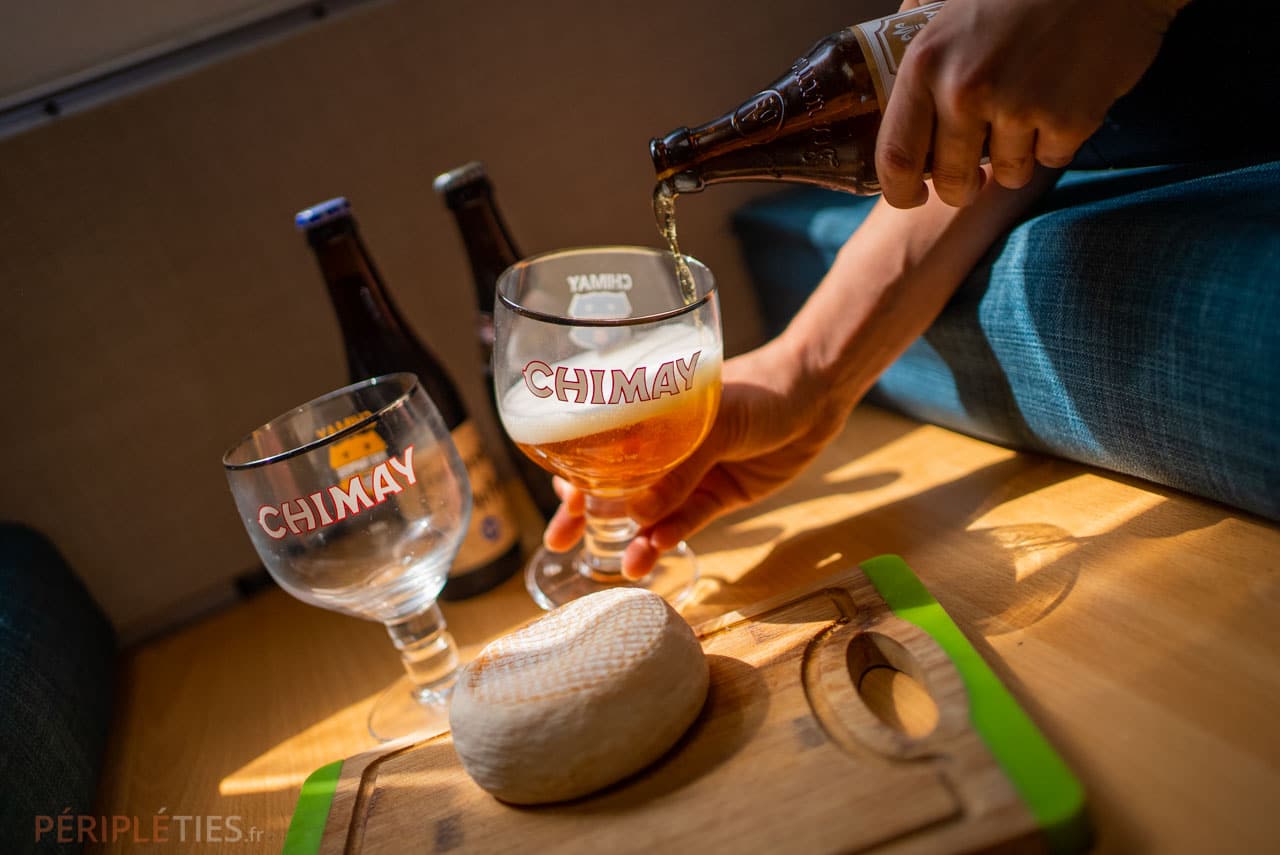
Visit the ruins of Notre-Dame d'Orval
Orval is one of Belgium's most famous abbeys. Like most working abbeys, the ‘new’ abbey, built in 1948, is not open to visitors, so as not to disturb the silence of this place dedicated to work and prayer.
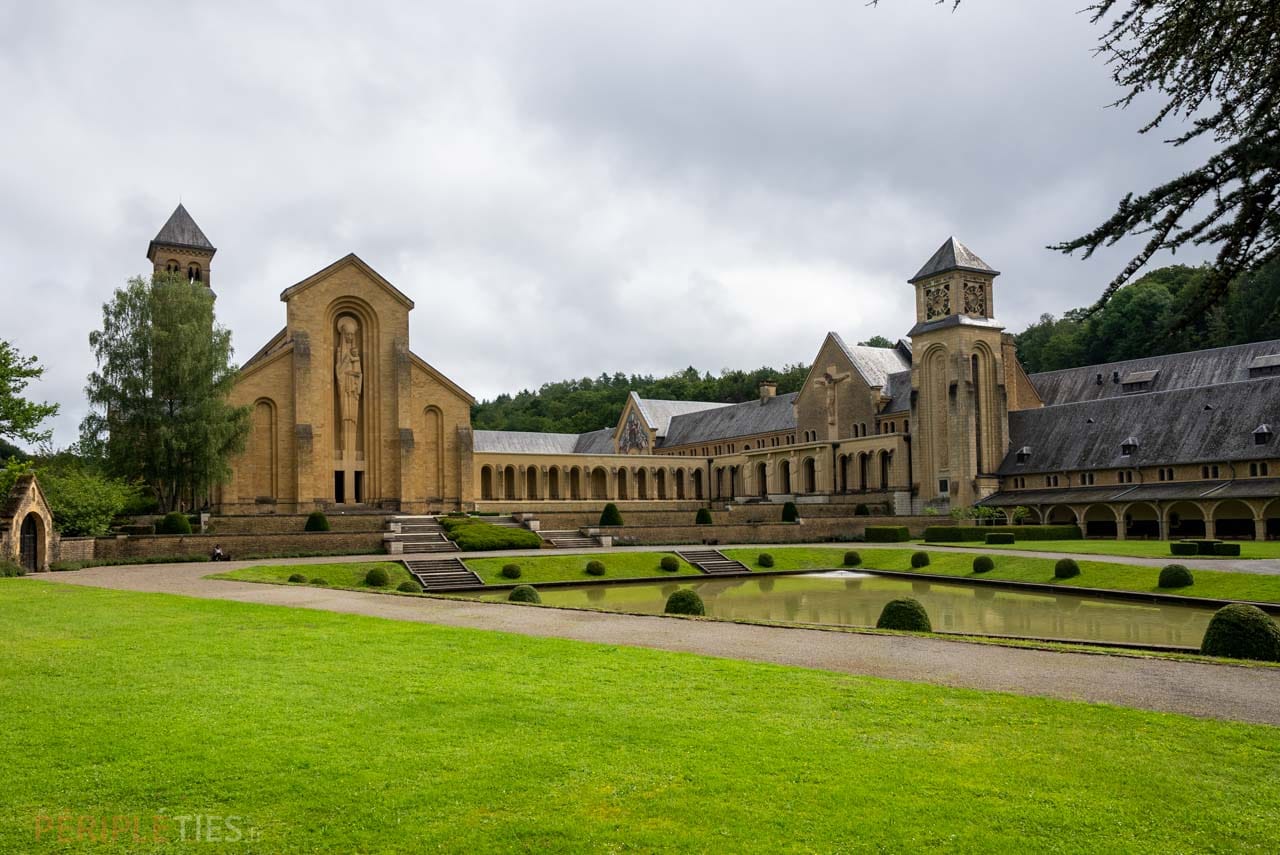
The picturesque ruins of the former abbey are open to the public and you can buy or taste the famous Orval beer at the abbey or in the neighbouring inns... with cheese of course!
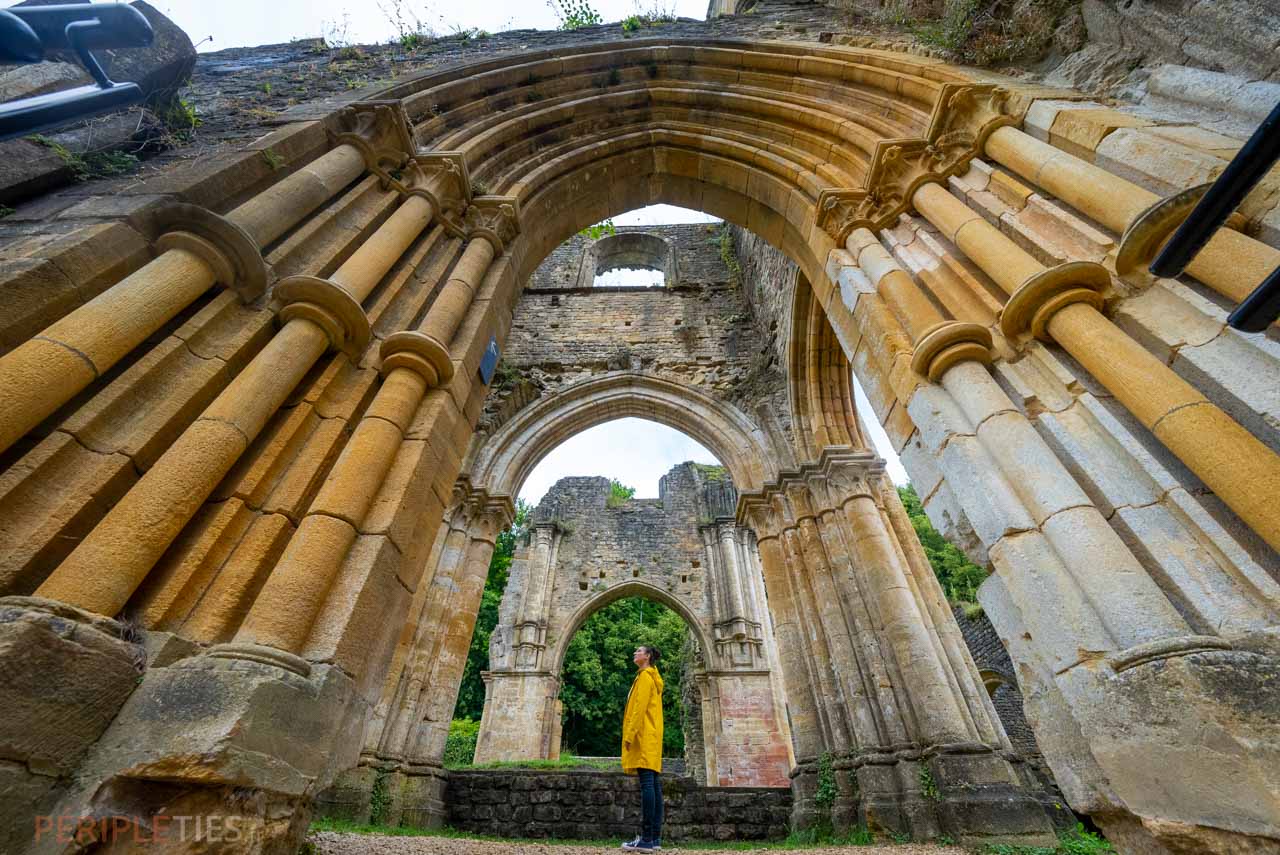
Visit Orval Abbey: Abbaye Notre-Dame d'Orval, B-6823 Villers-devant-Orval / Open all year round. Admission €7 (€3 reduced rate).
Where can you eat dishes made in Belgium near Orval?
At the new hostellerie d'Orval, 300 metres from the abbey, with ample parking available (overnight stay possible for motorhome guests). The cuisine is simple and traditional, using local produce and offering good value for money.
Le Chameleux, a typical setting (less touristy) accessible via a small forest road. Simple, no-frills cuisine with good produce (special mention for the trout meunière). Limited opening days.
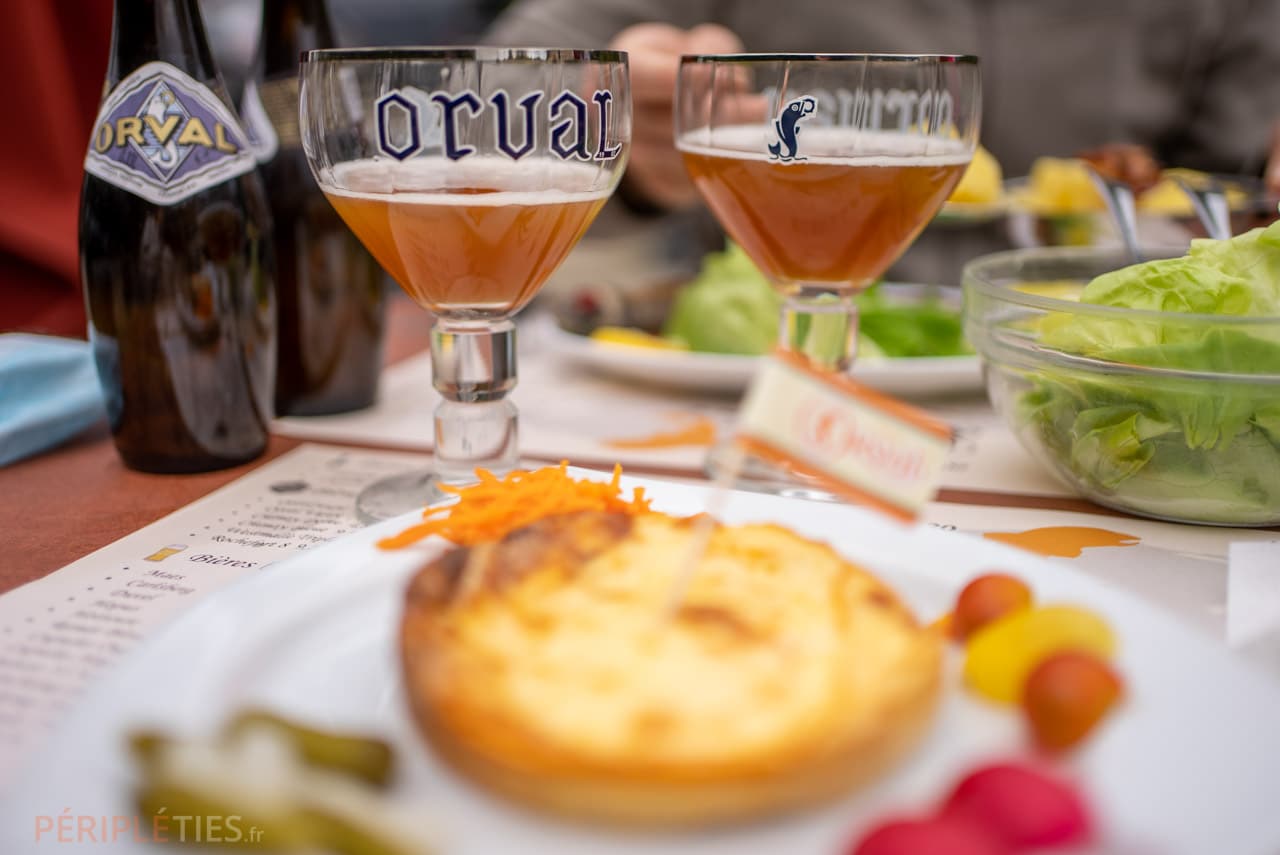
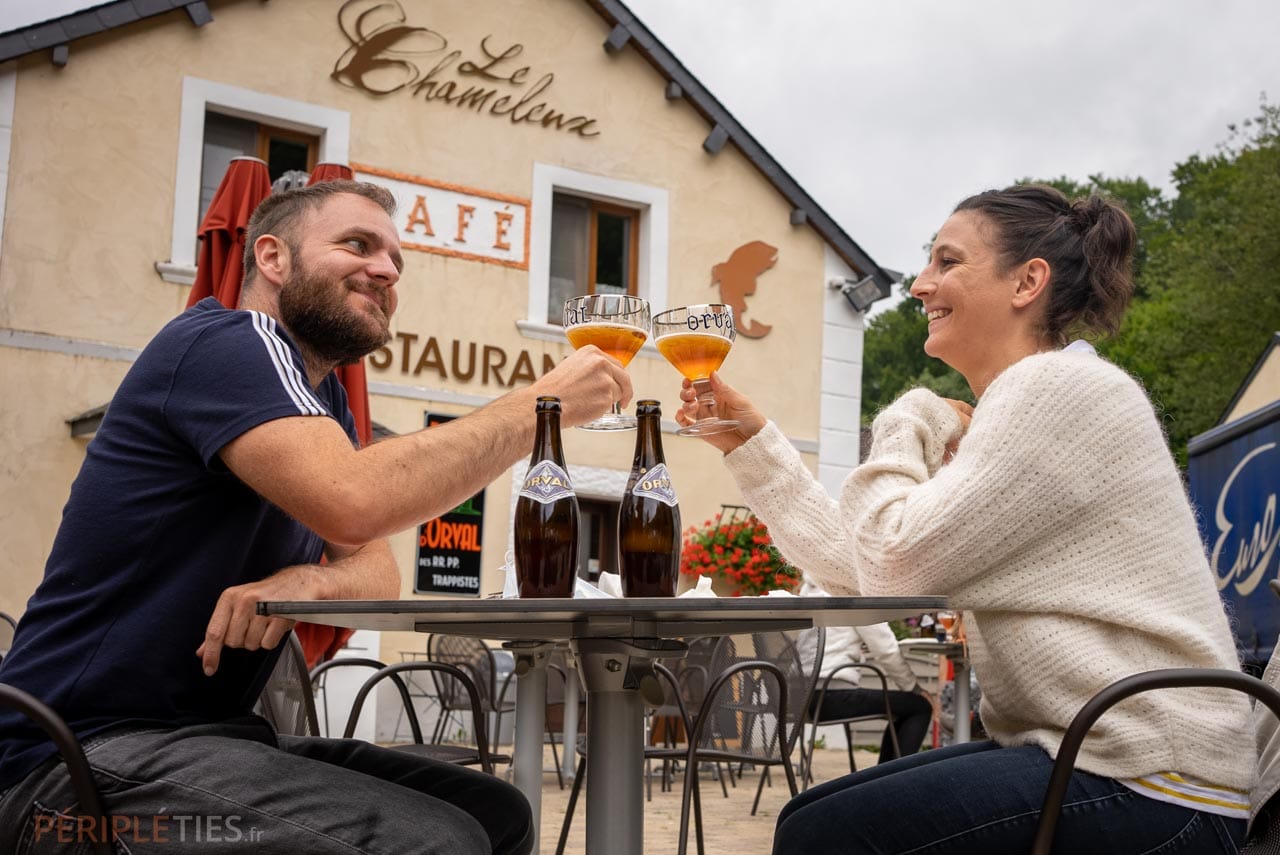
On the way to Rochefort
If you want to continue your discovery of Trappist beers, head north to Rochefort. It's a pleasant stop-off, but not necessarily worth making a diversion for, especially as the abbey is not open to the public.
That said, you must admit that tasting a Rochefort in Rochefort is very tempting! And while we're not keen on animal parks and crowded places - especially in summer - this could also be a good opportunity to visit the nearby park and caves at Han-sur-Lesse.
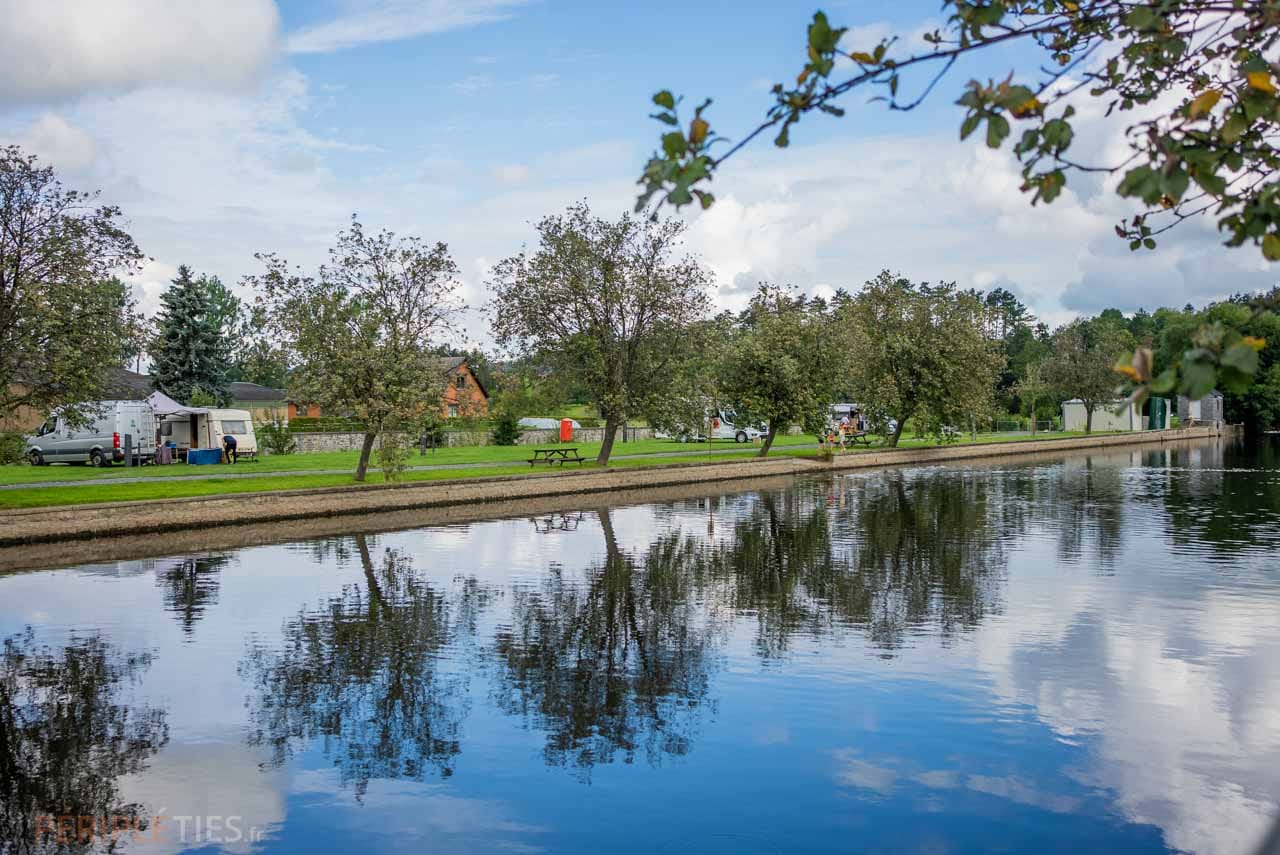
Lavaux-Sainte-Anne Castle
Standing in the middle of the countryside, less than 10 kilometres from Han-sur-Lesse, the Château de Lavaux-Sainte-Anne is a colossus surrounded by a moat in the province of Namur.
The interior of this estate is part of the tour. It is interesting for the various rooms and furnishings, and for the tools of yesteryear, but less so for what is on display on the upper floors.
There's something rather old-fashioned about the stuffed animals, and you have to admit that you get bored pretty quickly.
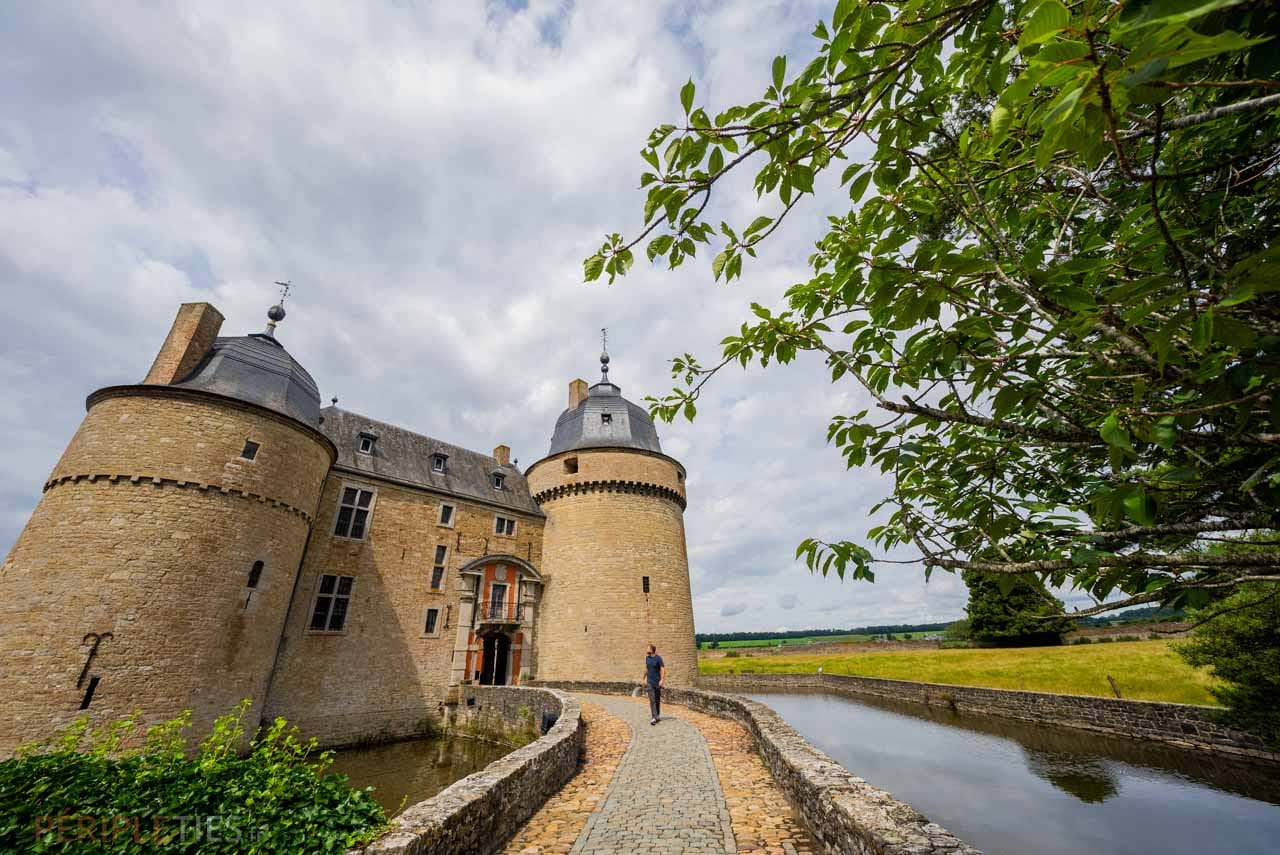
Just a stone's throw from the château, you can grab a bite to eat at the Brasserie des 4 lunes, which serves local specialities as well as a snack bar.
Of course, we were tempted by the local produce, with a carbonade à la Saint-Hubertus, and meatballs in a Rochefort beer sauce... with fries, of course!
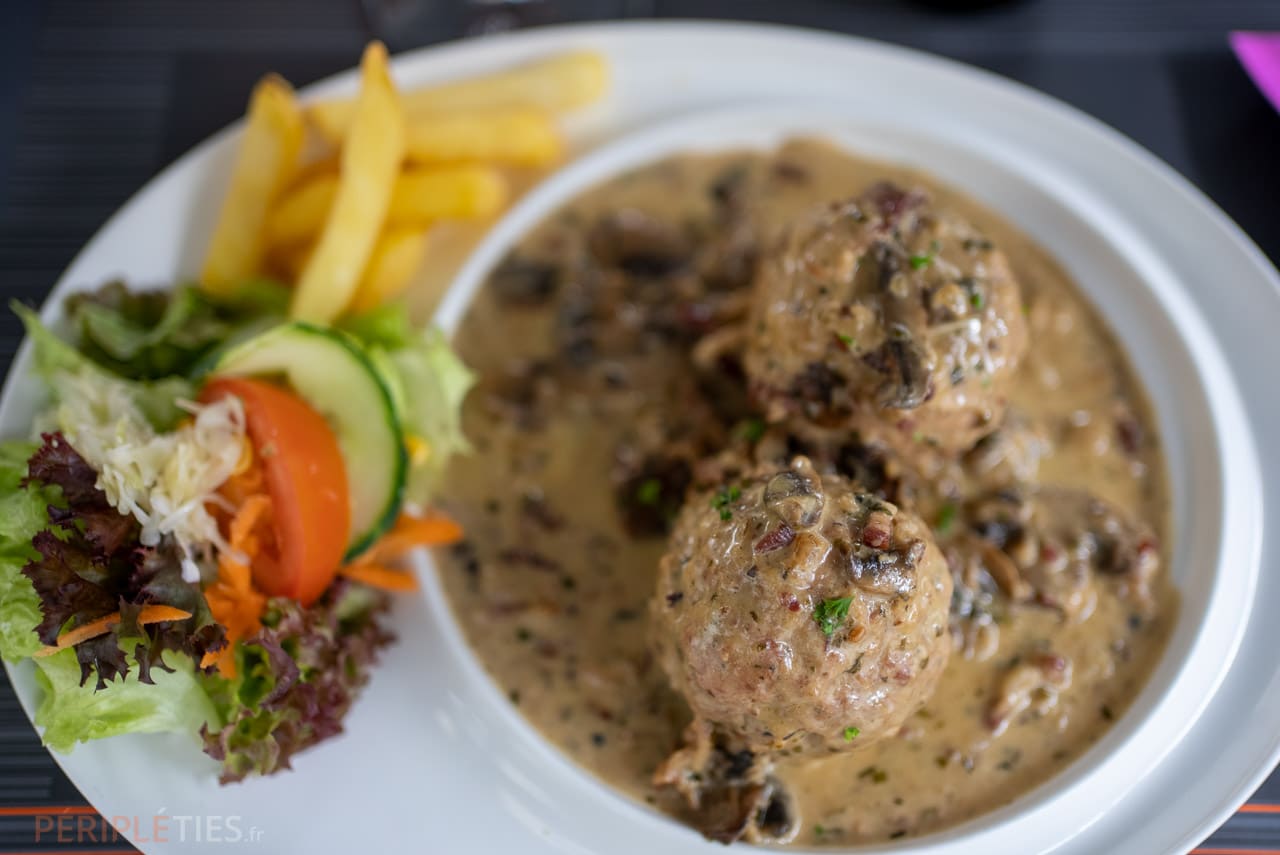
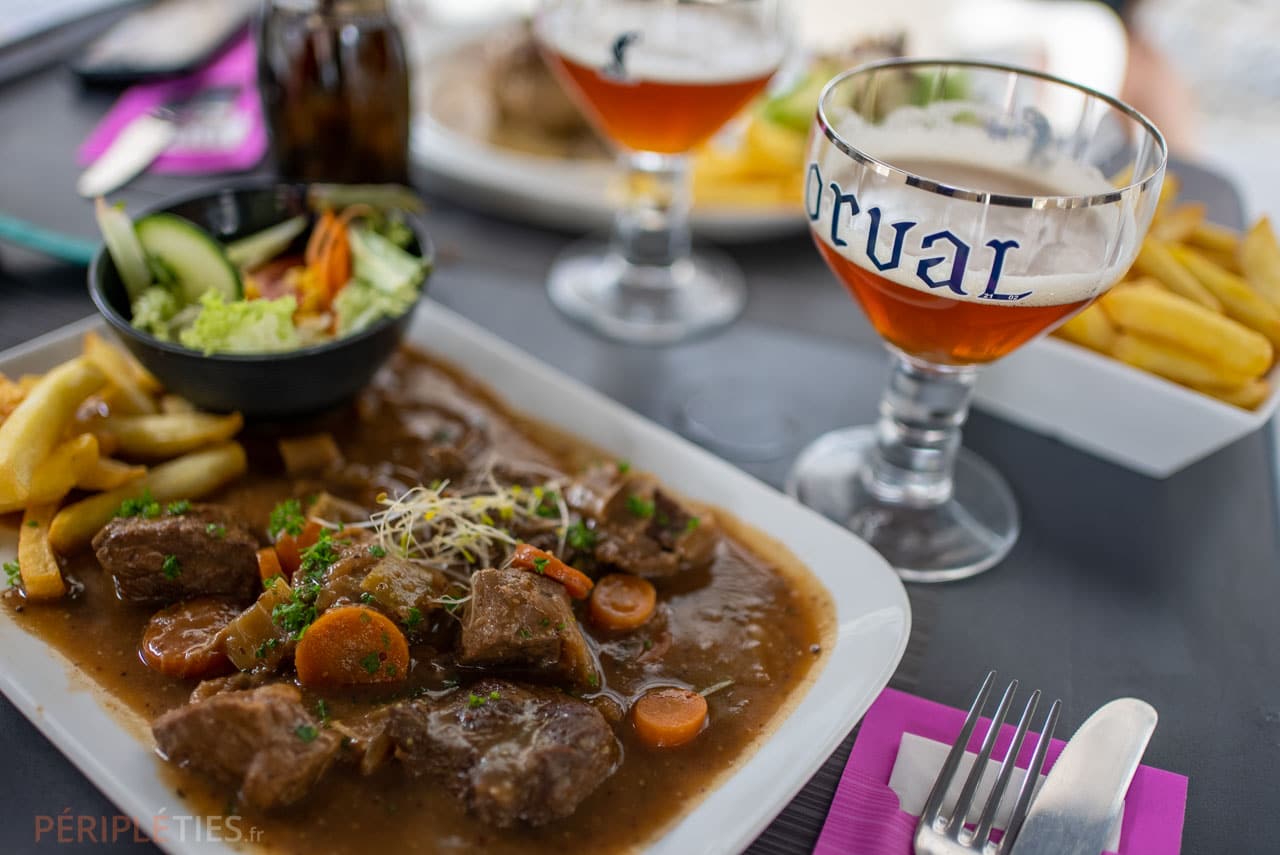
Areas and campsites near Han-sur-Lesse
- Han-sur-Lesse (Rue de la Lesse 3. 5580, Han-sur-Lesse, Belgium. Around forty pitches, electricity and services included from €7.50 > €12.50.
- Camping ‘Le Pirot No reservation required. Flat rate: €12 / day.
Through the Saint-Hubert forest
If you decide to head up towards Rochefort, we recommend you pass through the large Saint-Hubert forest, home to wild boar, deer, hinds and other forest animals.
The cuisine here is typically Ardennes and, good to know, you'll find the Fourneau Saint-Michel, an open-air museum in the heart of the forest dedicated to the architecture and way of life of the Ardennes of yesteryear.
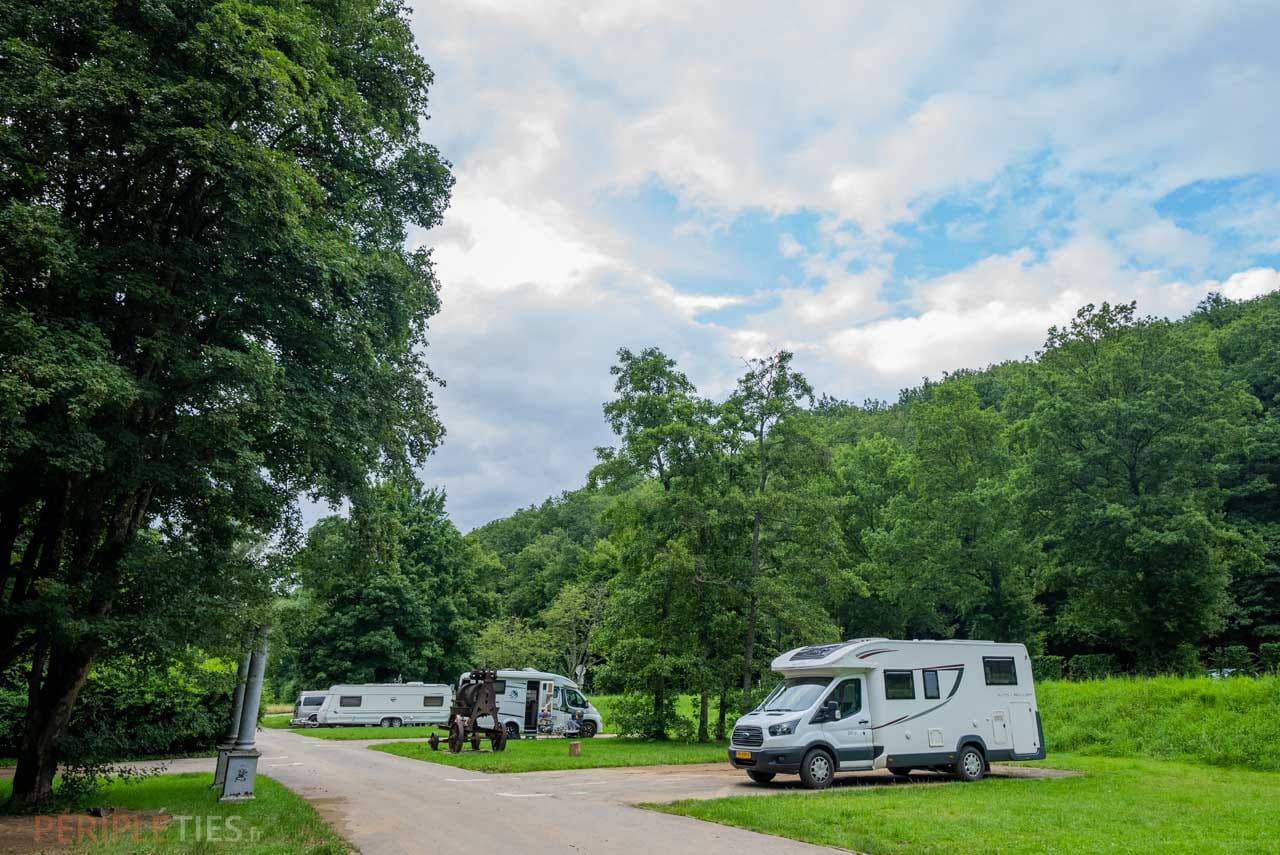
Service areas and motorhome parking near Saint-Hubert
Aire de Redu, rue de Saint-Hubert 12, 6890 Libin. N50° 0'31‘’ E 5°03'29’ - Six serviced pitches (water €2, electricity €8).
Saint-Hubert, three pitches a little off the town centre at the side of the road and a little sloping. Water and service free, no electricity.
Motorhome parking area (no services), rue du Fourneau Saint-Michel, 6870 Saint-Hubert, Belgium
Discover the Viroin Valley (Viroinval) in Belgium
The Viroin Valley or Viroin-Hemreton Nature Park, on the road to Chimay, is also well worth a visit.
The Fondry des chiens, a curious geological formation not far from the commune of Nismes, is the best-known site in the vicinity, but there are also other lovely walks to be had, through the natural areas, which are home to limestone lawns, near La Roche à Lomme.
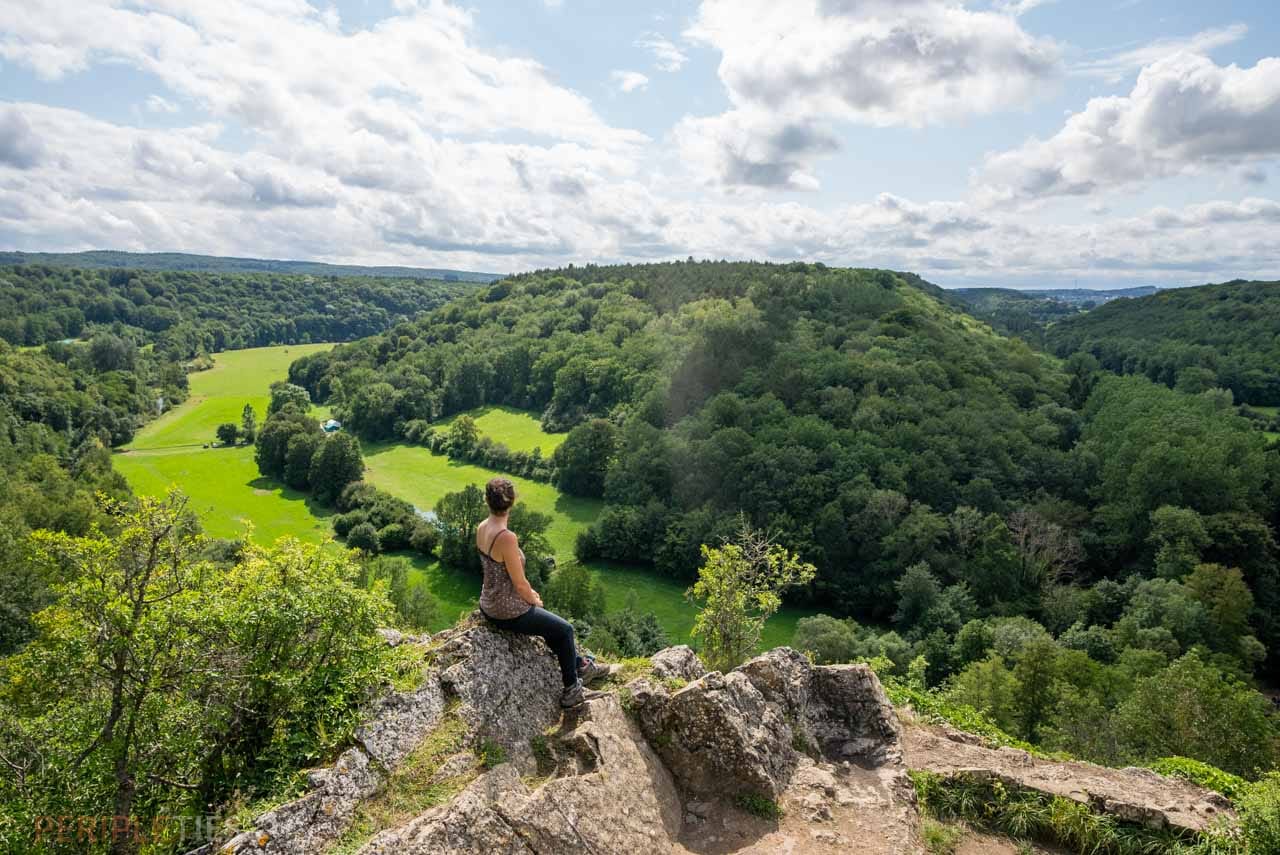
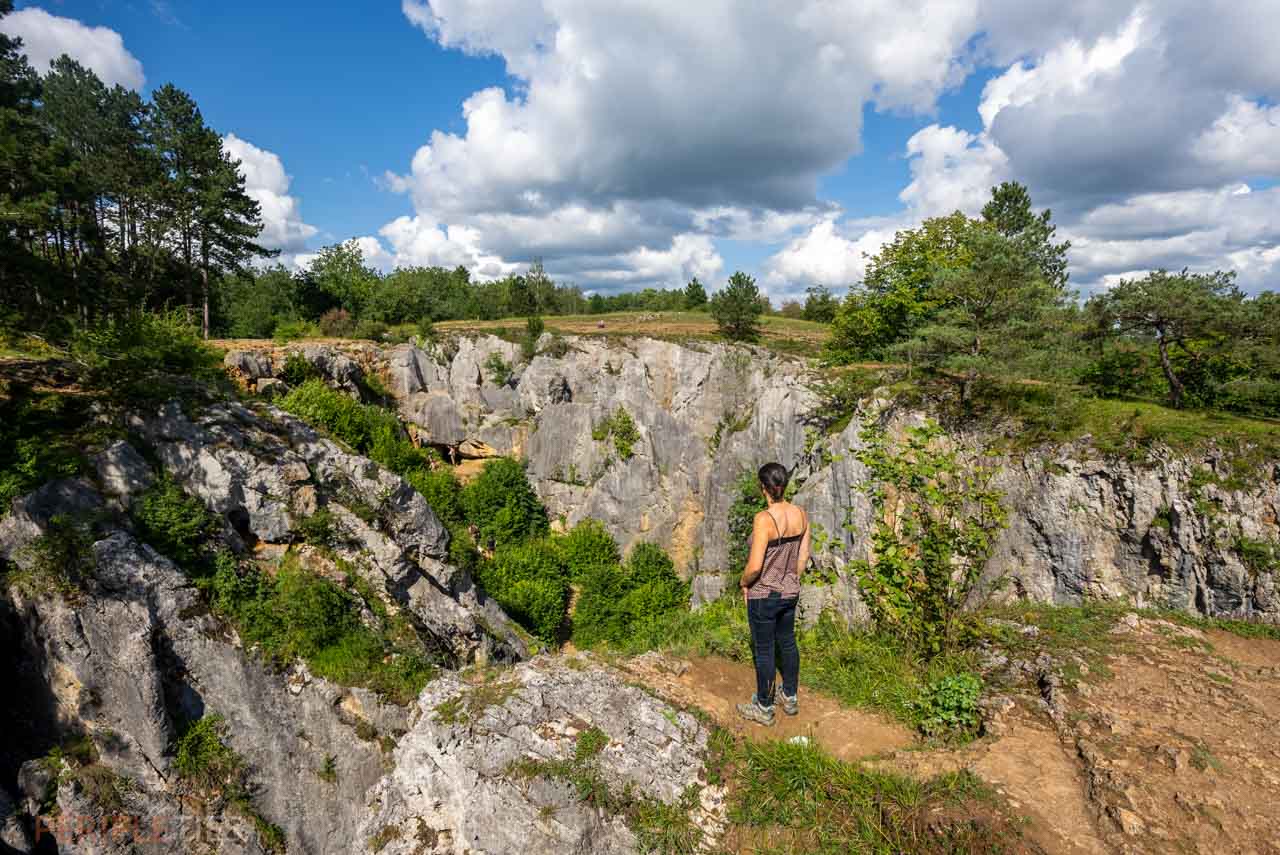
The little Belgian train of the three valleys
For a glimpse of the surrounding area, we recommend taking the Three Valleys railway line.
This line, which has been brought back into service by an association of volunteers, is an authentic steam train that takes you back in time from Mariembourg.
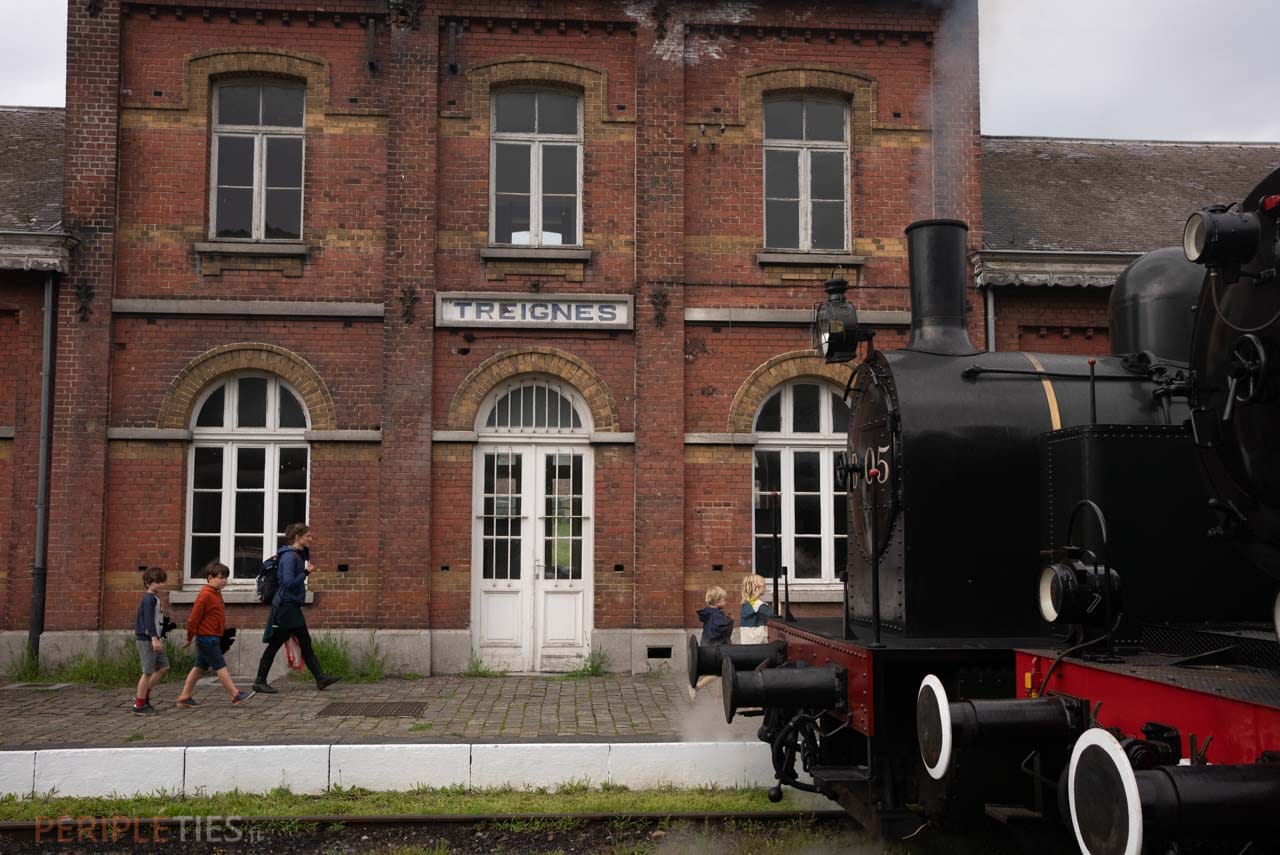
The most beautiful villages in Wallonia and breweries
It passes through Nismes, Olloy-sur-Viroin and Vierves-sur-Viroin (one of the most beautiful villages in Wallonia) before stopping for an hour in Treignes before setting off again for Mariembourg.
Good to know: the Brasserie des Fagnes, where you can eat and have a drink, is also in Mariembourg. Camper vans are even welcome to spend the night in the brasserie car park (but it's next to the railway line, so you'll hear the train whistle in the morning...).
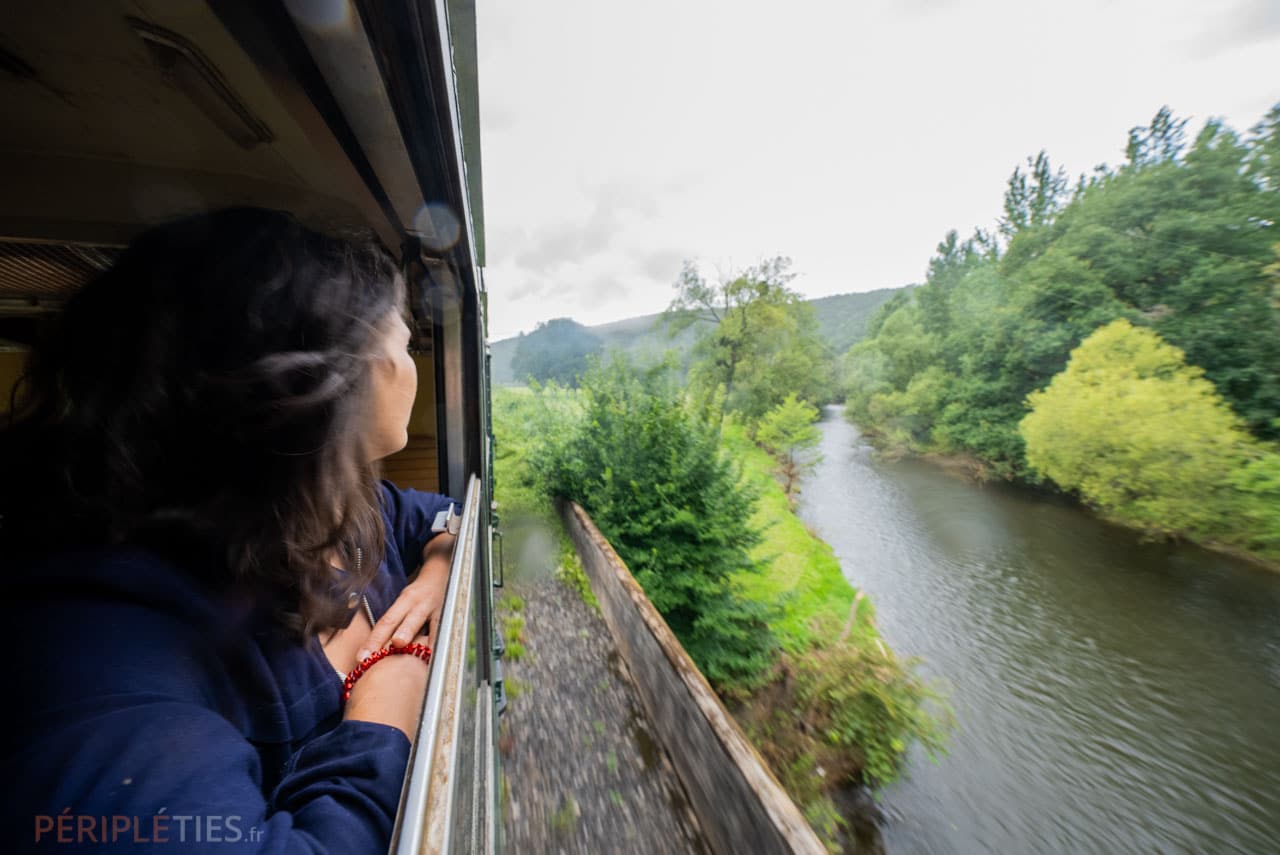
Practical info: Petit train des trois vallées. Operates every weekend and public holiday from May to November. Price: €8 to €13.
Motorhome park at Viroinval
Parking area in Nismes: Place du Châtillon, Rue Longue. Services: €2 (tokens). Parking: €5 (with the option of parking in the park, where there are also three quiet pitches).
Trègnes service area: rue de la gare in Treignes. Services €2 (tokens). Free parking.
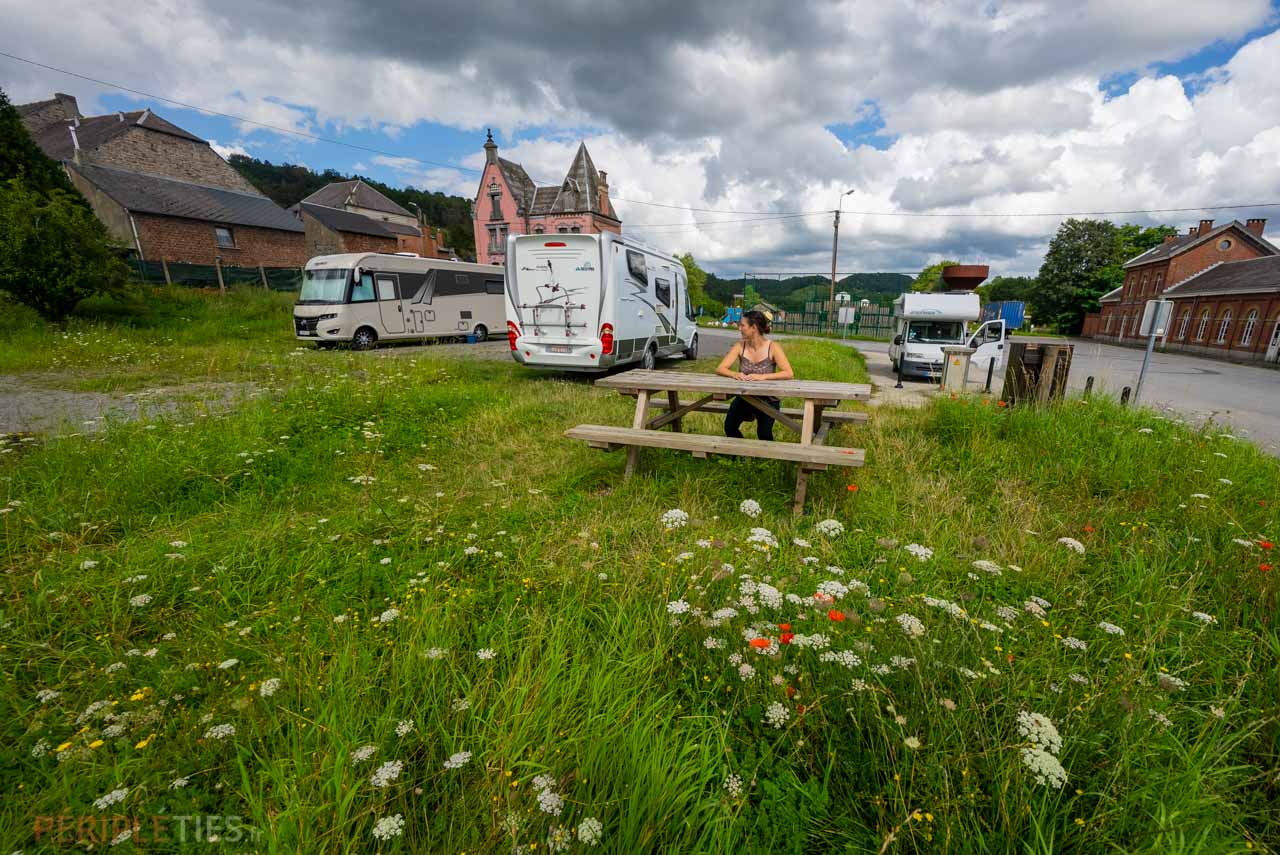
On the road to Chimay in a motorhome!
Chimay is the final stop on our Trappist beer route! Notre-Dame de Scourmont Abbey is a good ten kilometres out of town. But the good news is that it is (at least in part) open to the public.
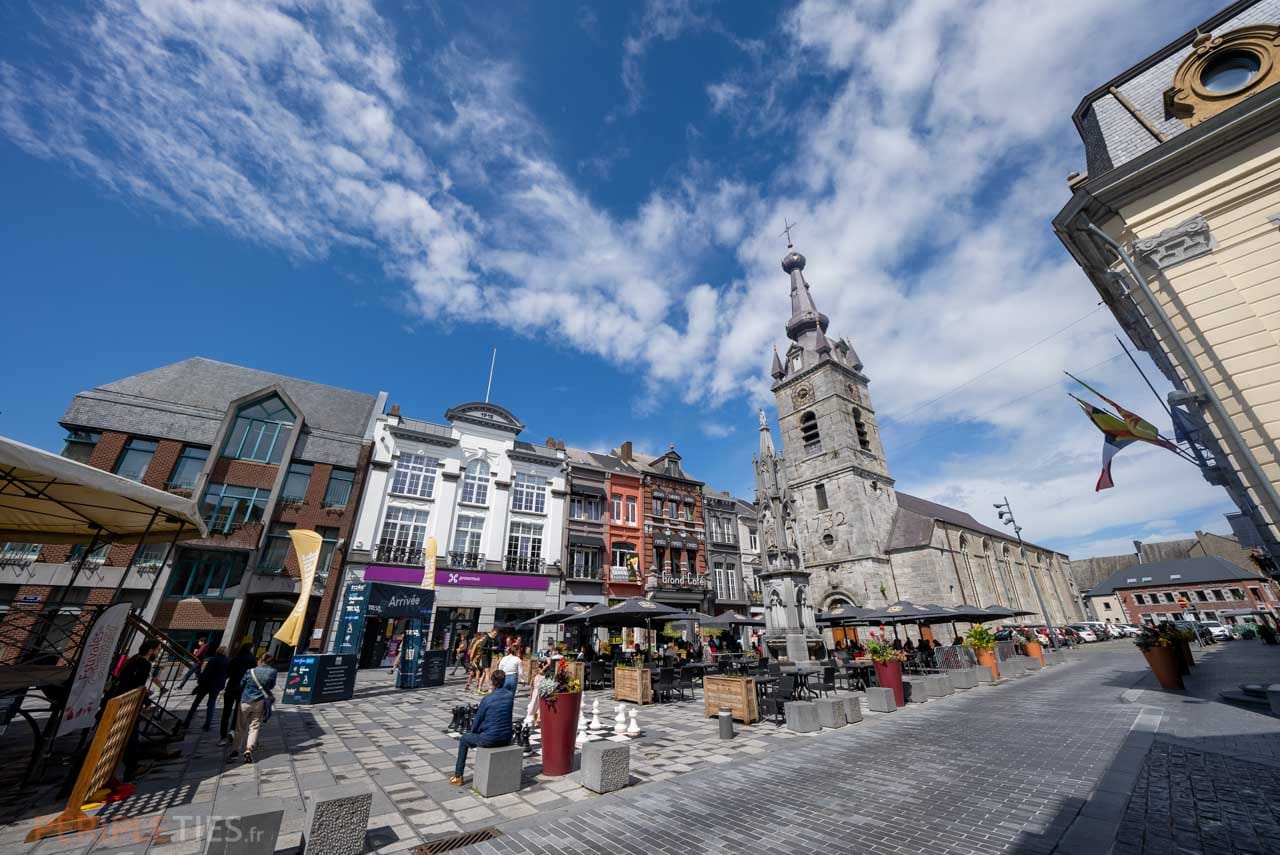
Visit Notre Dame de Scourmont Abbey
Access to the courtyard and the abbey church is allowed, with the necessary discretion, which allows you to soak up a little more of the atmosphere of the Cistercian abbeys.
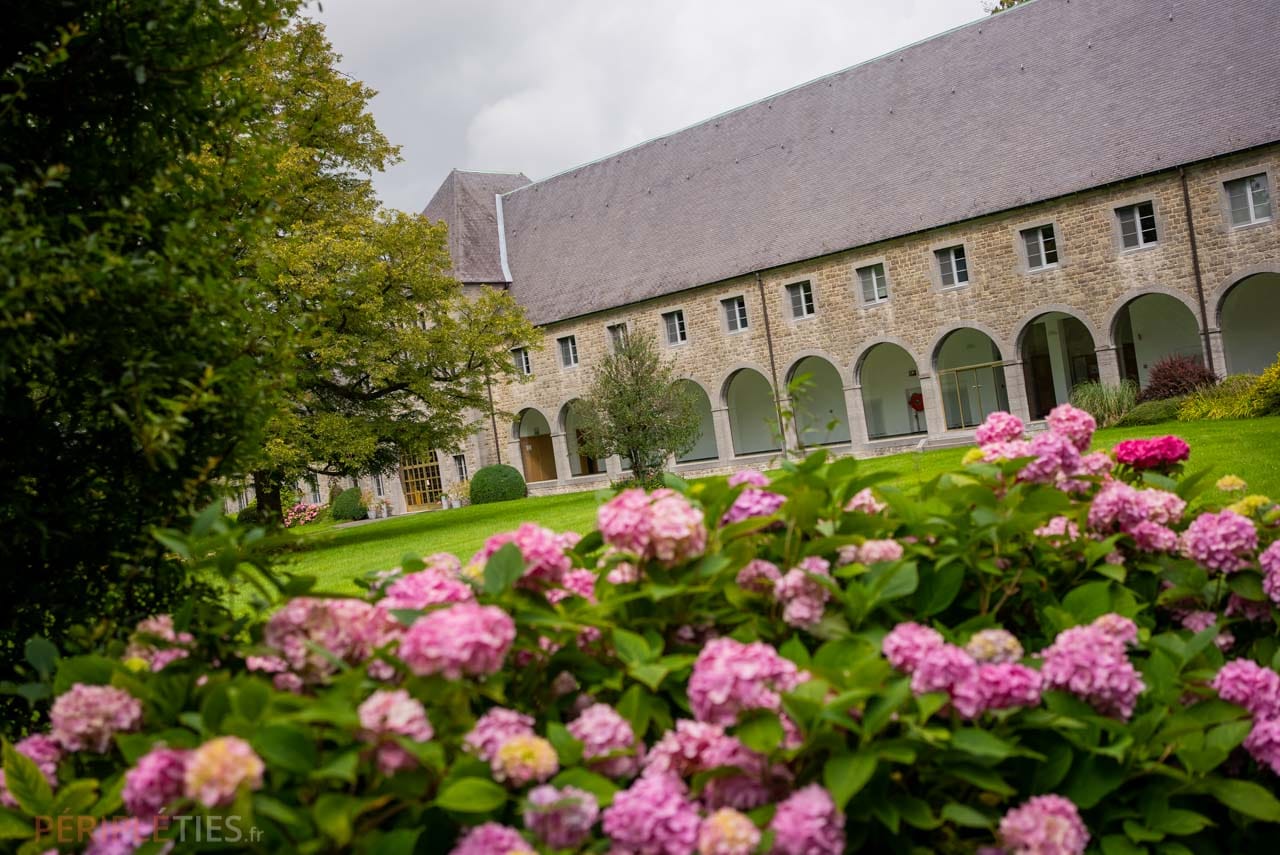
Nearby, the Espace Chimay houses a brasserie-restaurant as well as a shop entirely dedicated to Chimay. You can also walk from the Espace Chimay to the abbey via a forest path.
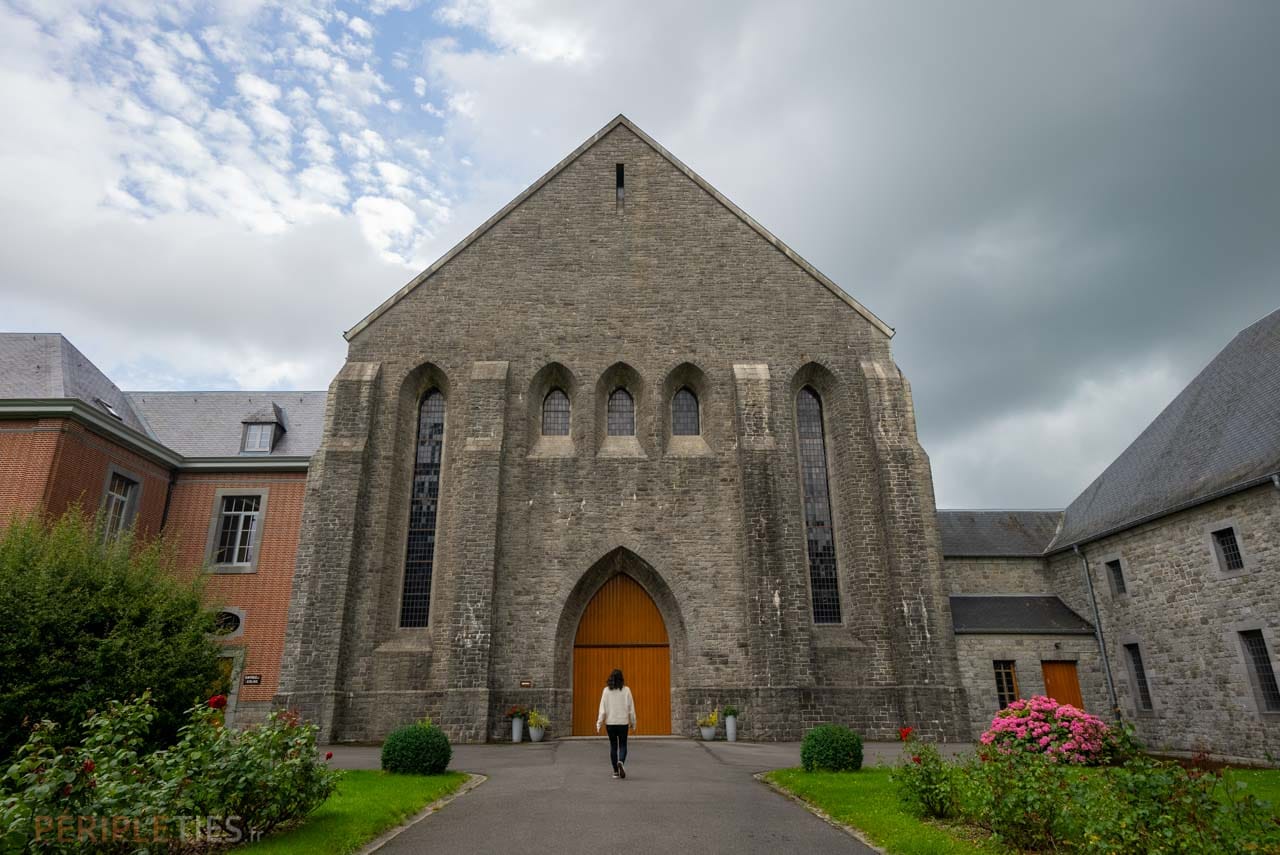
The museum also has a permanent exhibition where you can find out more about the history and production of Trappist beers and cheeses, as well as Chimay's philosophy, a blend of tradition and modernity!
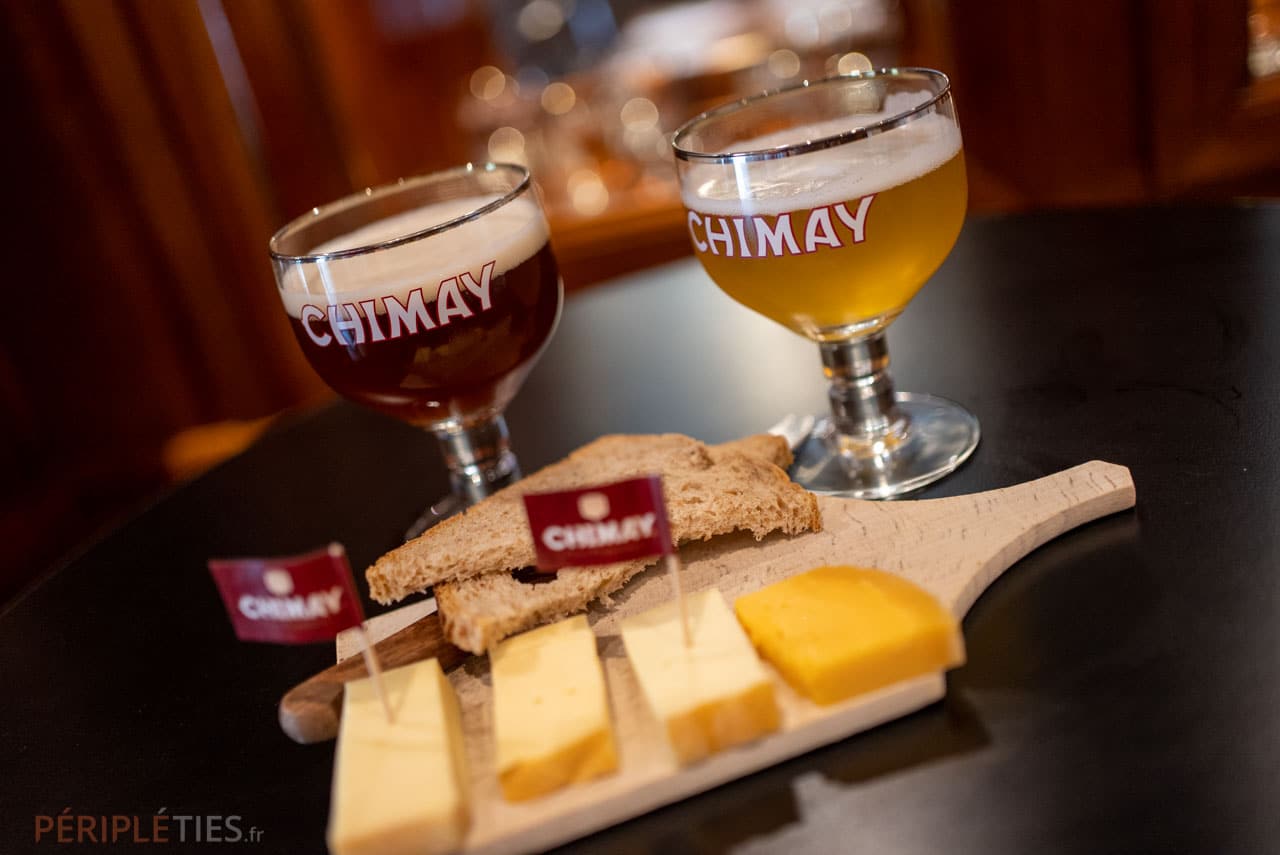
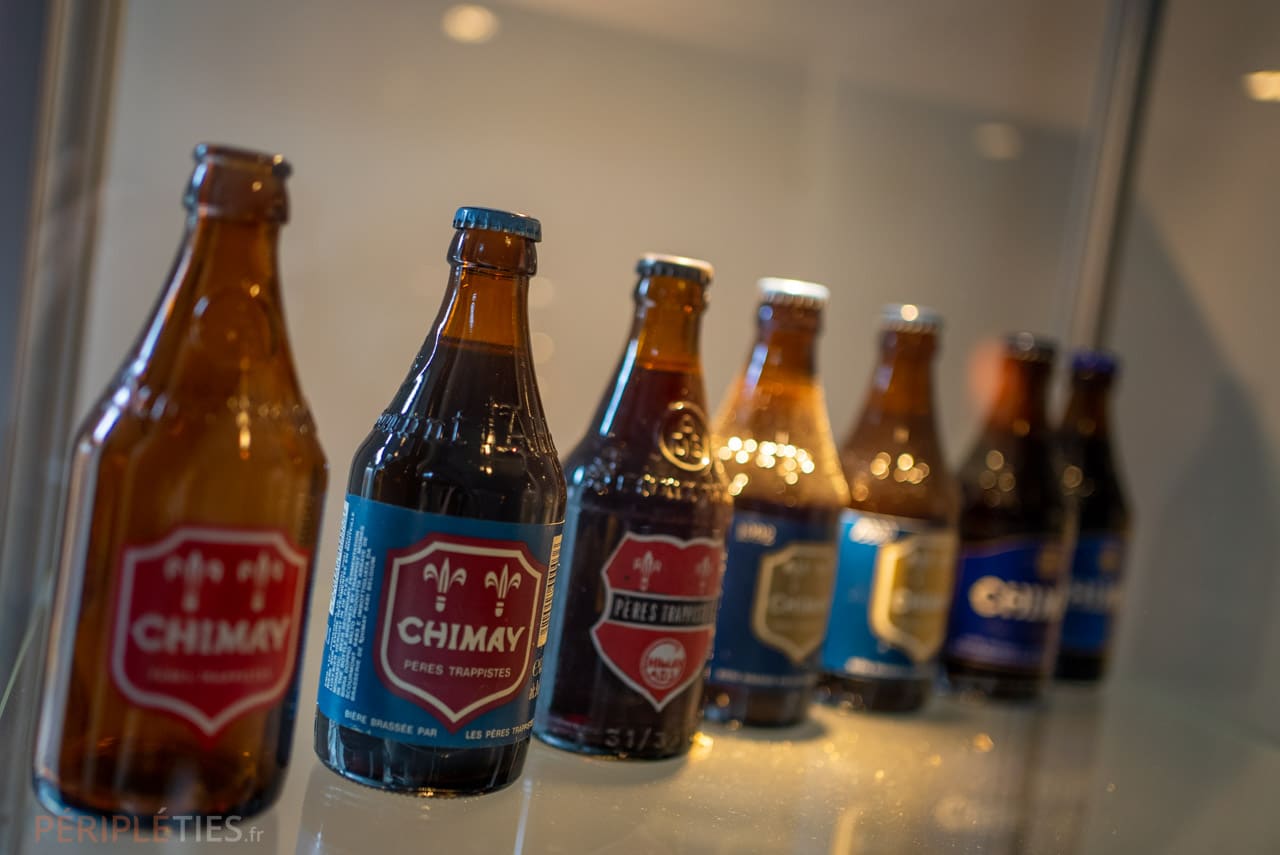
Chimay, one of Belgium's most famous beers
It's easy to wonder how the Trappist spirit can be combined with industrial logic, given that Chimay is one of Belgium's most famous beers, exported all over the world!
Well, Chimay's business model is unique (at least as far as we know). It is based on a charitable foundation that is both a shareholder and manager of industrial companies.
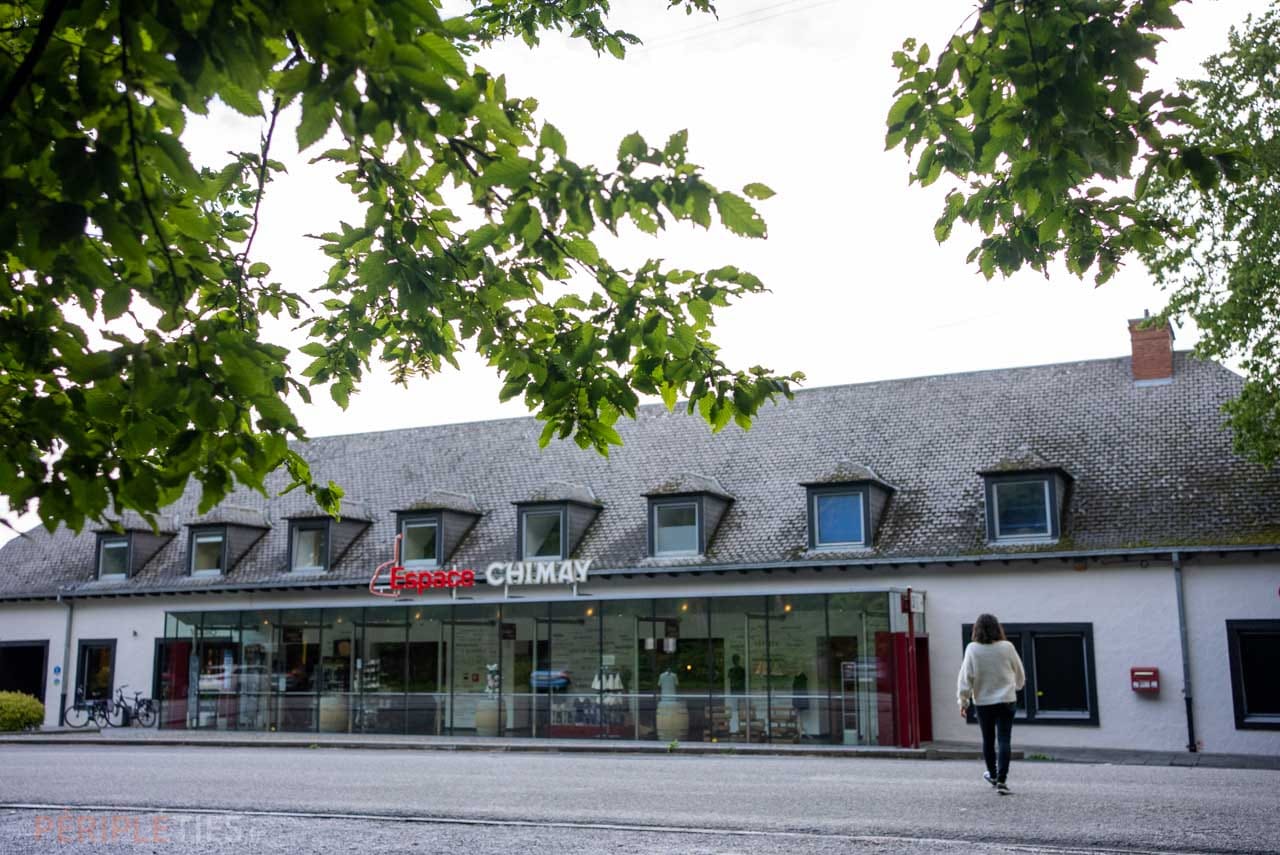
As a result, a third of the profits are reinvested in community and local development projects, or in philanthropic missions. And it's not just about communication or marketing, as this article in Les Echos attests.
Makes you want to have another Chimay!
Practical info: Auberge de Poteaupré, Espace Chimay, Rue Poteaupré 5, 6464 Bourlers.
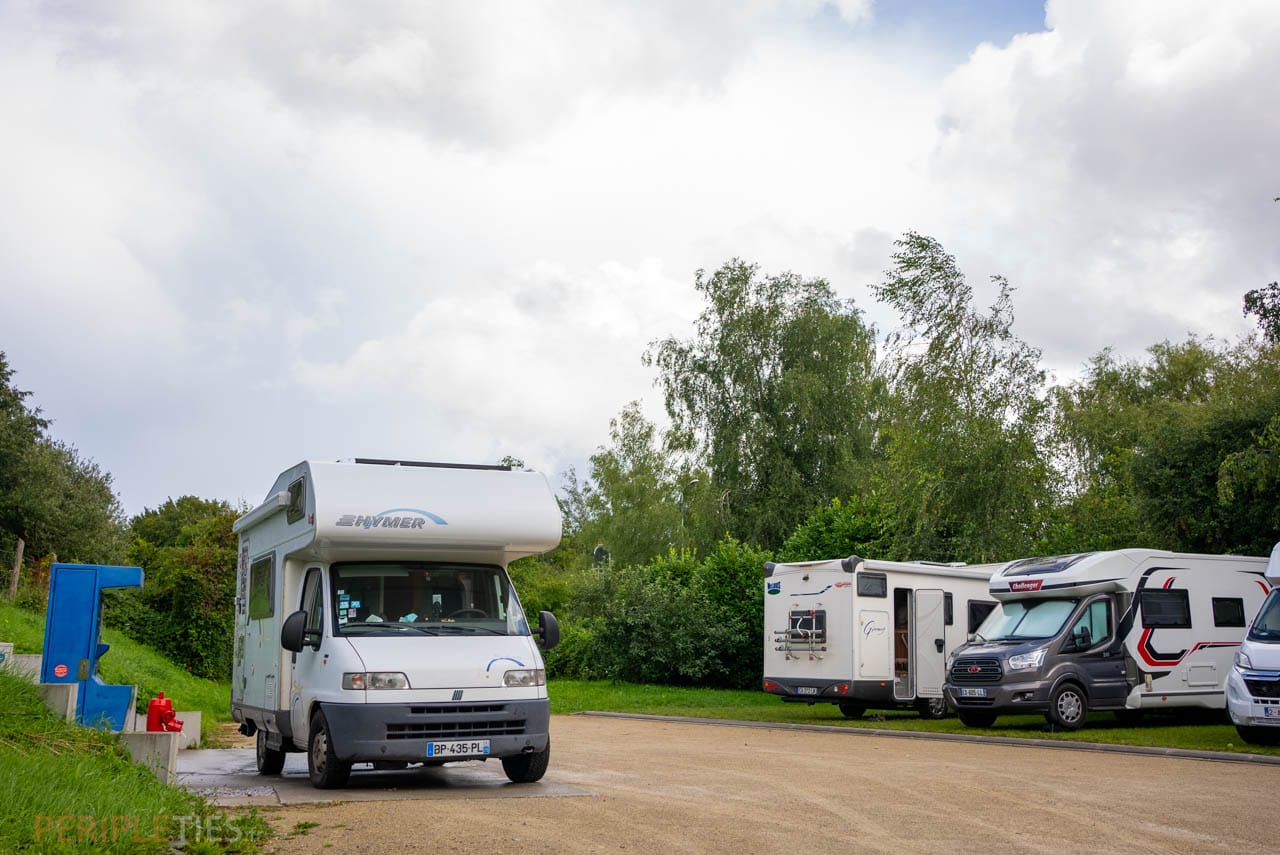
Service area and campsite in Chimay
Service and parking area, Chimay: 7 pitches, services, water, emptying of grey water and chemical WC 5 € / Price with parking and electricity 10 €.
Camping communal de Chimay, All. du Prince, 6460 Chimay, tel +3260511257
Things to do in the area: Aquascope de Virelle
This is a pleasant walk through the wetlands, combining awareness-raising with the discovery of migratory bird species from 3 watchtowers. The Virelle Aquascope is a WWF-labelled protection and migration site.
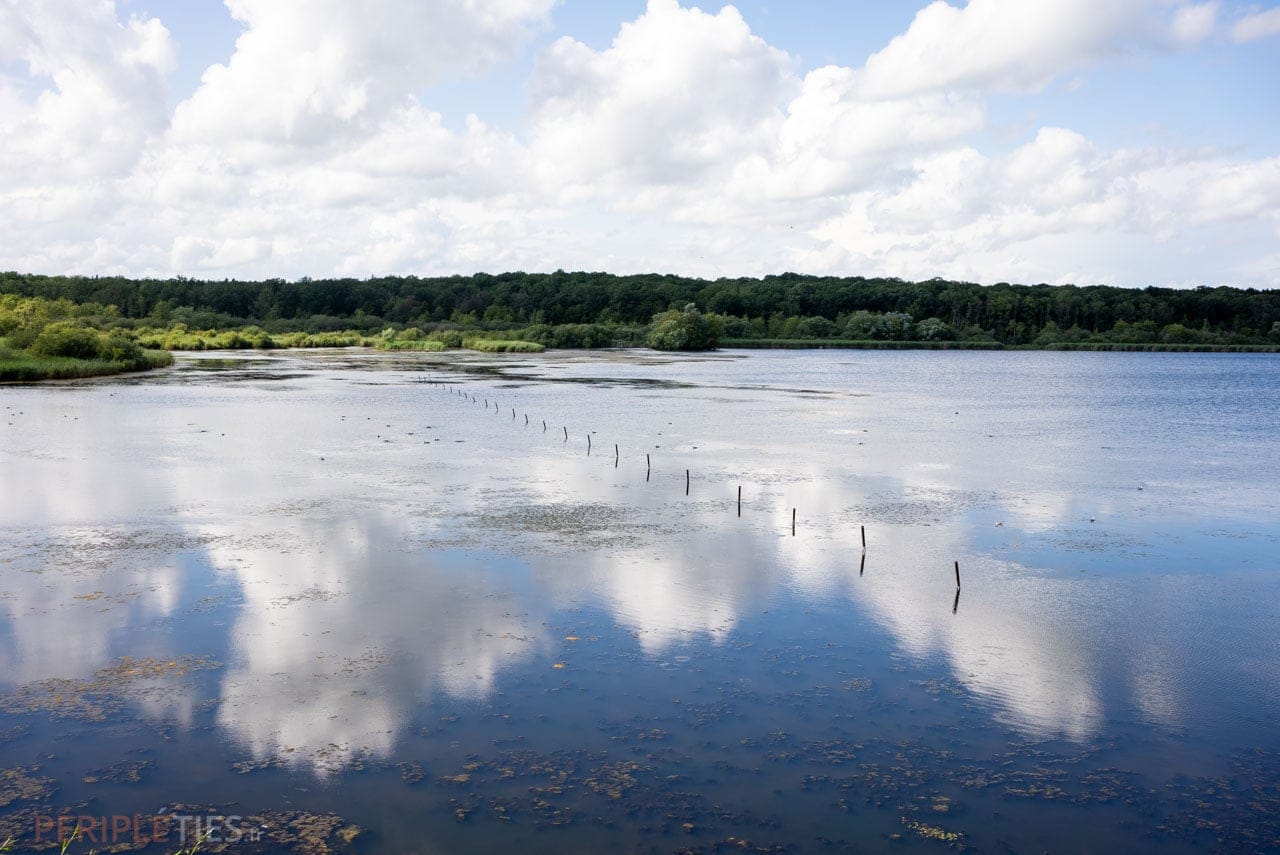
Admission is a little expensive, but this is a subjective view. In fact, in France, natural areas and nature and environmental protection and awareness centres are almost exclusively funded by public policy.
This may not always be the case in Belgium... ?
Visit the Aquascope de Virelle: 42 rue du lac, 6461 Virelles. Opening times and days: 10am to 5pm. Aquascope entrance fee: €6
Stopover at the Eau d'Heure lakes
With 70 km of shoreline and 600 ha of water, the Eau d'Heure lakes are the largest lake complex in Belgium. Around the 5 (dam) lakes you'll find outdoor and leisure activities to suit all tastes.
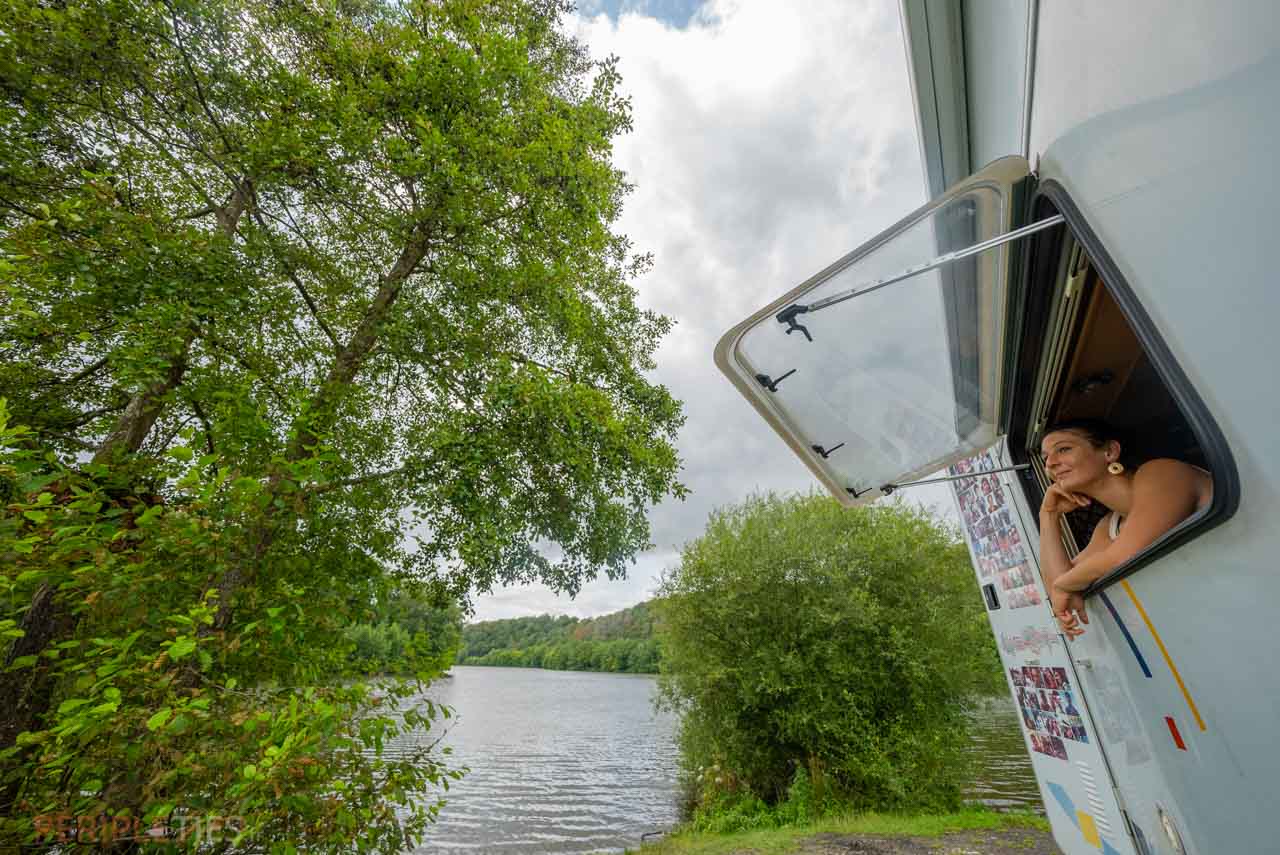
Relaxation, outdoor activities, bike-parks, tree climbing, swimming pools, spas, swimming, visits to the dam... It's a great place to stop off, either at a campsite or for a short bivouac, even if there isn't much access to the water's edge.
Areas and campsites around the Eau d'Heure lakes
Camping Les Roches - Syndicat d'Initiative de Cerfontaine, Rue des Roches 29, 5630 Cerfontaine.
AirePark Motorhome de Cerfontaine ‘Les roches’. 10.00 € per night with services.
Hainaut, Belgium's least touristy province?
Our next stop is the province of Hainaut, not strictly speaking a tourist region. Much less hilly, this province is also often more urbanised, with the exception of the banks of the Sambre, around Thuin.
It also has a strong industrial heritage, epitomised by the Charleroi and Mons areas, with their exceptional tangible and intangible heritage (belfries, museums, carnivals and festivities).
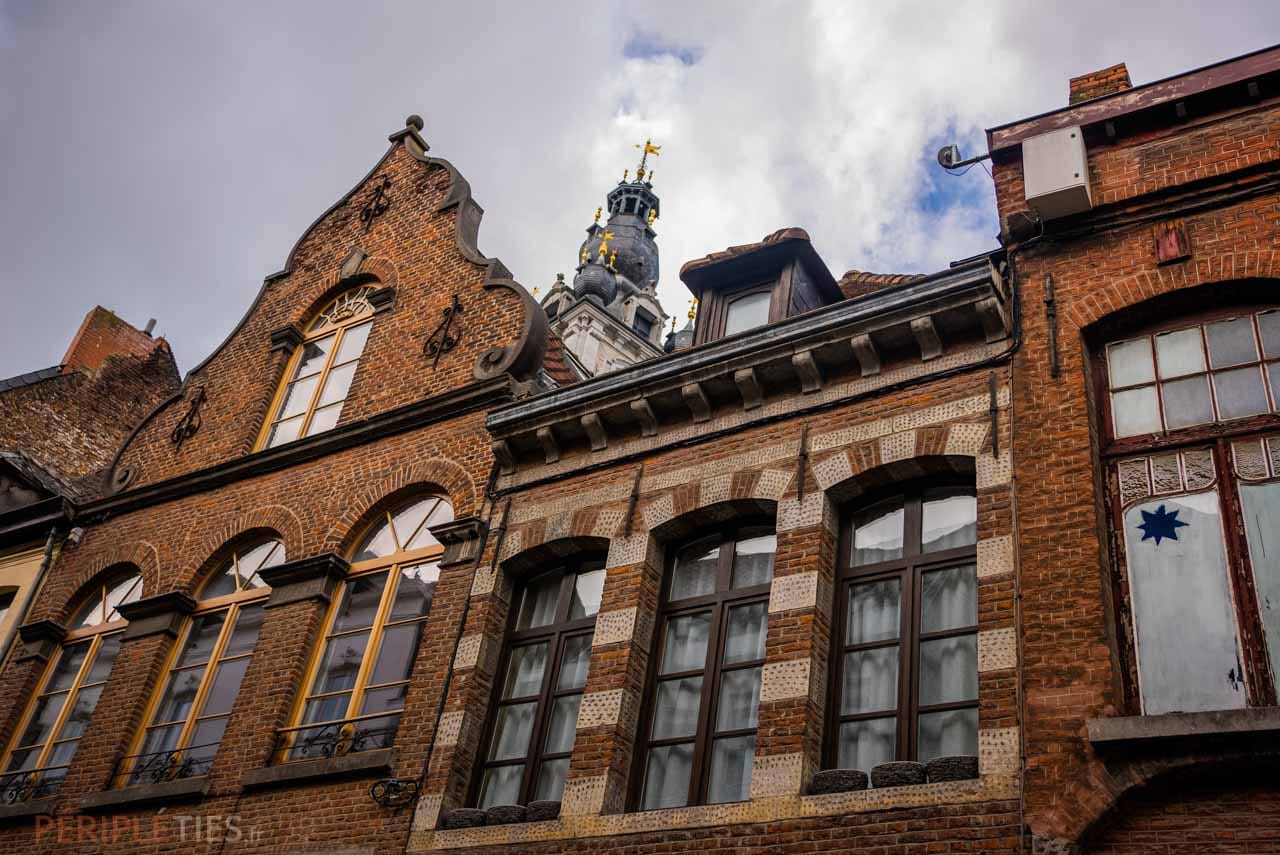
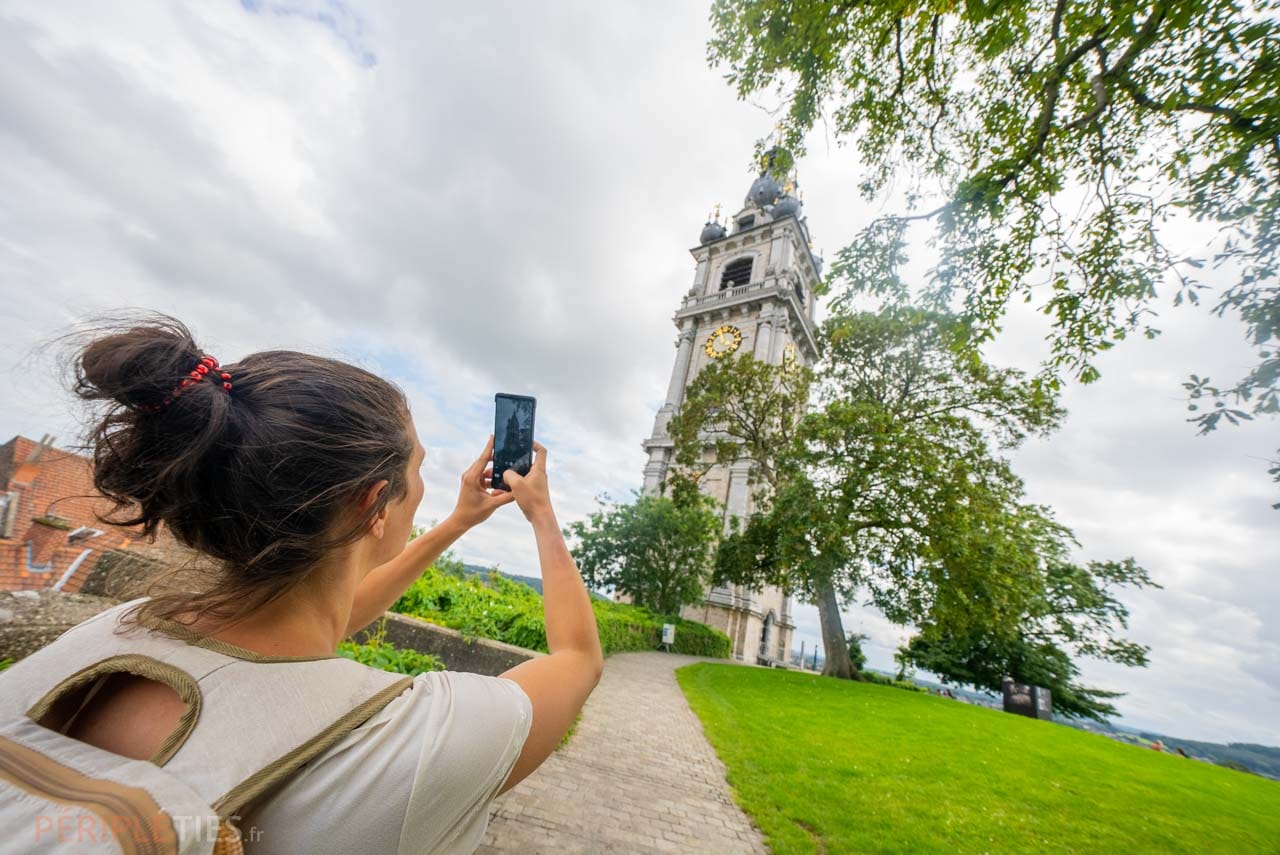
Fewer motorhome service areas
The downside is that there are far fewer service areas and campsites (although the network in Belgium is growing every year), except near the Canal du Centre, near La Louvière. But isn't the whole point of motorhoming to venture into the most unexpected corners?
In Hainaut, on the other hand, you'll enjoy immersing yourself in a part of industrial history and discovering nuggets that not many people know about, and which are truly off the beaten track!
All you need to do is think ahead about filling up your car with water and changing its oil.
Aulne Abbey, our favourite!
The back roads will take you to Thy-le-Château, where an imposing fortress stands in the middle of the village. A few kilometres further on, the château at Ham-sur-Heure, converted into a building for the town's public services, is also well worth a visit.
But it's above all the desolate ruins of Aulne Abbey, in the middle of the countryside, that are one of our Belgian favourites. For a change, you can sample the local beer, which was recently repatriated to the abbey grounds.
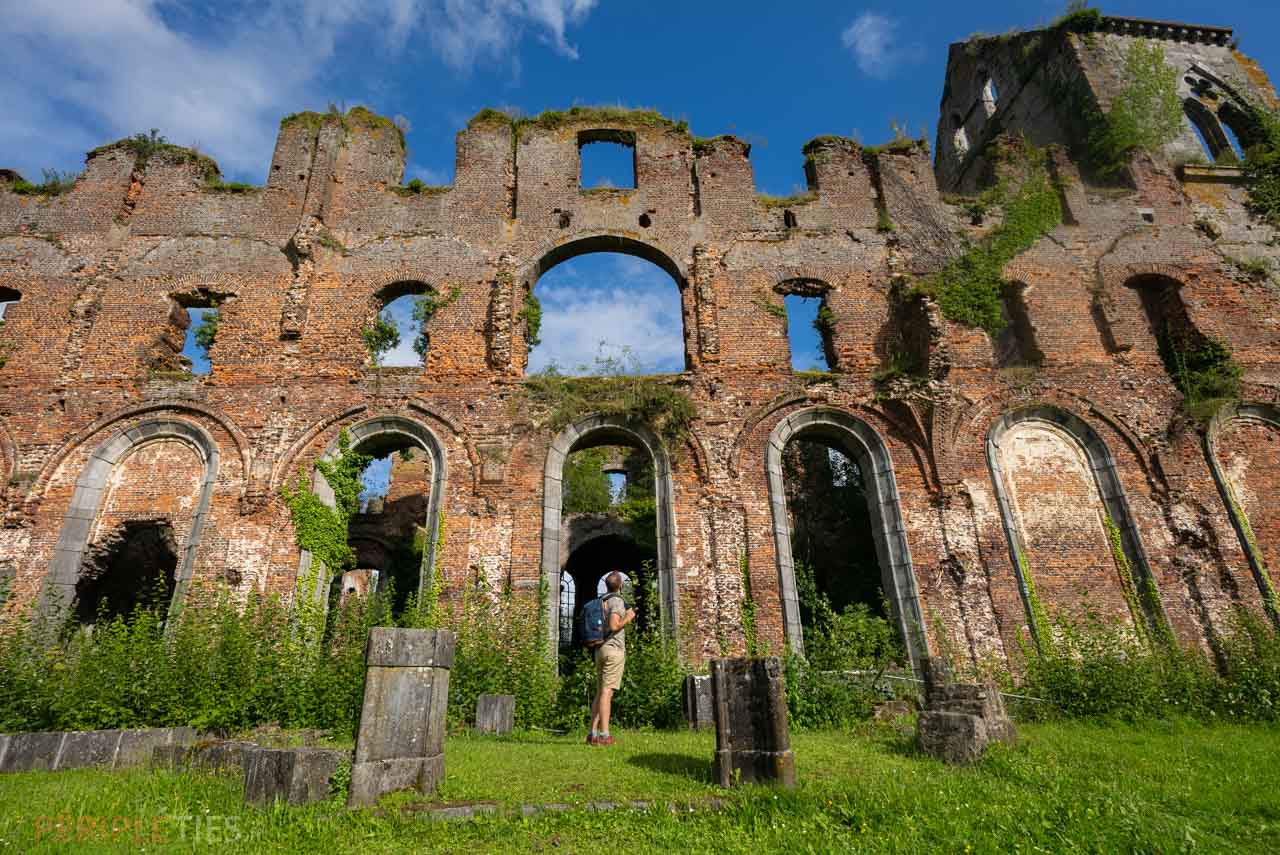
Cycle along the banks of the Sambre!
Aulne Abbey is located very close to the banks of the Sambre, which is a very bucolic place to discover. The Ravel, a Belgian cycle route, passes right by.
It's an ideal opportunity to combine motorhome and bicycle travel, especially as Thuin (8km) is easily reached via this cycle path.
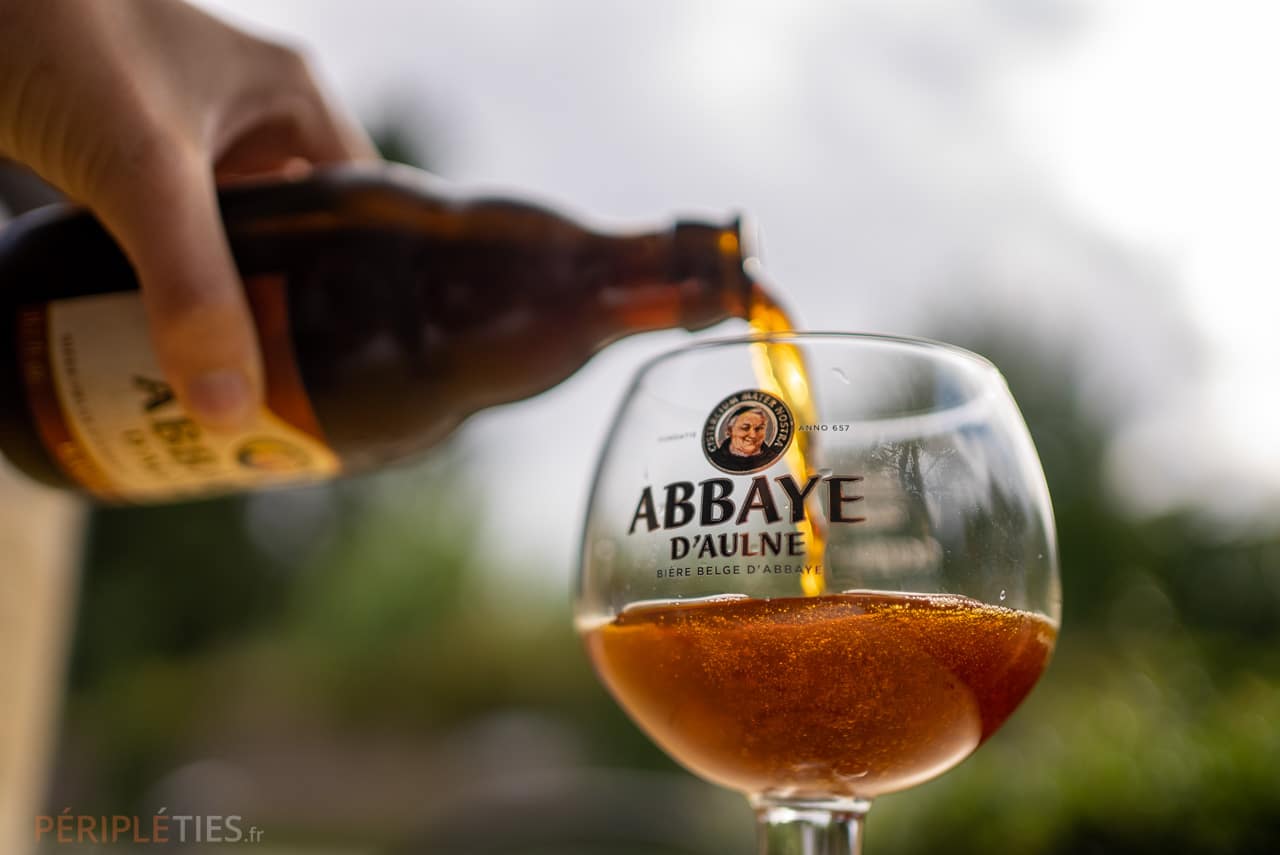
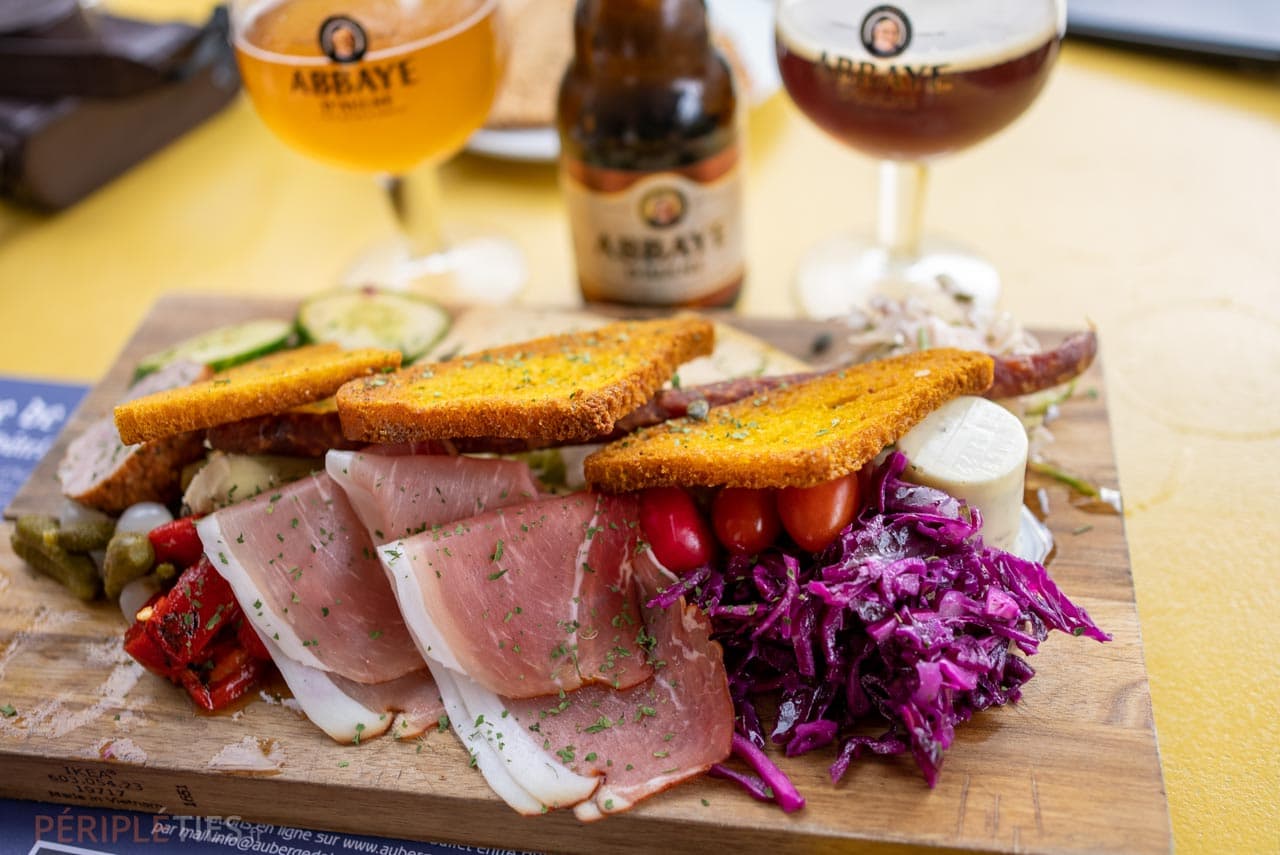
Where can you park your vehicle in Belgium's major cities?
When motorhoming, the cultural and historical richness of major cities often comes face to face with a more down-to-earth reality. Where should you park your vehicle? To find space, to avoid tiring traffic or to park safely.
In Belgium, this is something we had already spotted in Liège and then Brussels: there are few parking facilities for motorhomes in the major conurbations. There are some off-centre car parks, but it's hard to find the most secure ones, as there aren't (yet?) always parking areas or campsites nearby. So if you want to visit the big cities, you'll have to make do!
Destination Charleroi, ‘the black country’.
In Mons, we found a car park not far from the university to park our motorhome. The question arose for Charleroi and its surrounding area, nicknamed ‘the Black Country’ because of its strong industrial past and its many blast furnaces.
I have to be honest with you... many would tell you to move on.
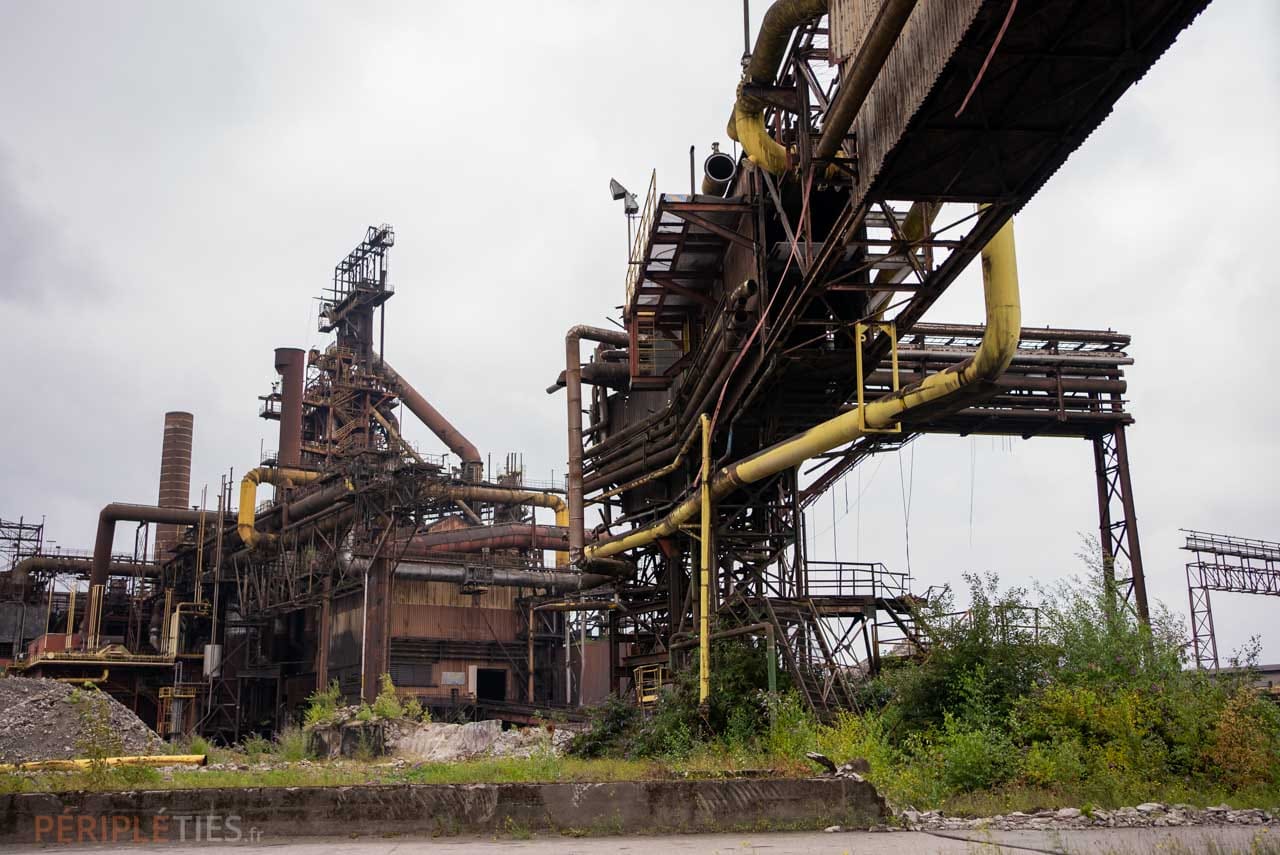
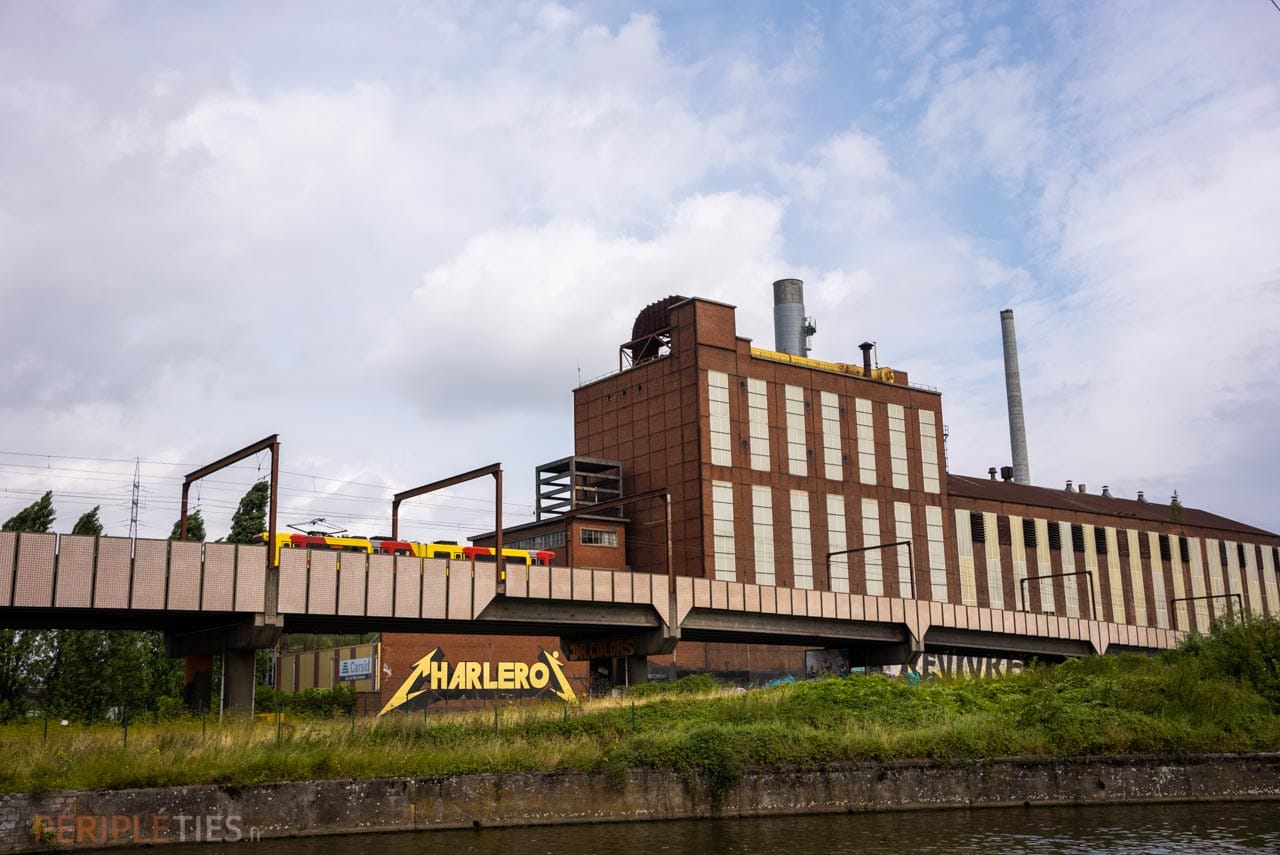
It's true that Charleroi isn't exactly a tourist destination. The city and its surroundings are not very good places to park your car, especially as Charleroi is often portrayed in terms of the precariousness of a large proportion of its inhabitants and certain areas that are, shall we say, ‘shabby’.
It's true. But we had the feeling that if we missed out on Belgium's second largest conurbation in Wallonia, our discovery of Belgium would be missing something.
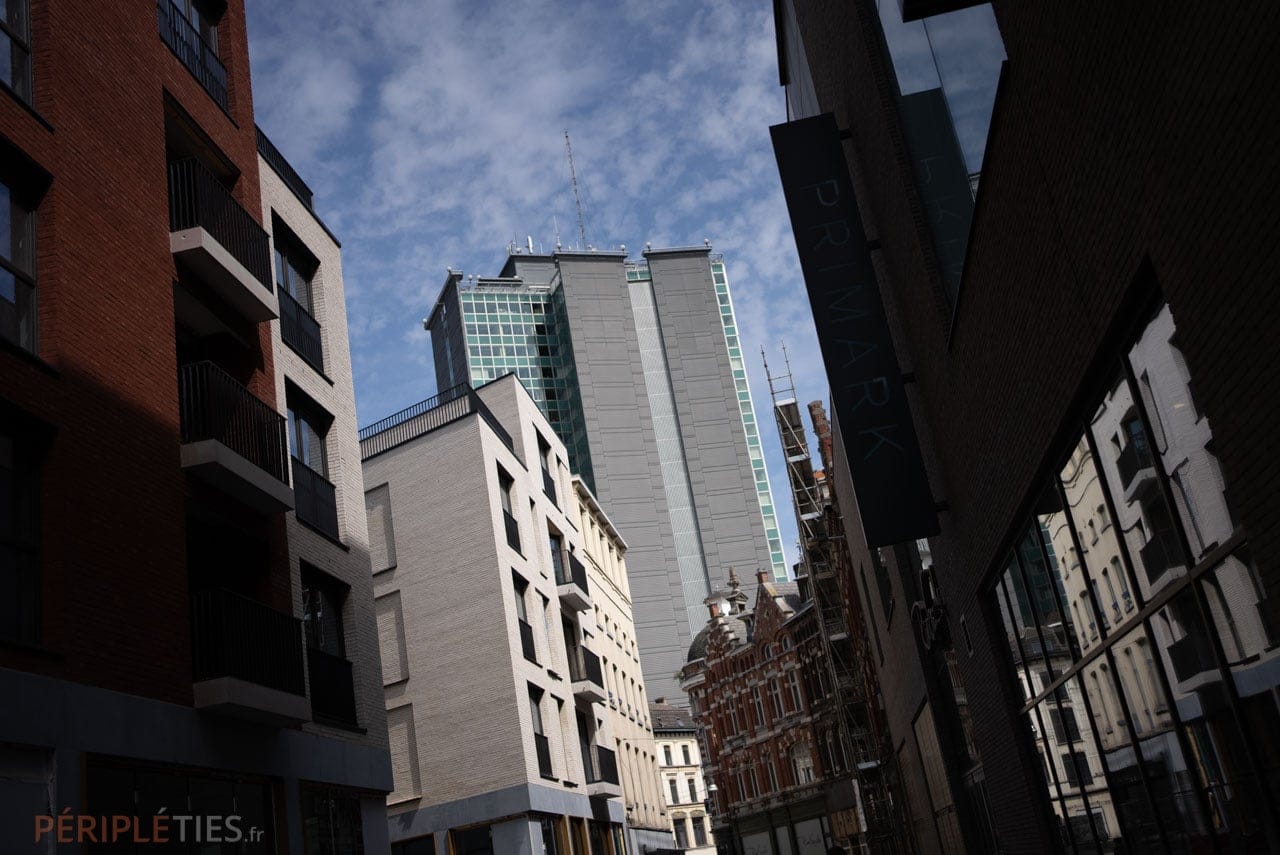
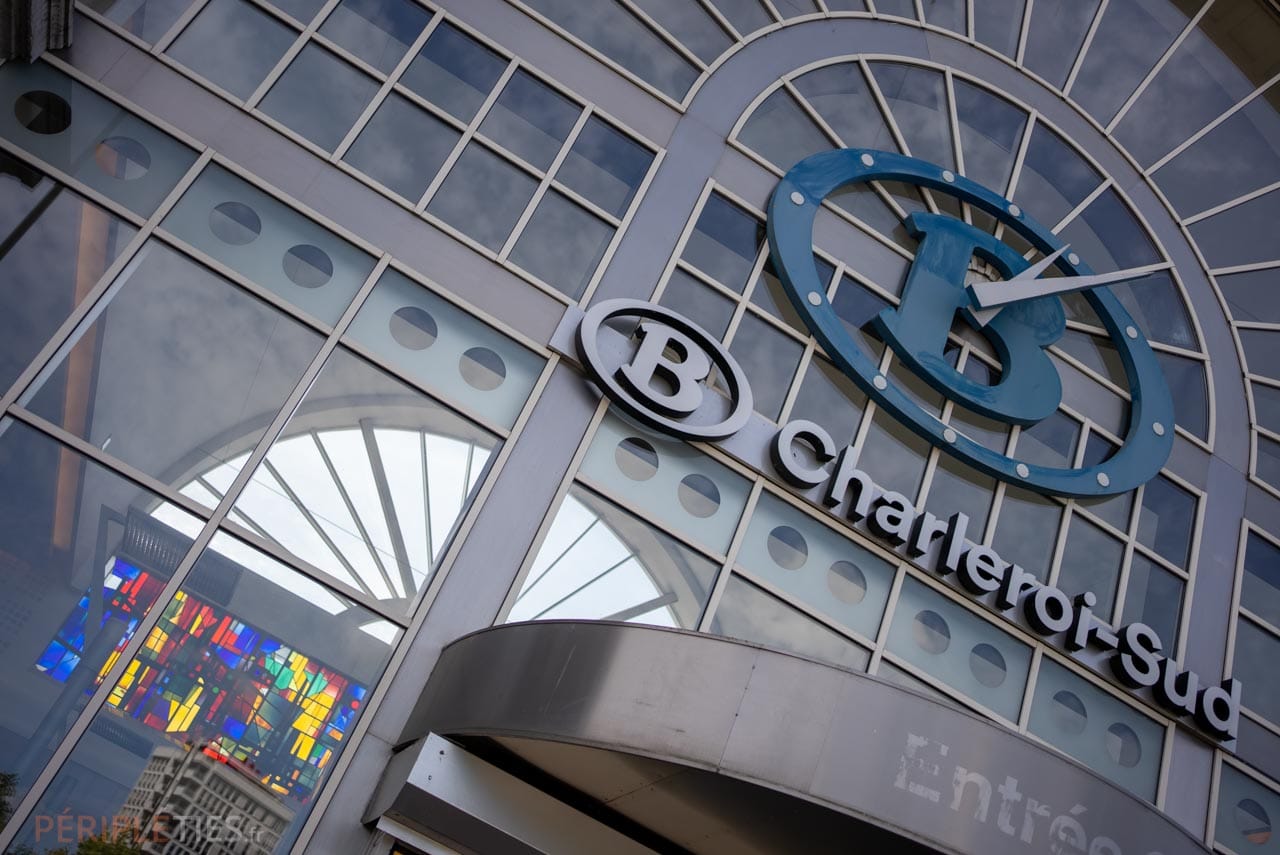
A break at the Pont-à-Celle campsite
We opted for a break at the Pont-à-Celle campsite, ideally situated on the banks of the canal and a ten-minute walk from Luttre station. Here, regular trains run to Charleroi (20 minutes) for 2 euros (at weekends).
The lower town, which is currently being renovated, has a new look that does not betray Charleroi's past. In the upper town, BPS22, a former glass and iron industrial building, has been converted into an exhibition space dedicated to contemporary art.
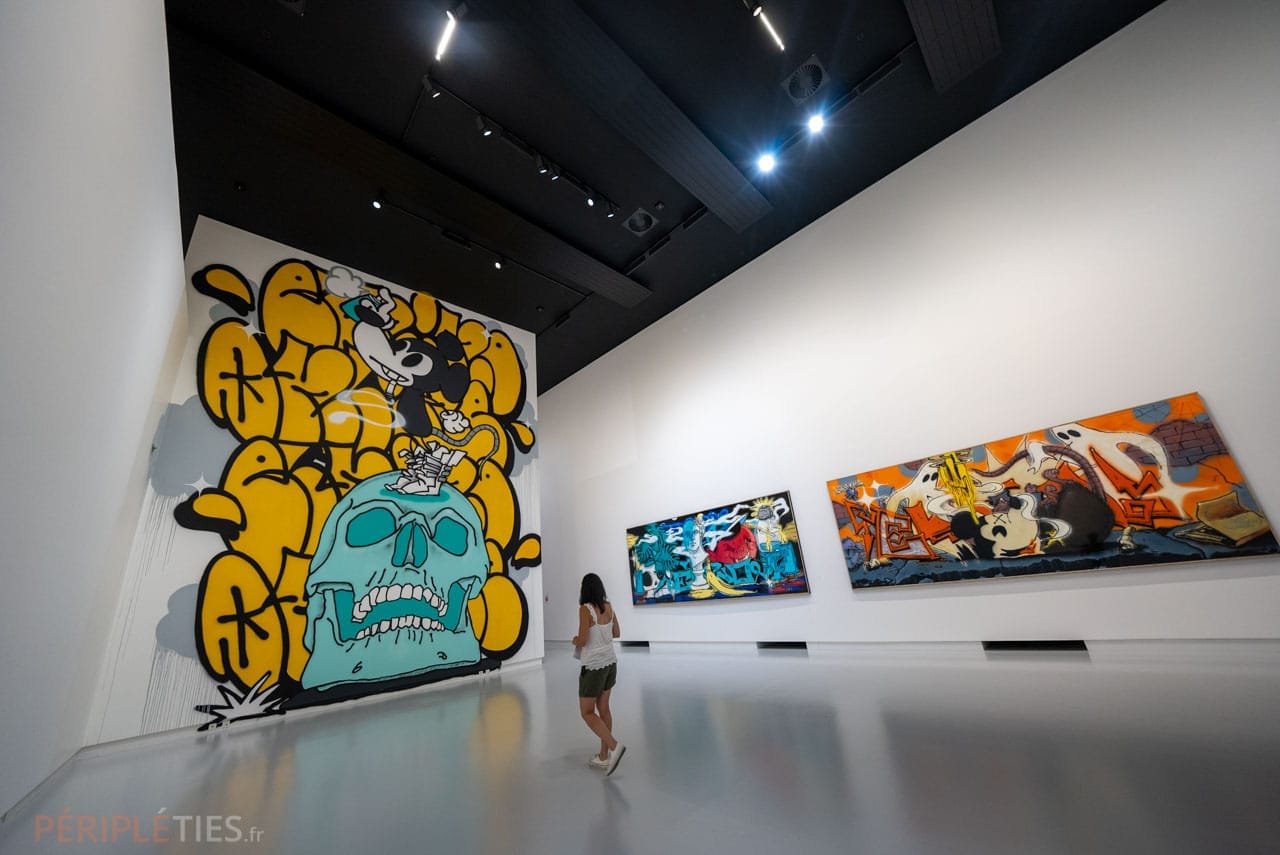
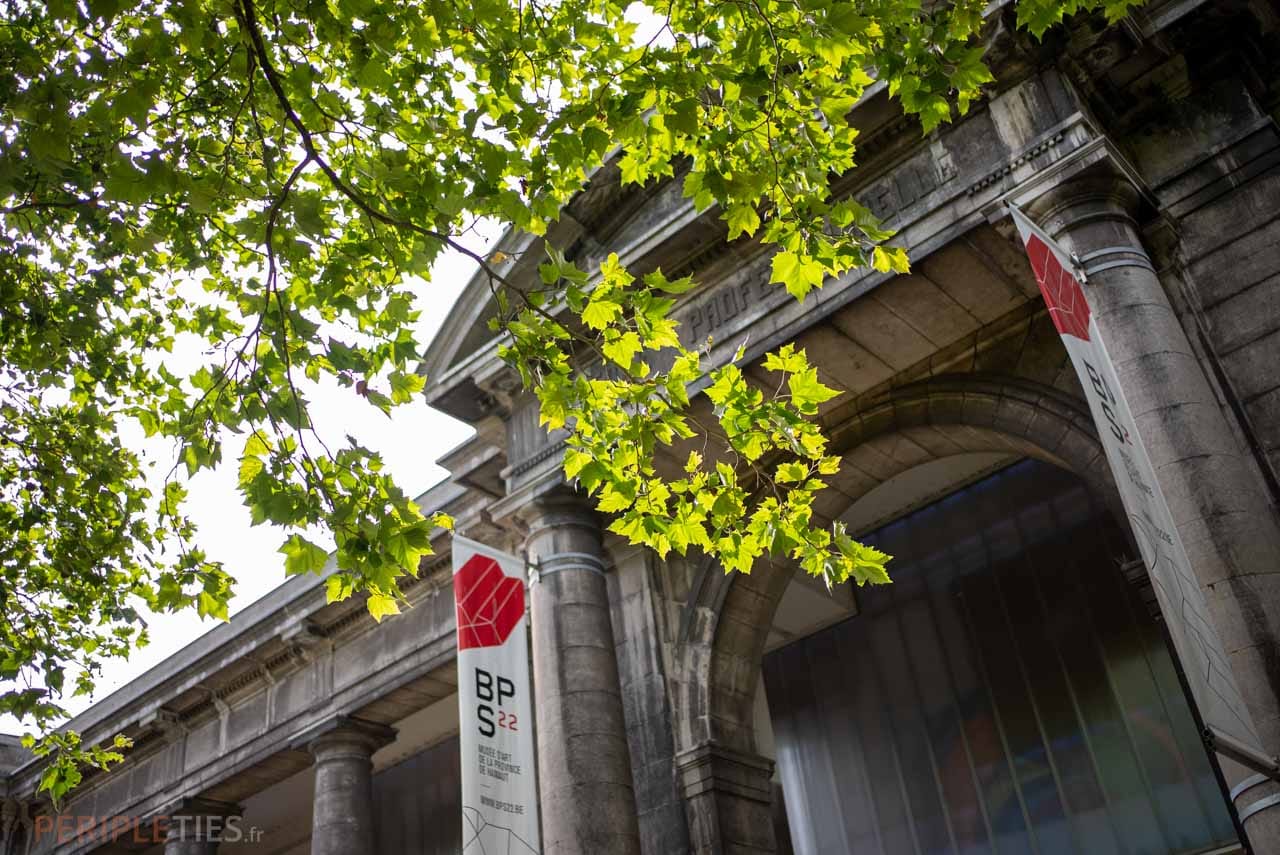
Street art and the photo museum
This is also an opportunity to walk the urban trail and discover the works of hundreds of graffiti artists, in the midst of derelict or still-active industrial sites, slag heaps and along the main road linking Marcienne-au-Pont to Charleroi.
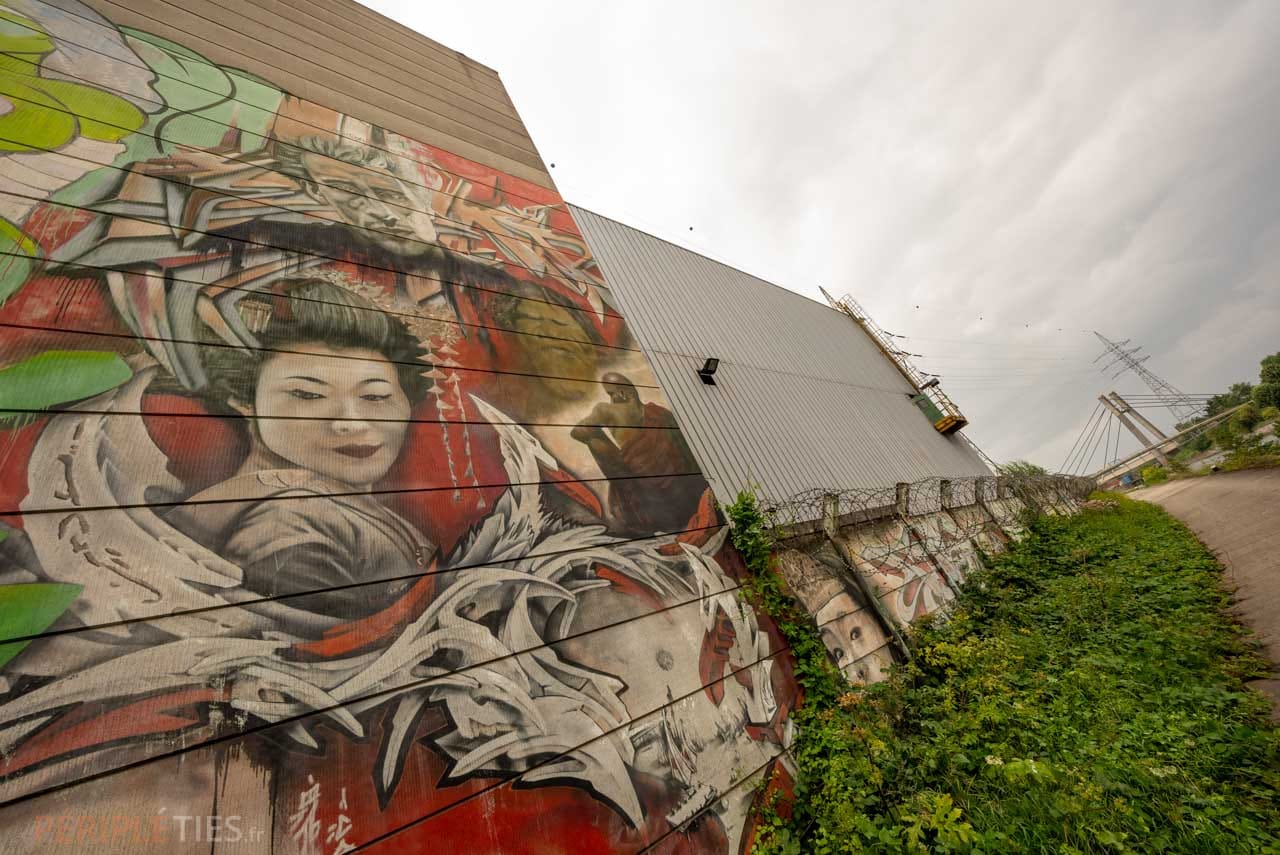
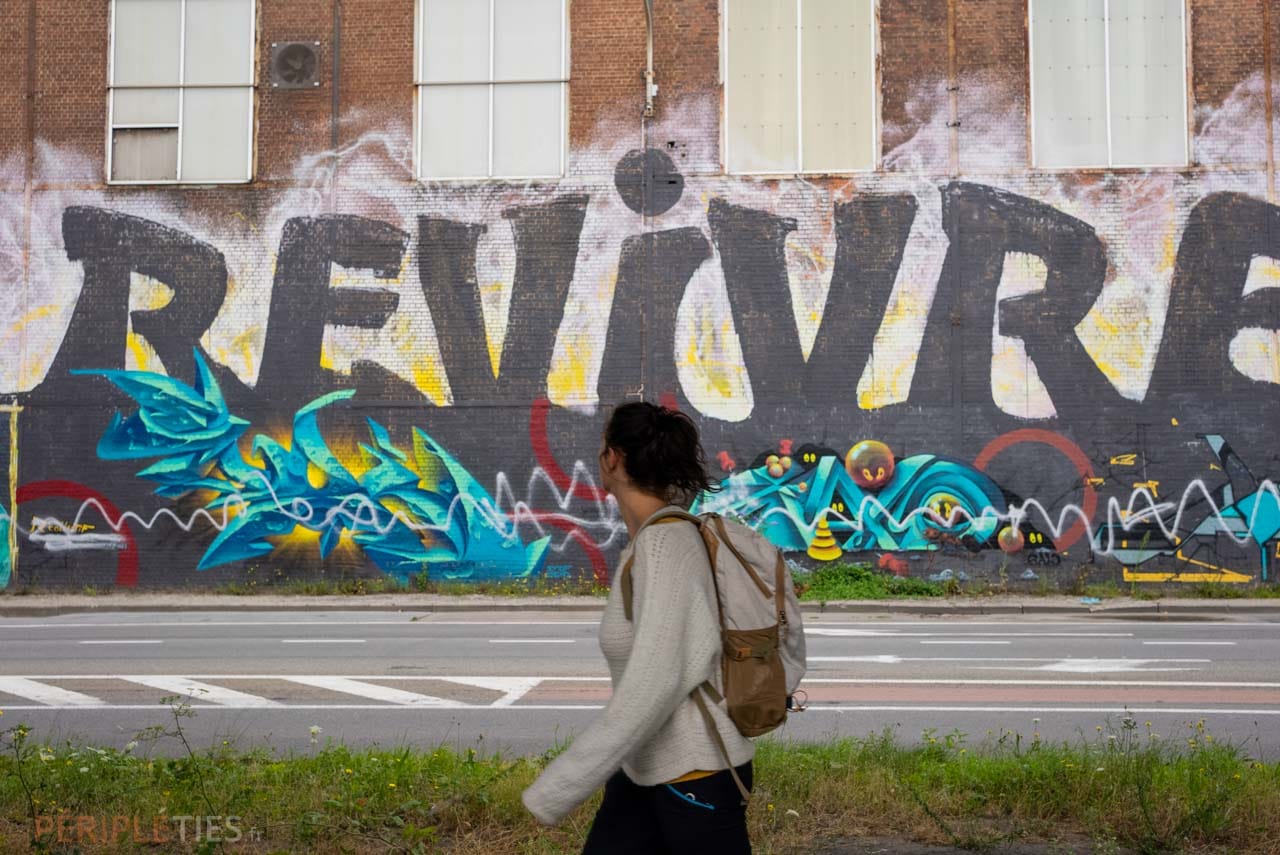
You can visit the Museum of Photography, with works by the greatest photographers of yesterday and today, and contemporary photojournalistic reports...
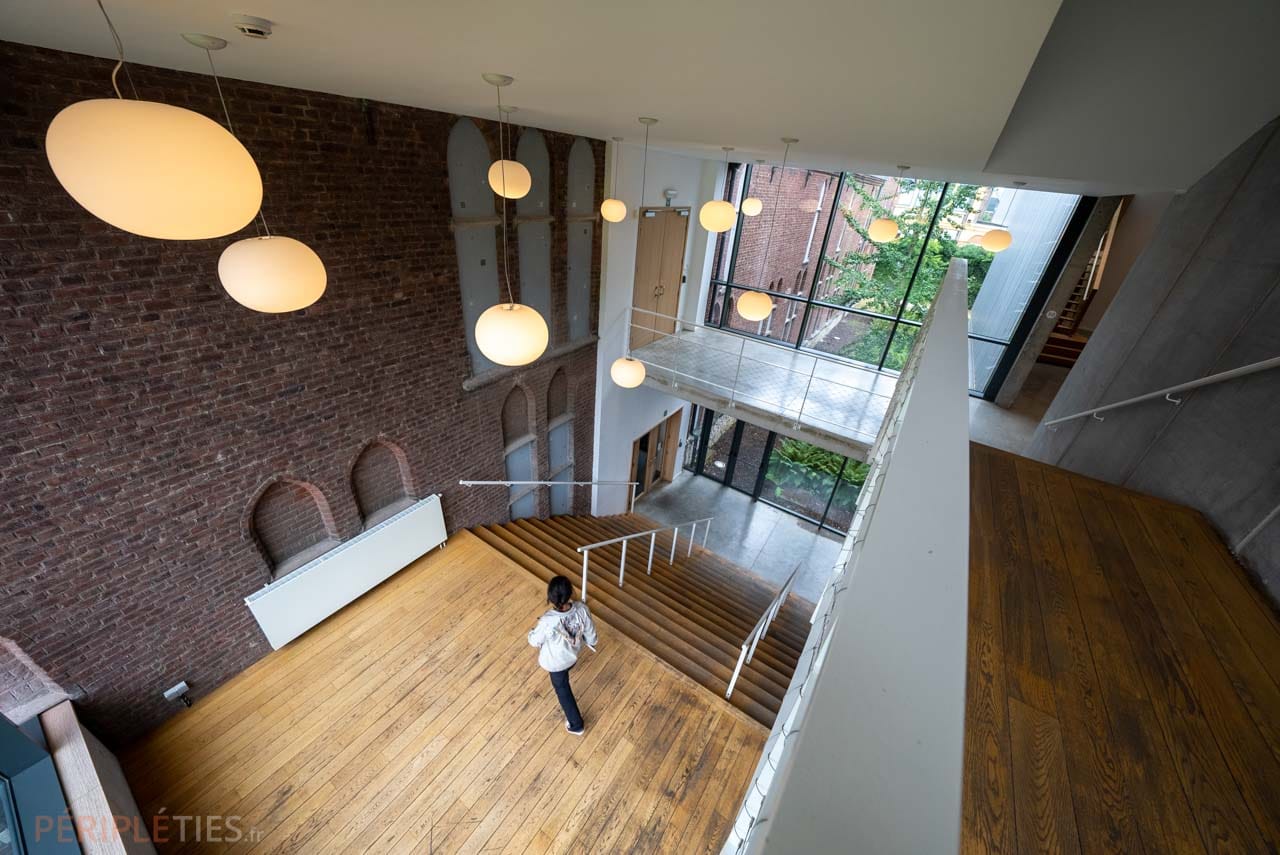
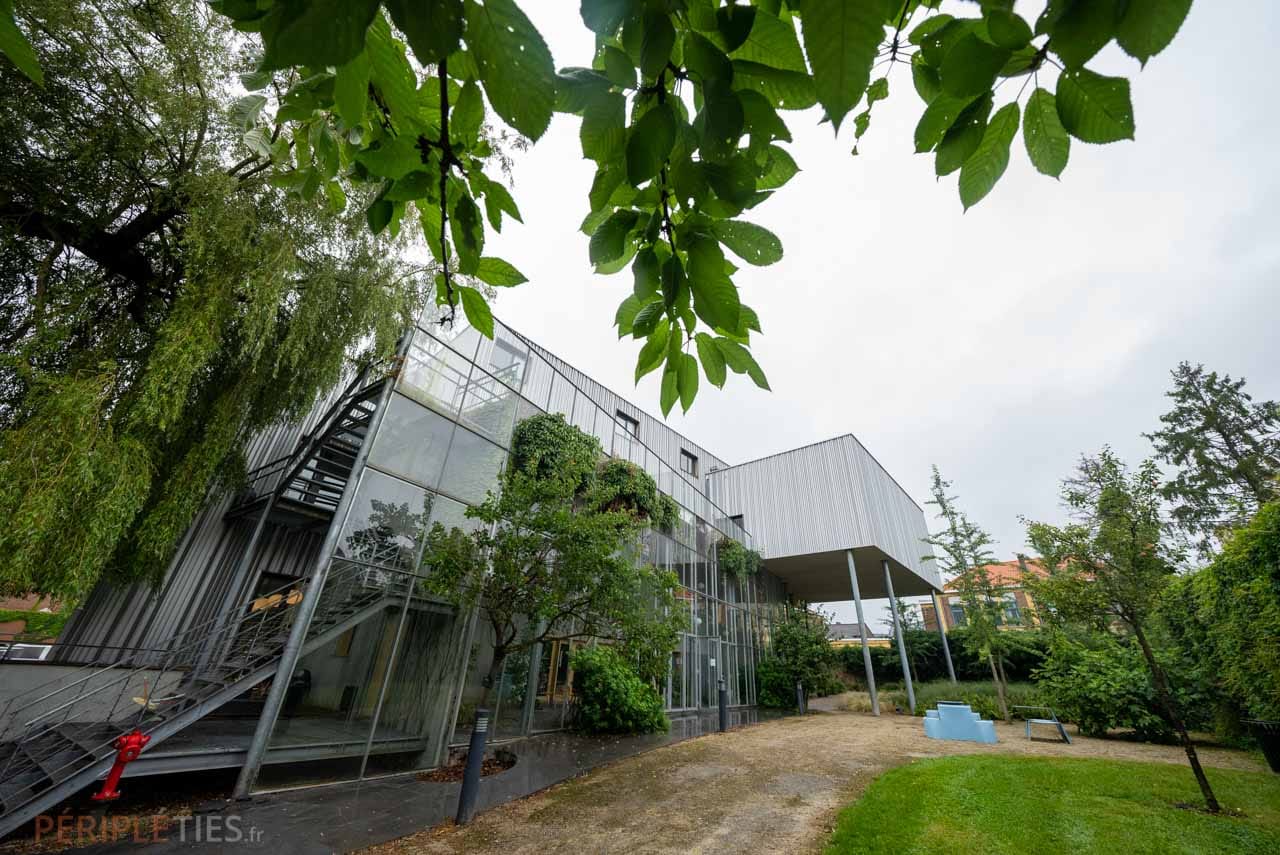
Grand Hornu site and museum
If you don't feel like going to the cities, we recommend heading straight to the Grand Hornu site a few kilometres from Mons.
This is an easily accessible site for camper van drivers, but it's also a great way to immerse yourself in the industrial history of this part of Belgium.
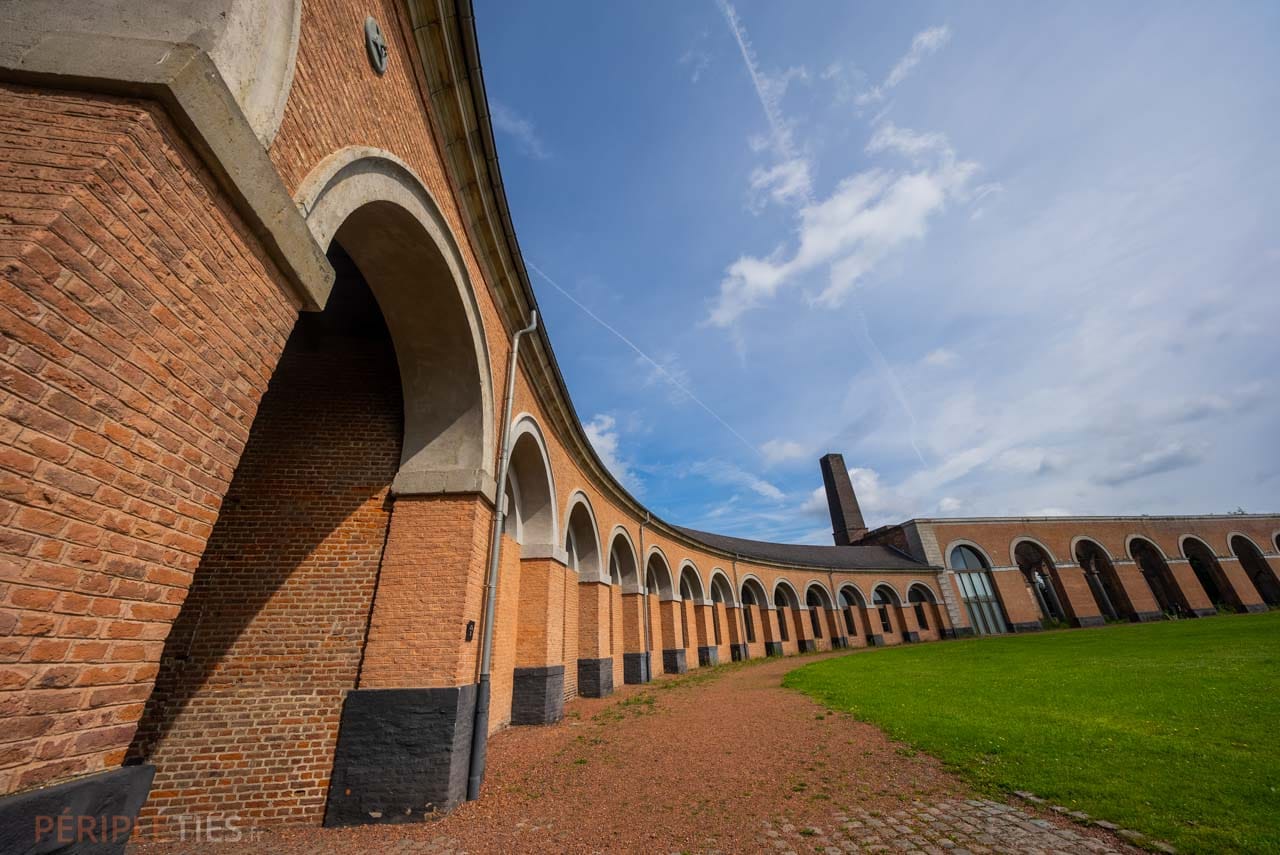
Le Grand Hornu was once intended to be a model town that was both productive and paternalistic, providing work, housing, leisure and education all in one place for miners and their families. In spirit, the site is reminiscent of the Salines Royales d'Arc-et-Senans in the Doubs valley, which we have already visited by motorhome.
The corons, the workers' dwellings located around the colliery site, are still there, and the nearby slag heaps are a reminder of the site's function. The site itself closed down in 1954, leaving the infrastructure derelict.
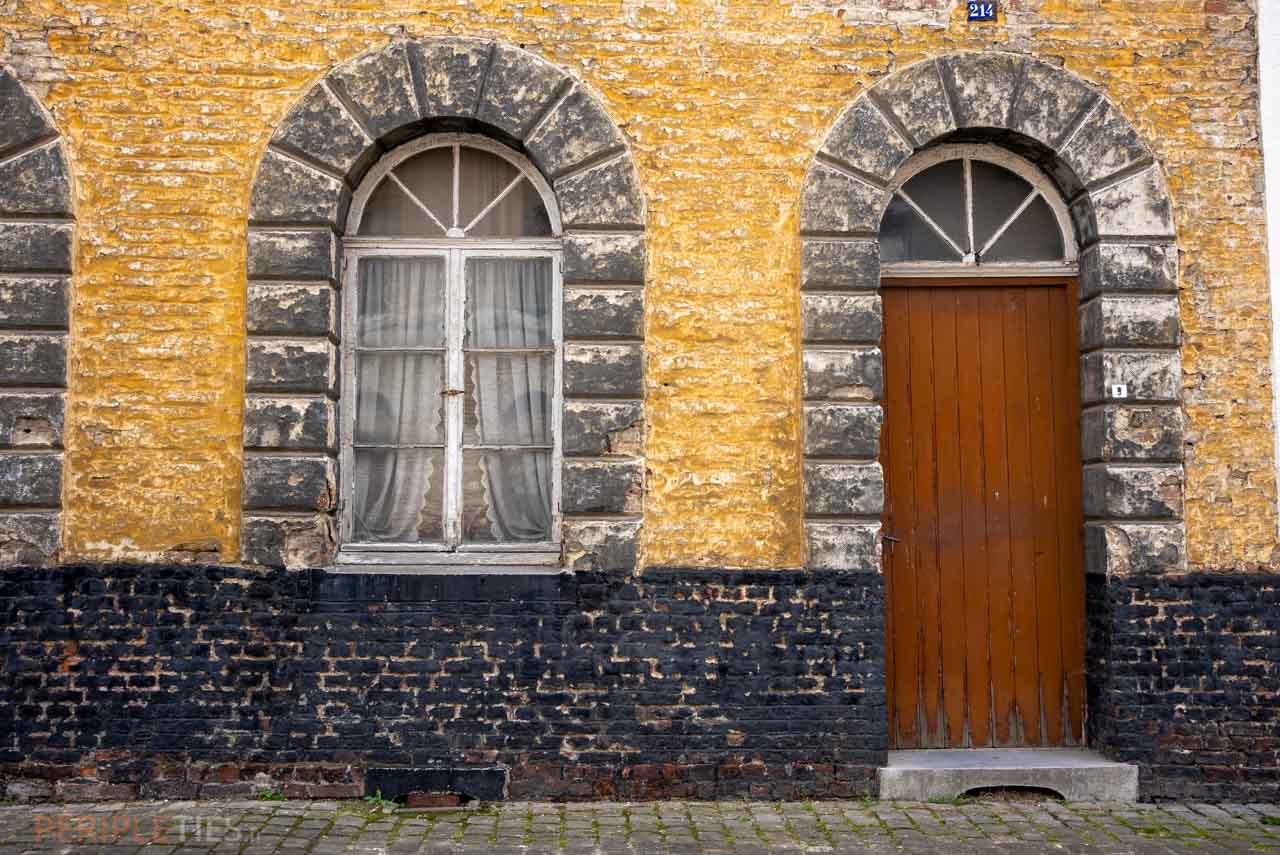
Unesco and contemporary art centre
Listed as a UNESCO World Heritage Site, the site was converted in the 2000s into a Centre for Contemporary Art (MACS) and Design (SIID). This conversion saved it from destruction, and art and architecture now seem to be one and the same.
We can only rejoice that art is helping to preserve the memory of the region's history!
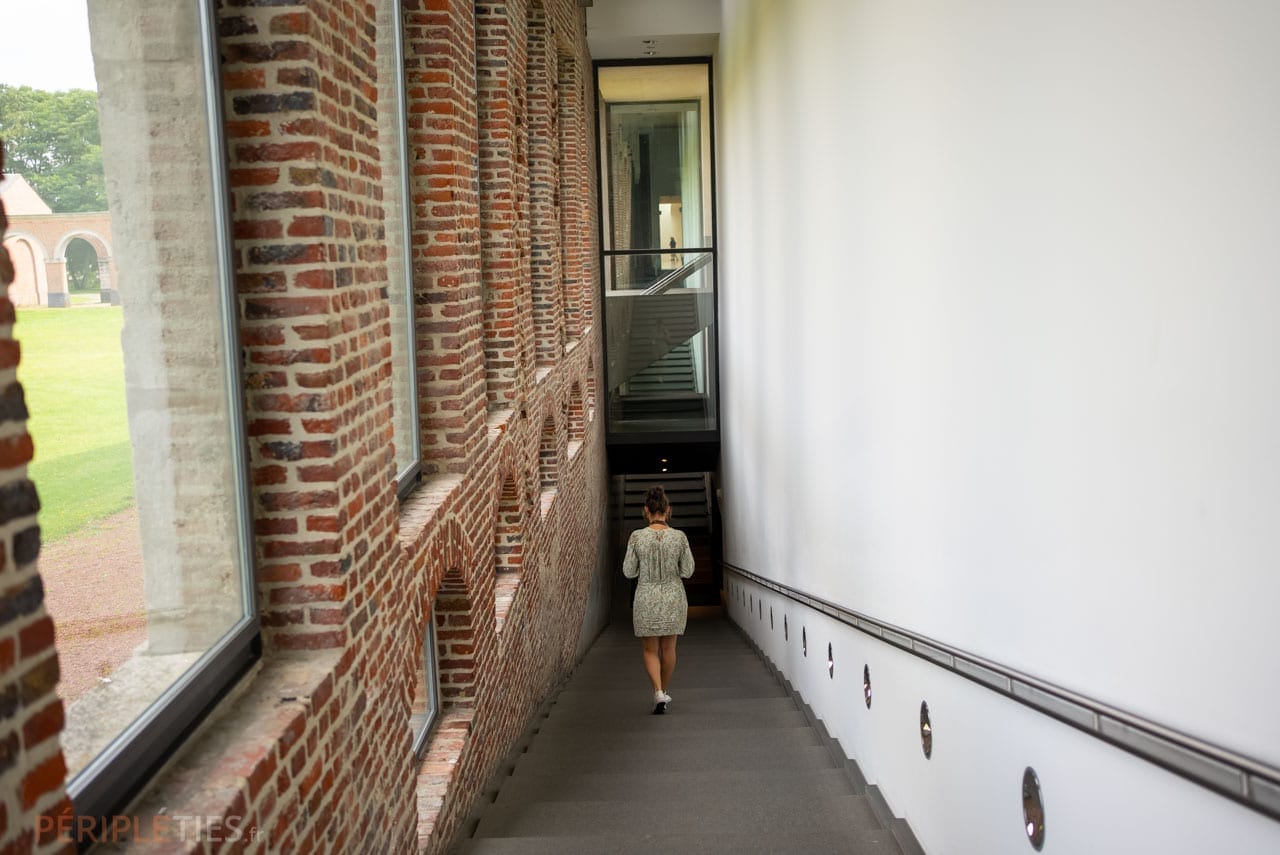
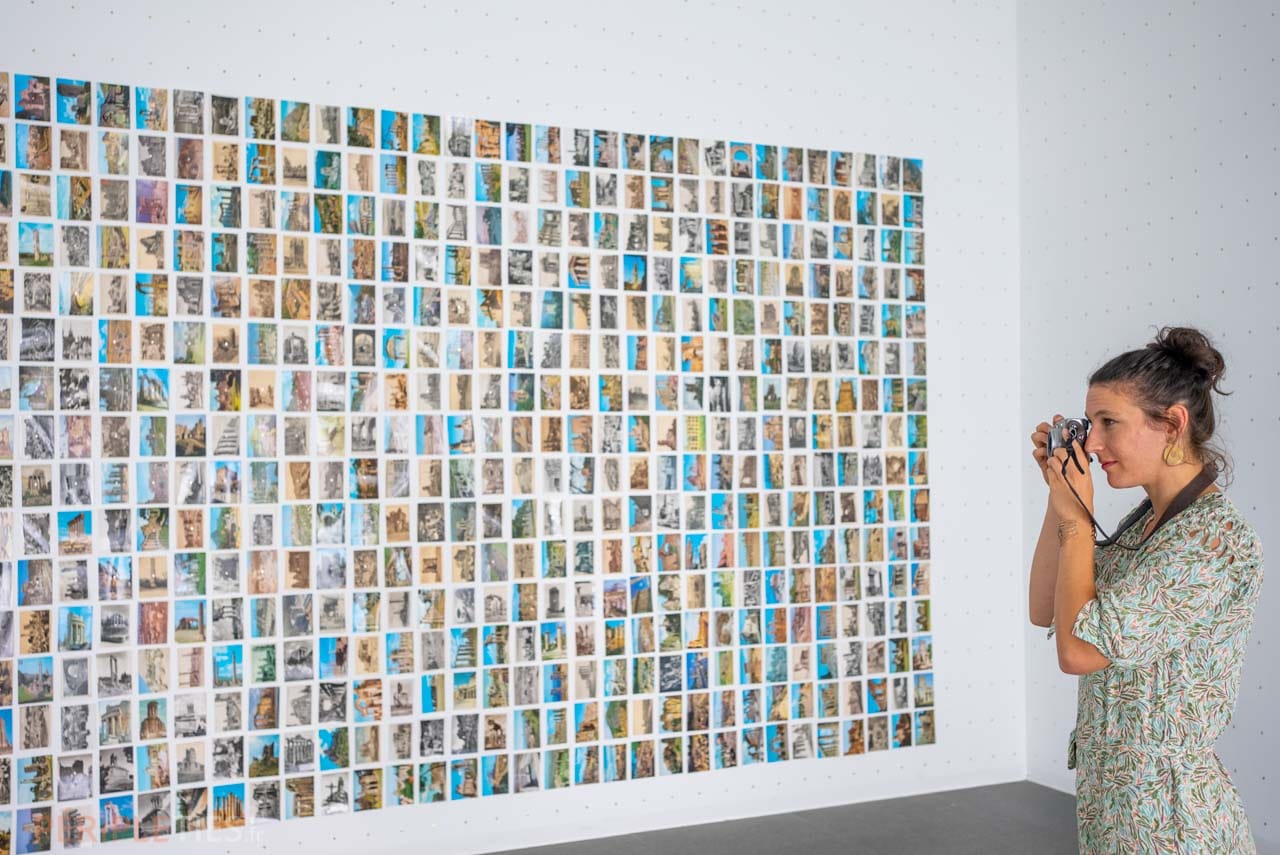
Practical info: Le Grand Hornu, Rue Sainte-Louise 82, 7301 Boussu, Open Tuesday to Sunday from 10am to 6pm. Tickets: €10 / €6 / €2 (children), reservations@grand-hornu.b or + 32 (0) 65 61 39 02
The Canal du Centre and its boat lifts
We set off for the Canal du Centre. This canal is at the heart of a major river network linking the Escaut, Sambre and Meuse basins, and has encouraged international transport by barge since the 18th century.
Major engineering structures have been built over the centuries. Locks, movable bridges and gigantic lifts enable barges and pleasure boats to be hoisted from one part of the canal to another, over impressive vertical drops!
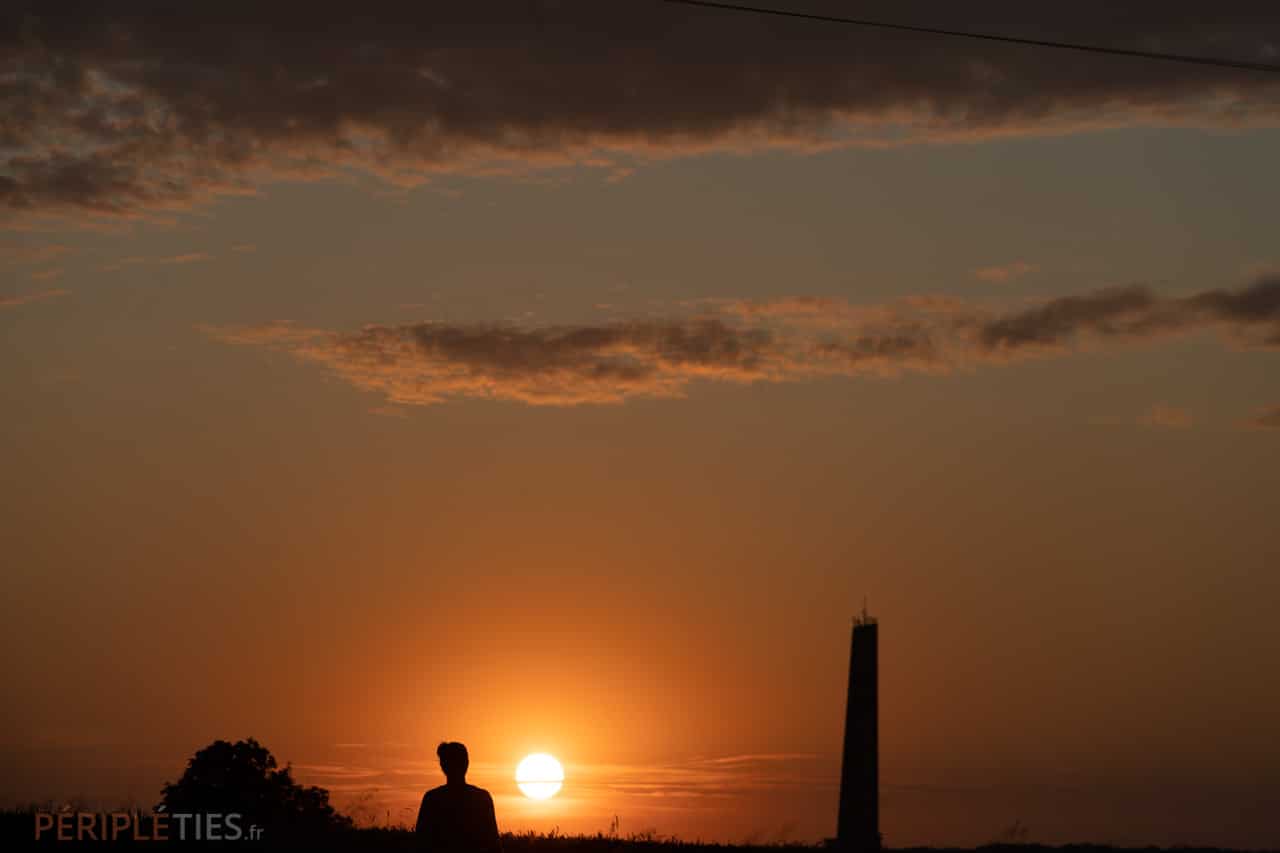
The imposing Strepy-Thieu boat lift
The Ronquière inclined plane is one of the most impressive. But we had the chance to visit another equally fascinating structure: the Strepy-Thieu boat lift.
Thanks to a system of ferries, counterweights and pulleys, it enables barges to cross the 73.15 metre difference in height between the Scheldt basin and a sort of viaduct (121.10 metres high) leading to the Meuse basin.
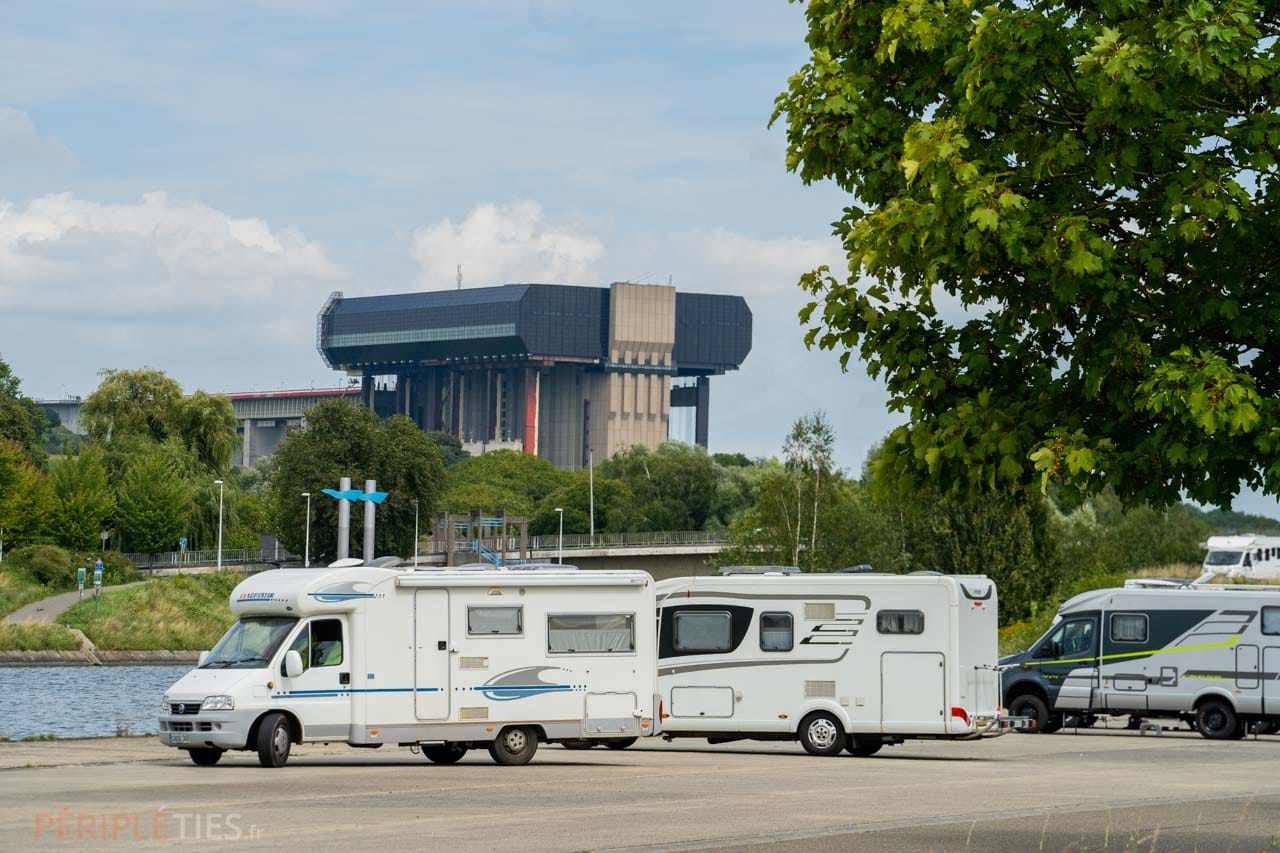
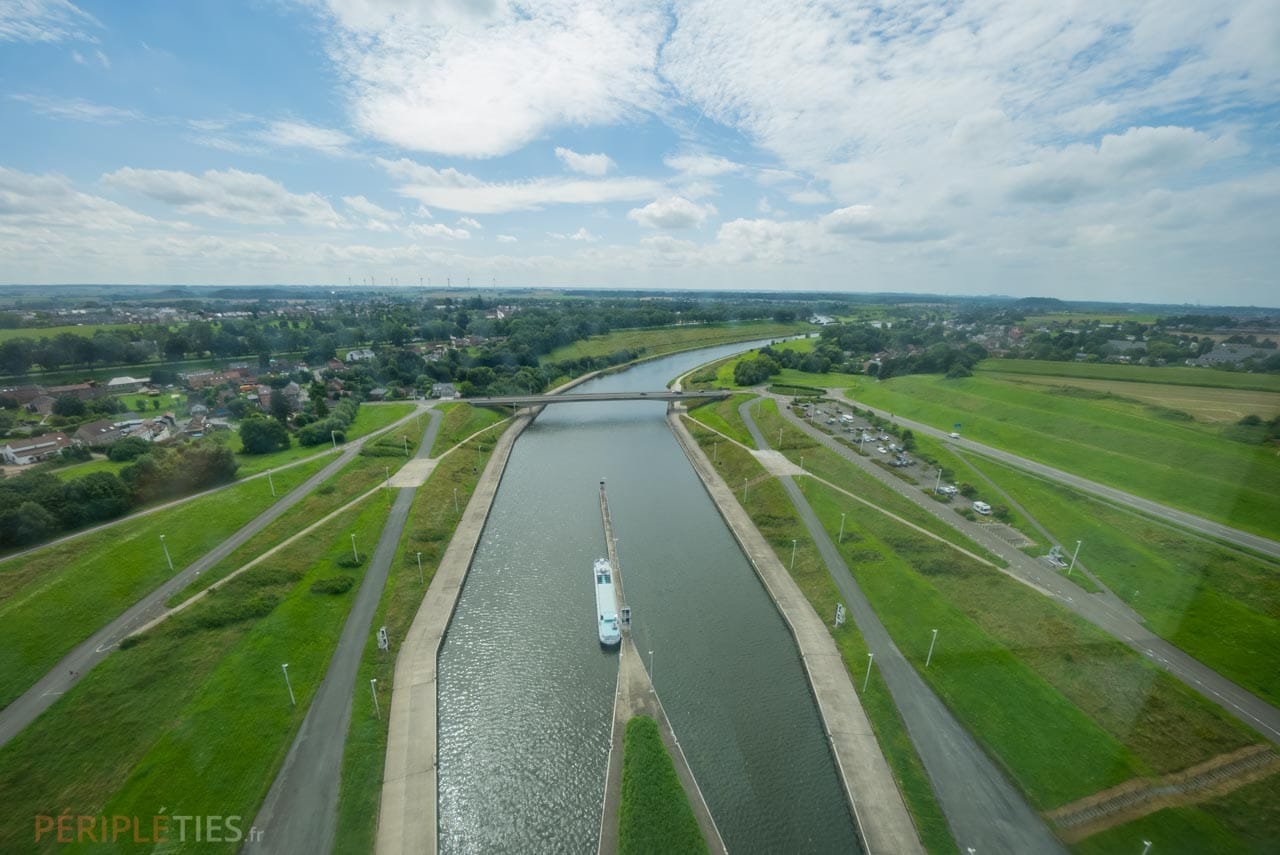
Seeing these concrete blocks weighing hundreds of thousands of tonnes lifted so high is a really cool feat to see with your own eyes!
We recommend this visit, to learn more about the history of the works on the Canal du Centre and the system at work.
Practical info: Ascenseur de Strépy-Thieu, Rue Raymond Cordier 50. Prices €4.50 / €6.50 / €8
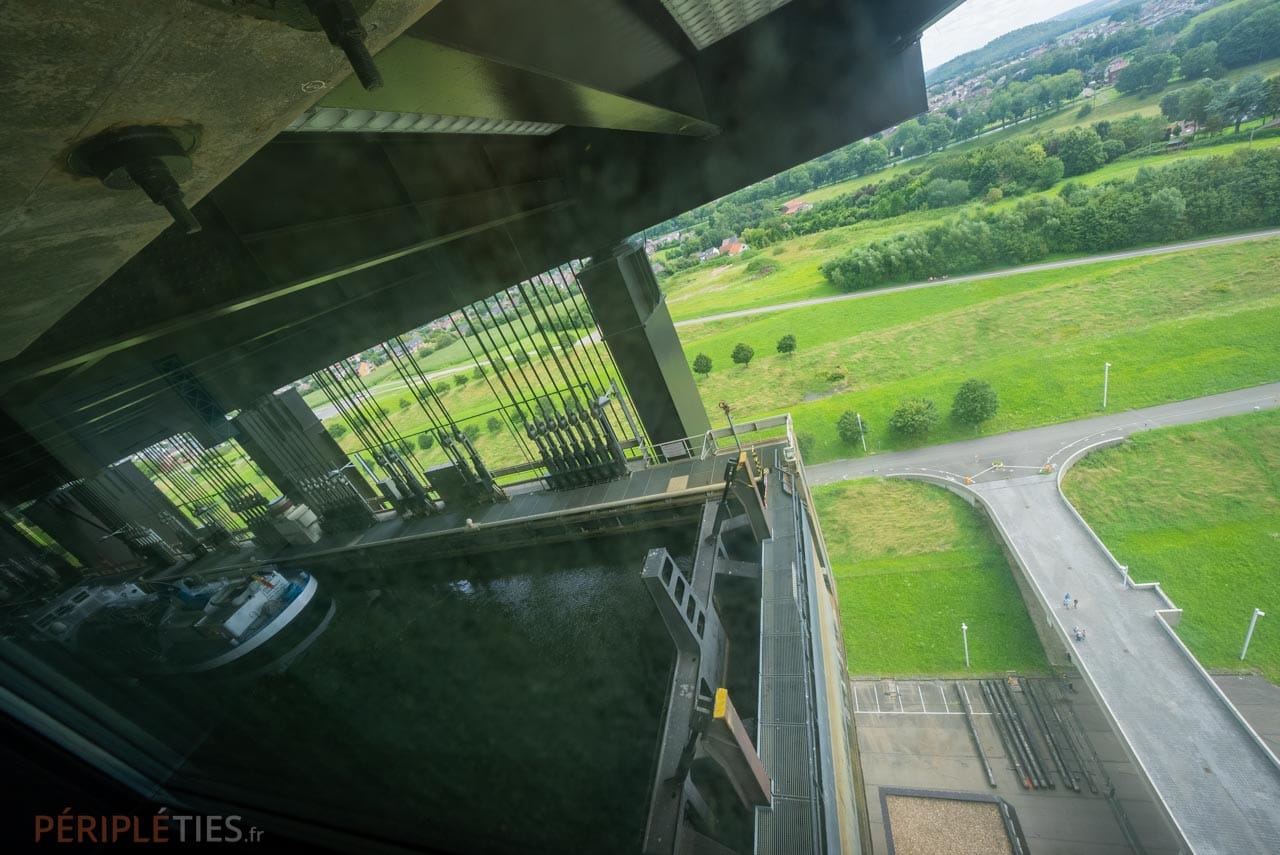
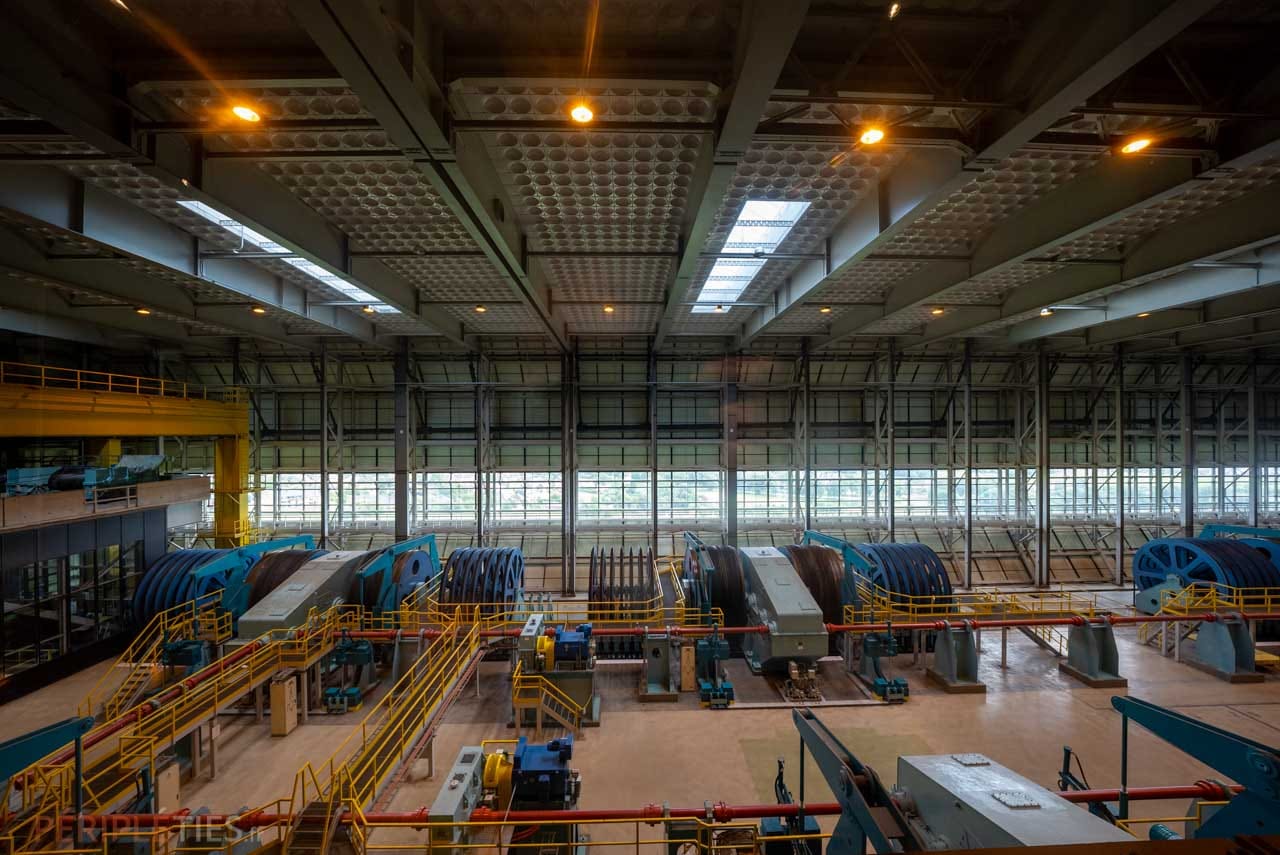
Leisure activities on the Canal du Centre
The old towpaths have been converted into cycle paths, making this a great area for soft mobility just a stone's throw from Charleroi.
Towards La Louvière, you can also take a trip on part of the canal, dedicated to small pleasure boats and without a licence. There's no risk of running into a cargo ship on the way!
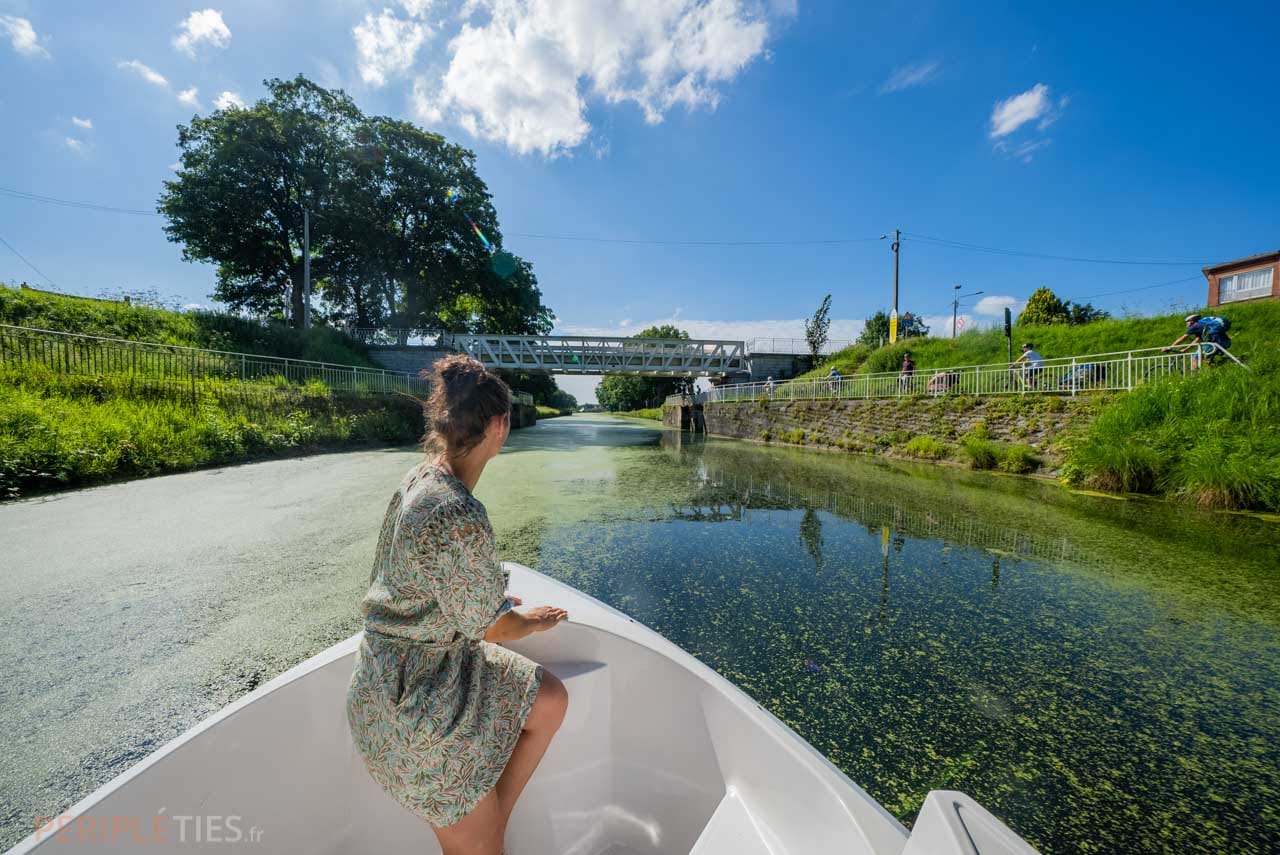
Hire a small electric boat: From 1 June to 30 September from 10am to 6pm, except Mondays. 5-seater boat 35€ / 7-seater boat 45€. info@voiesdeau.hainaut.be -
Motorhome park on the Canal du Centre
Port de Plaisance de Strepy - 20 unserviced pitches, a stone's throw from the Strepy-Thieu lift.
Walloon Brabant: towards Villers-la-Ville Abbey
Just a few kilometres north of the Belgian capital, Brussels, you can visit the ruins of Villers-la-Ville Abbey in the province of Walloon Brabant.
The site is extraordinary, and the remains much more extensive than those of Aulne Abbey. That said, the site is much less peaceful, as the road and railway line run alongside it.
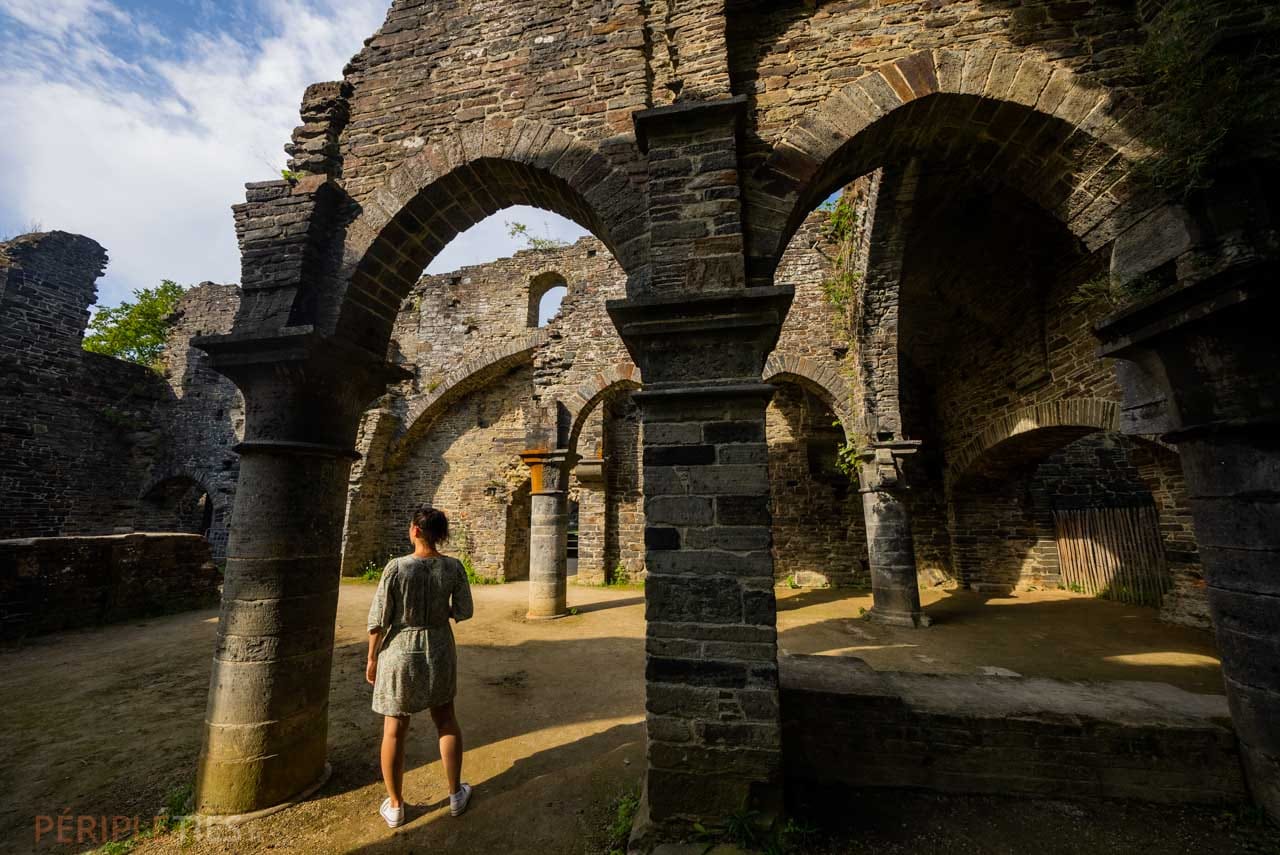
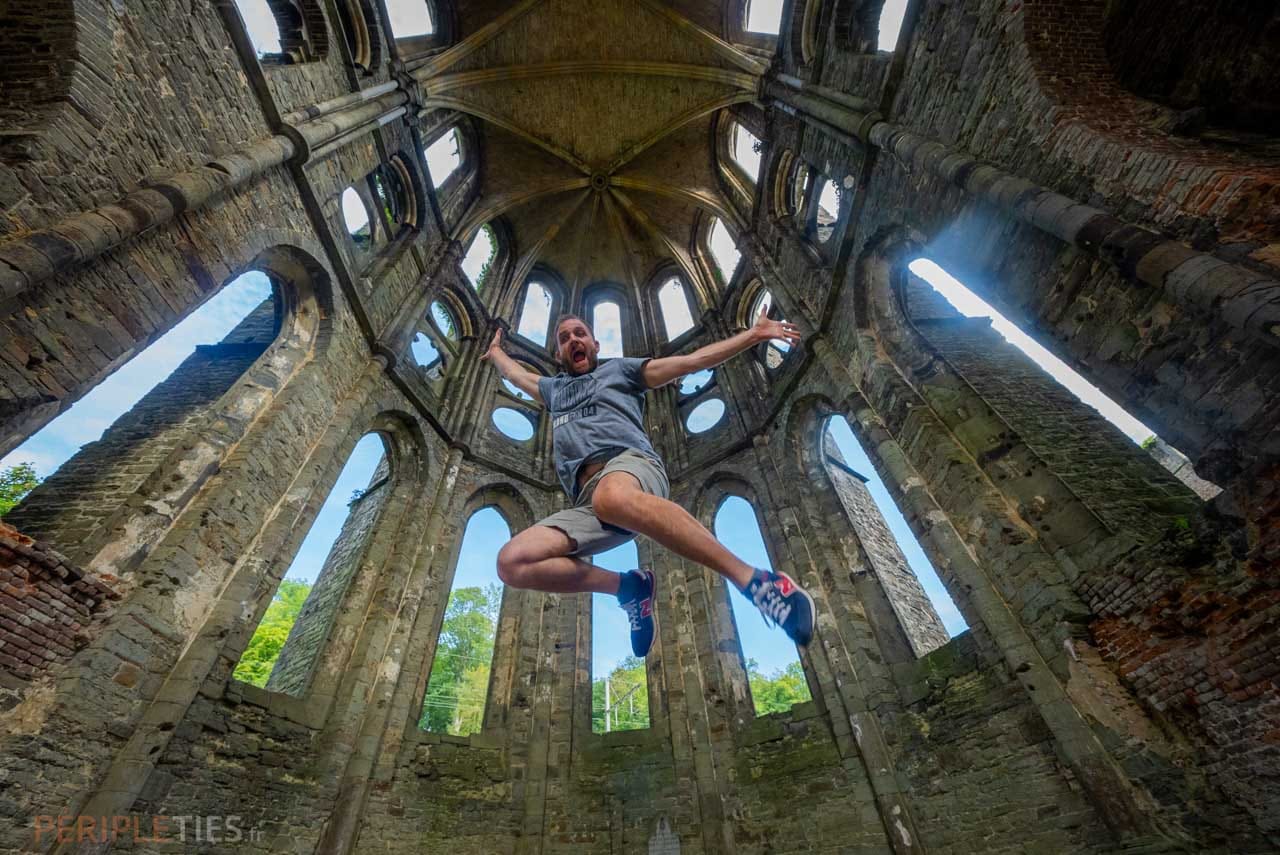
Visit the Battle of Waterloo site
If you decide to go all the way to the Waterloo site, it's best to plan a day trip rather than an overnight stop, although overnight stays are logically possible in the car park (not far from the motorway exit).
The advantage of motorhoming is that you can get there early to enjoy the site without too many visitors!
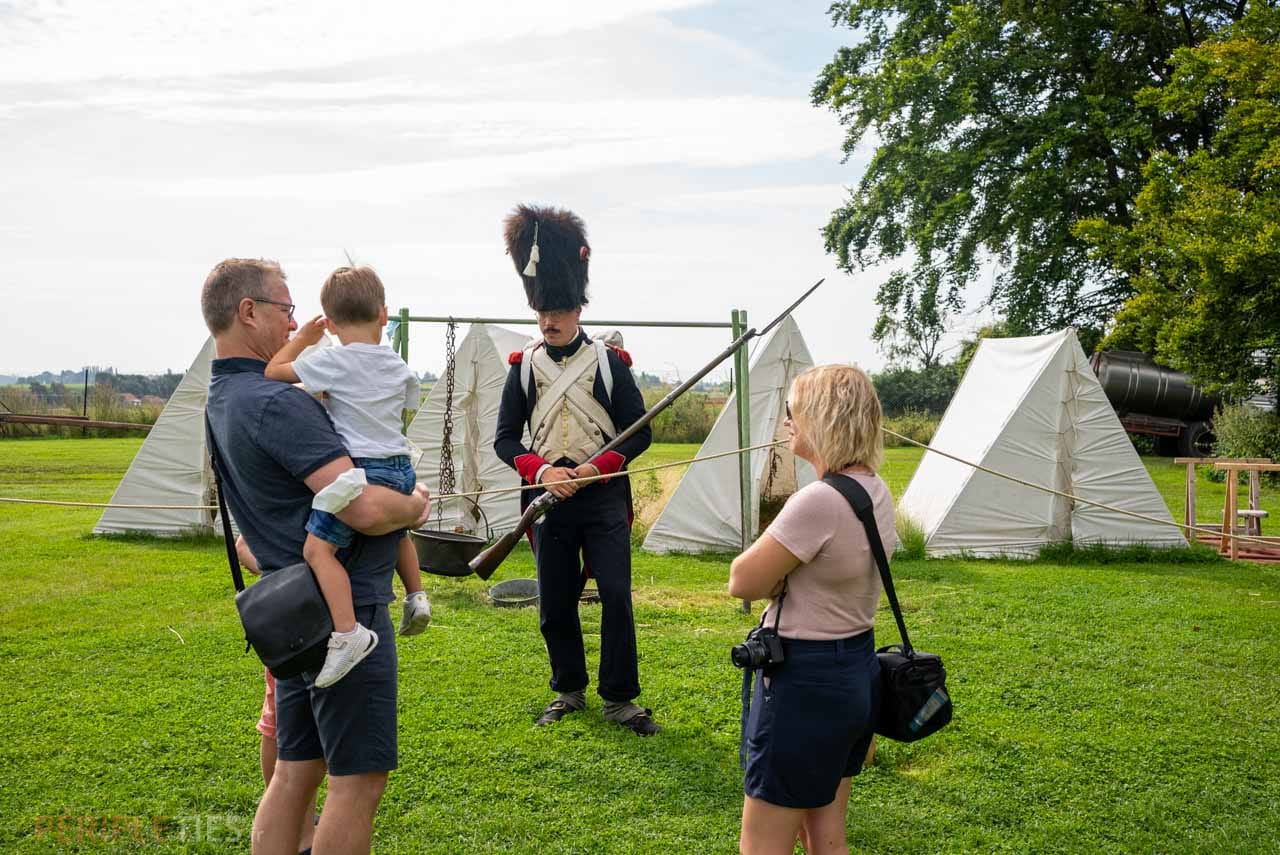
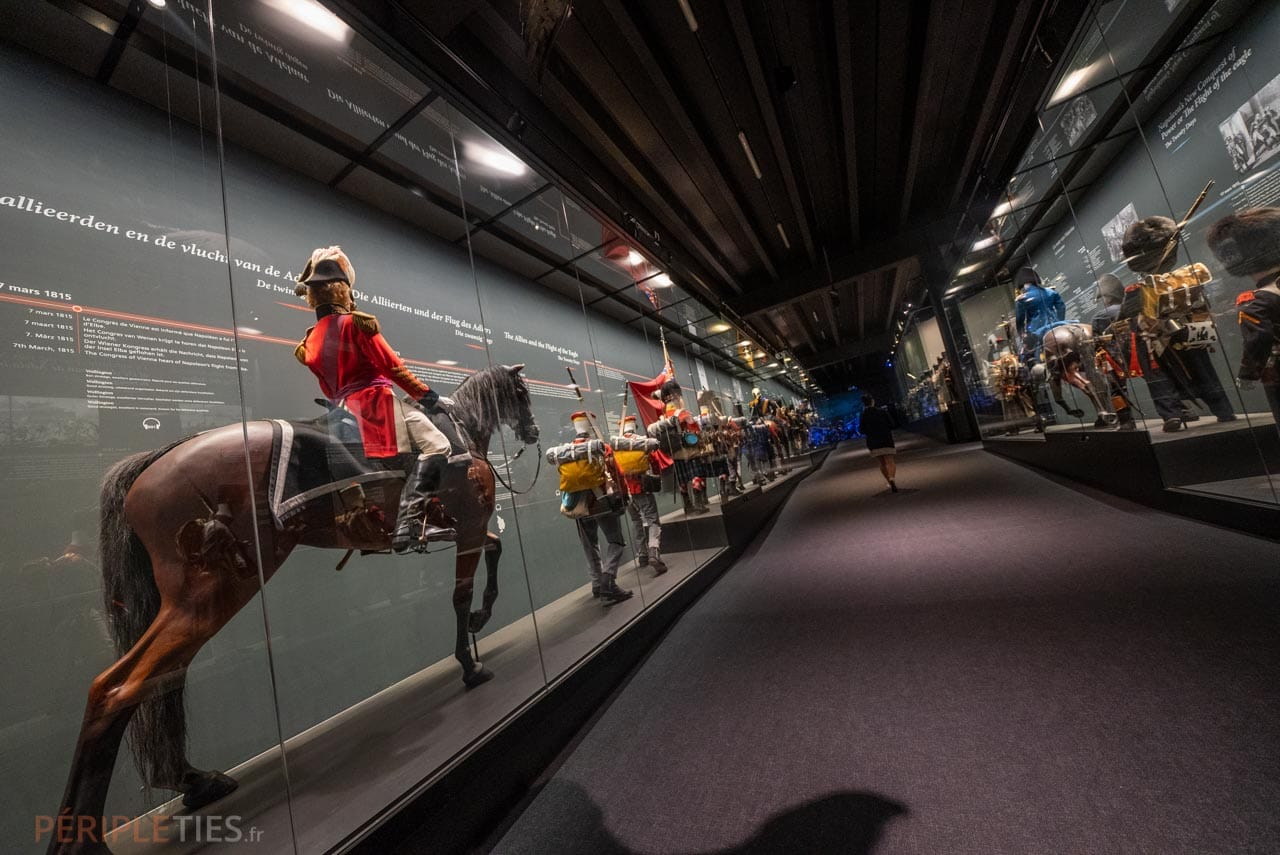
The Napoleonic Wars may be an important part of history, but we didn't think much of them before visiting the Waterloo memorial.
But we have to admit that the site is really incredibly well designed and allows you to project yourself back into history thanks to the exhibitions, 3D, interactive animations and re-enactments.
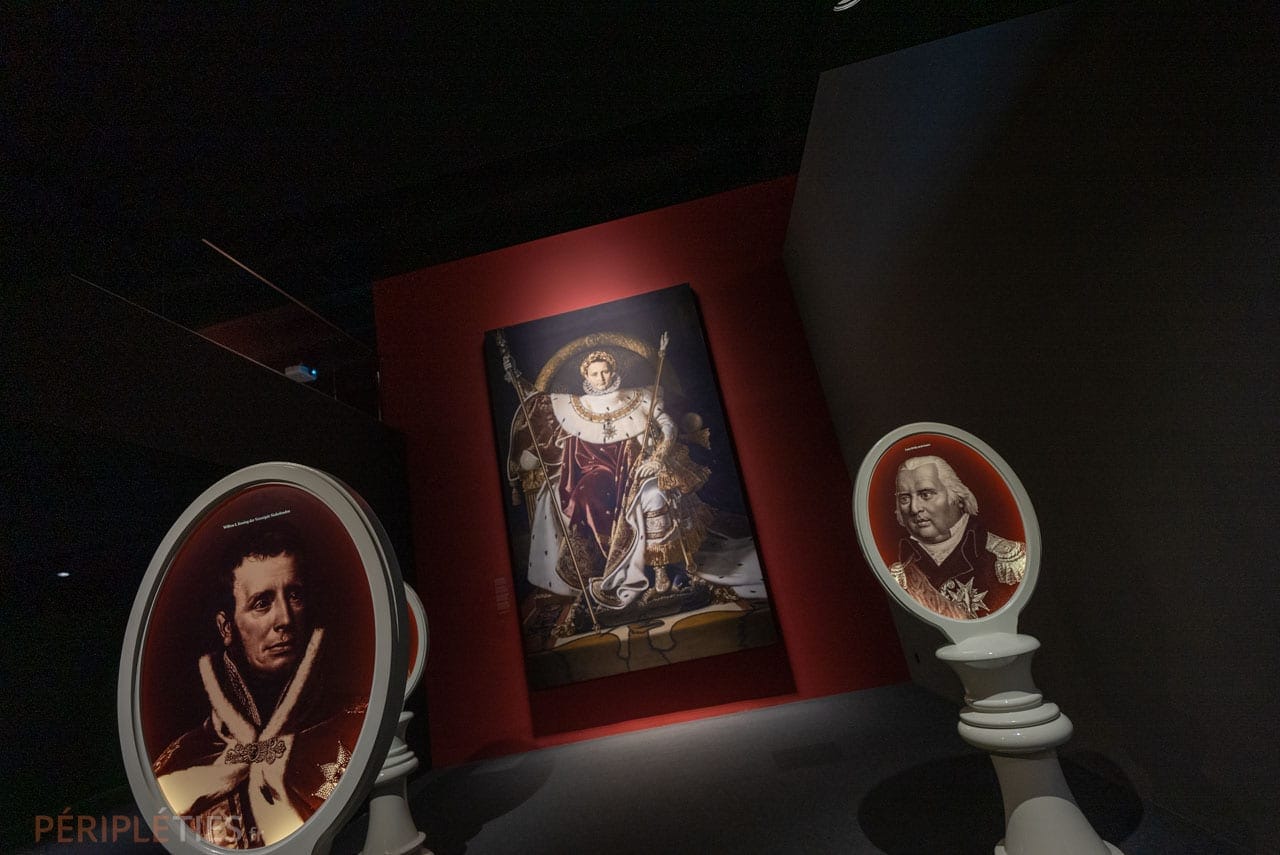
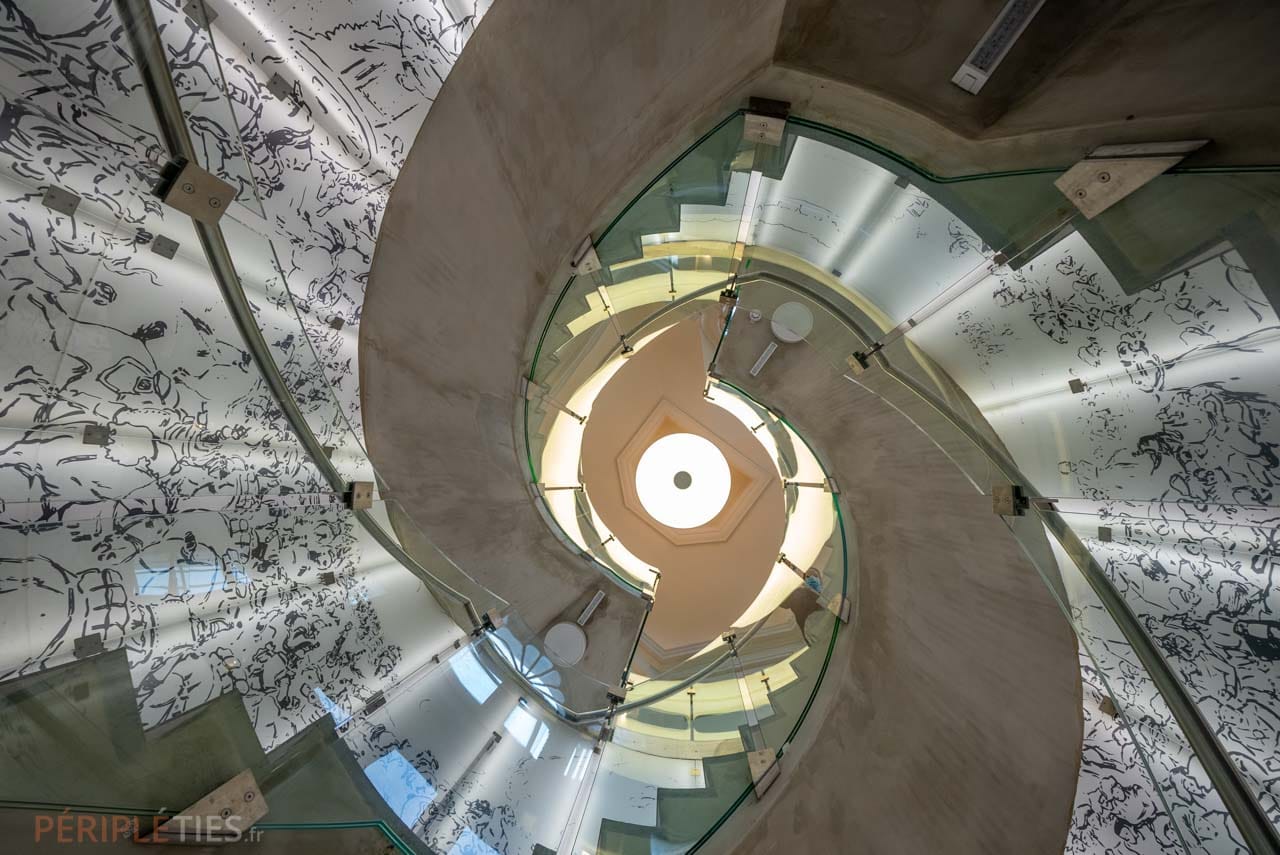
The visit ends with a climb up the famous Butte du Lion, erected by the Netherlands on the spot where Prince William Nassau (an ally of the English and Prussians against Napoleon's troops) is said to have been wounded.
He seems to be looking towards France, as if to say, "This is where the adventure ends!". As for us, at the end of 169 steps, here we are on this hill overlooking the Waterloo plain... And it's having an effect!
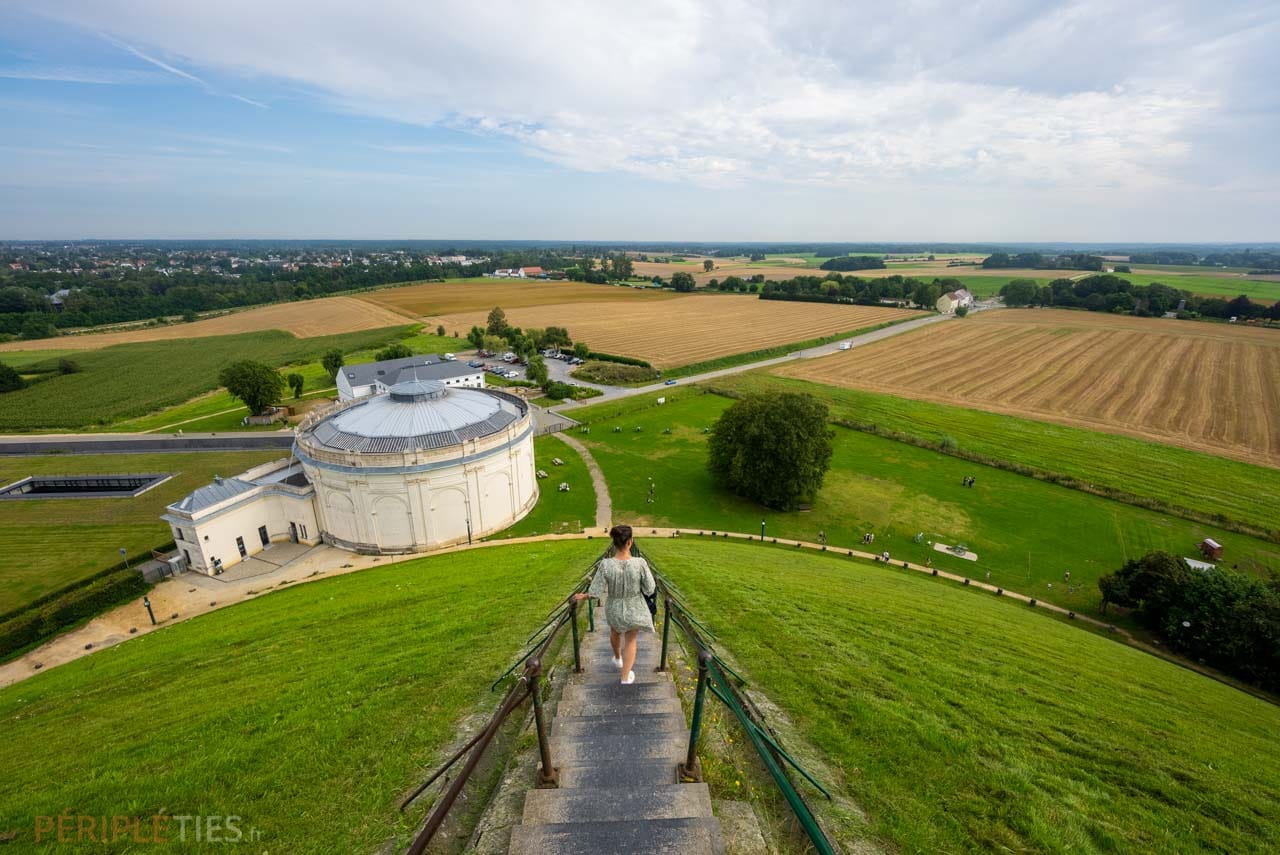
Last stop at Louvain-la-Neuve
The last stop on our road trip through Wallonia is Louvain-la-Neuve. What an atypical history this town has, hastily founded in the 1970s as a result of what the Walloons called ‘Le Wallon buiten’.
The term refers to the slogan used by Flemish nationalists at the end of the 60s, who called for the departure of French-speaking students from the Catholic University of Leuven (in what is now Flanders) and then... of all French-speakers from ‘Leuven’ (Tant qu'à faire!).
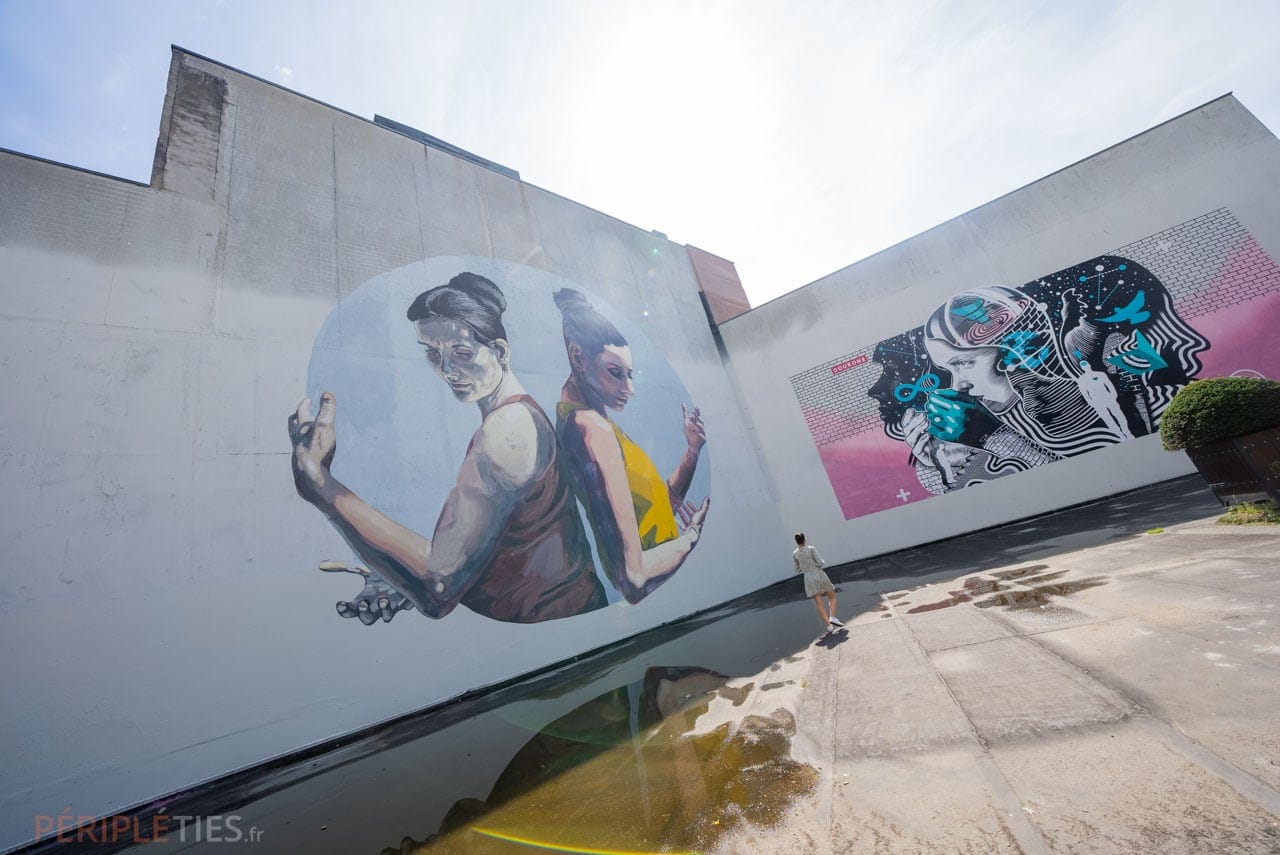
Parking and motorhome parking in Louvain-la-Neuve
In short, Louvain-la-Neuve and its French-speaking university were built 30 kilometres from Leuven. Its aim was to be as open as possible to ideas and progress.
Access to Louvain-la-Neuve is through a labyrinth of underground car parks, where it is difficult to find your way around and where it is not possible to park a camper van (height limit).
As for the car parks in the town, they are reserved for residents who have a season ticket. So get out and park in the spaces along the main road, taking care not to park on the bus lane... because the police are on the lookout! (We also tested the Louvain fine for you!)
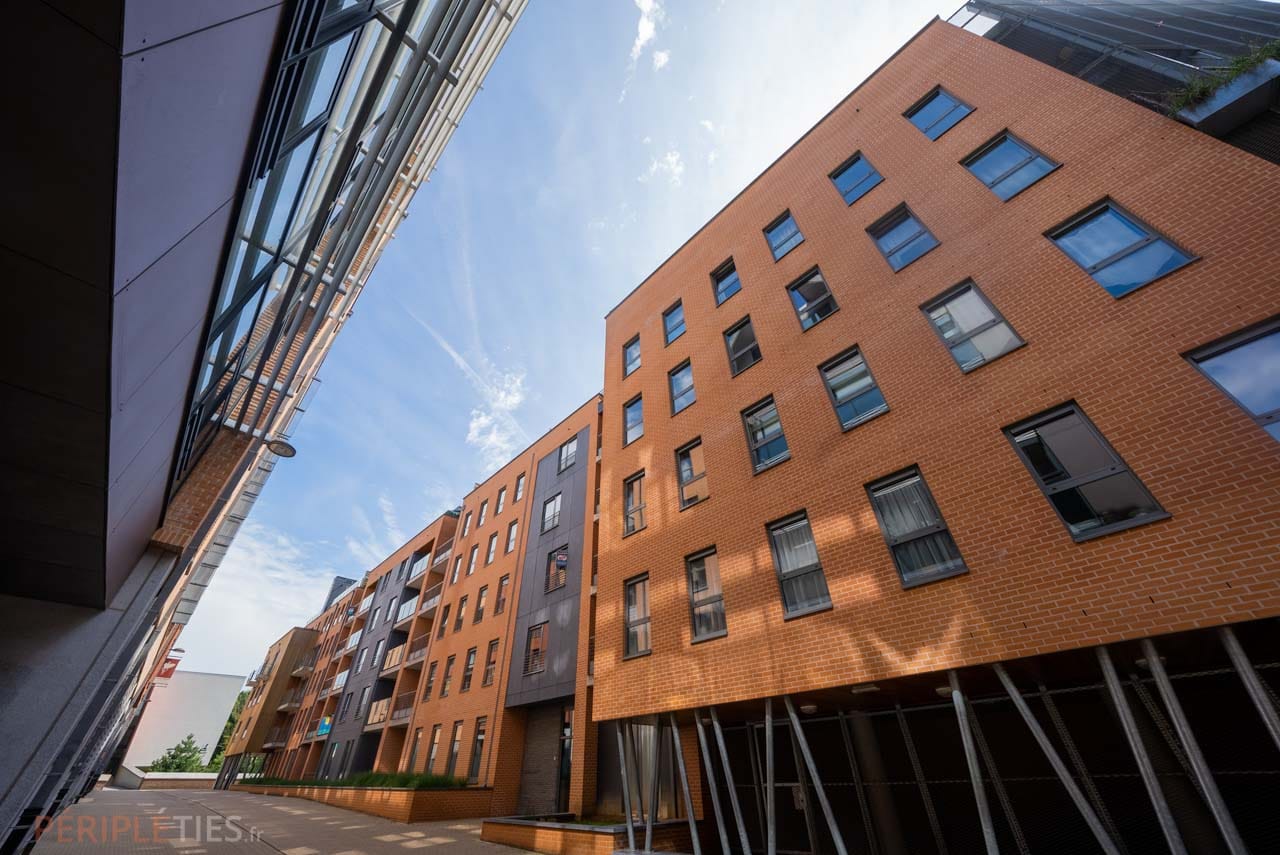
Nevertheless, Louvain-la-Neuve is a very pleasant town, with a dynamic city centre where everything is pedestrianised.
There's all the excitement of the student towns we hadn't come across on this road trip, with alternative neighbourhoods uptown and the Hergé museum... for Tintin fans.
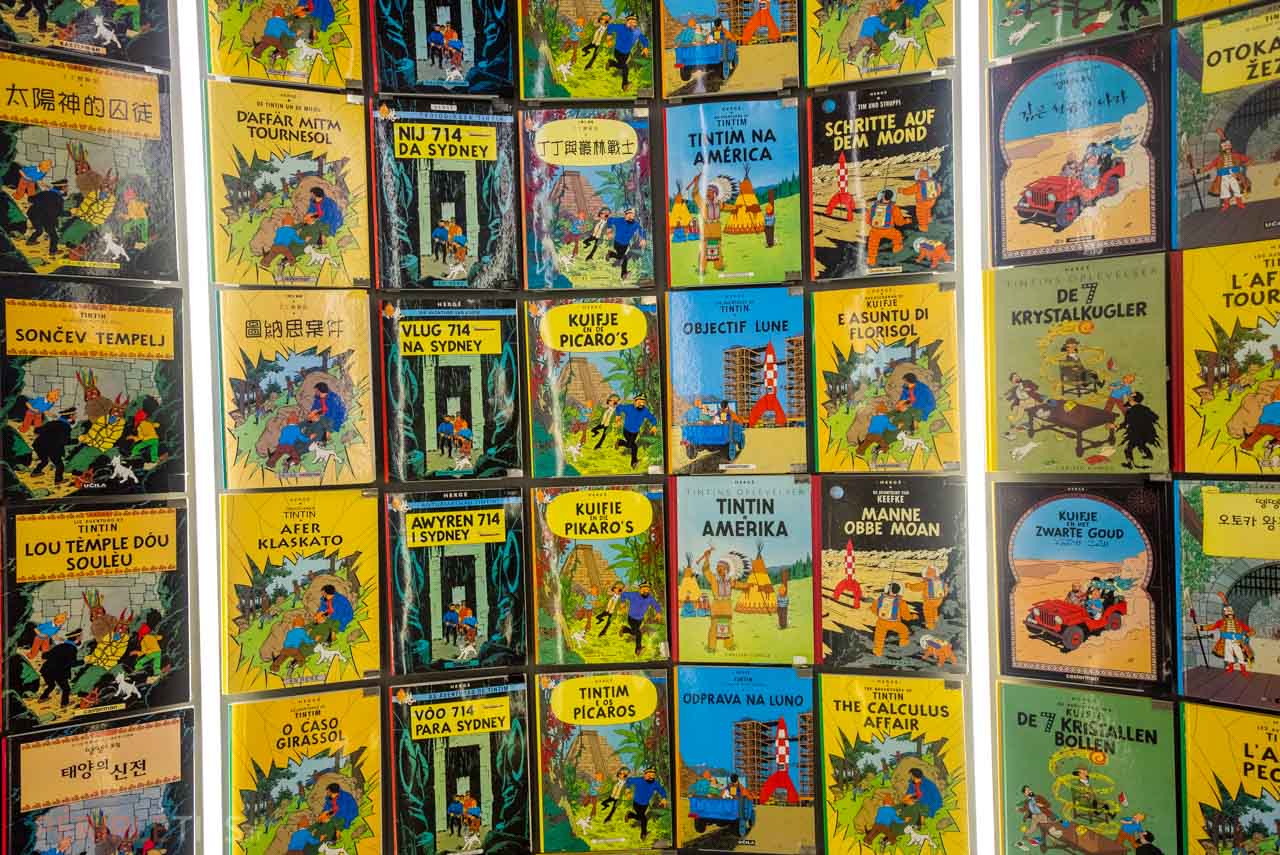
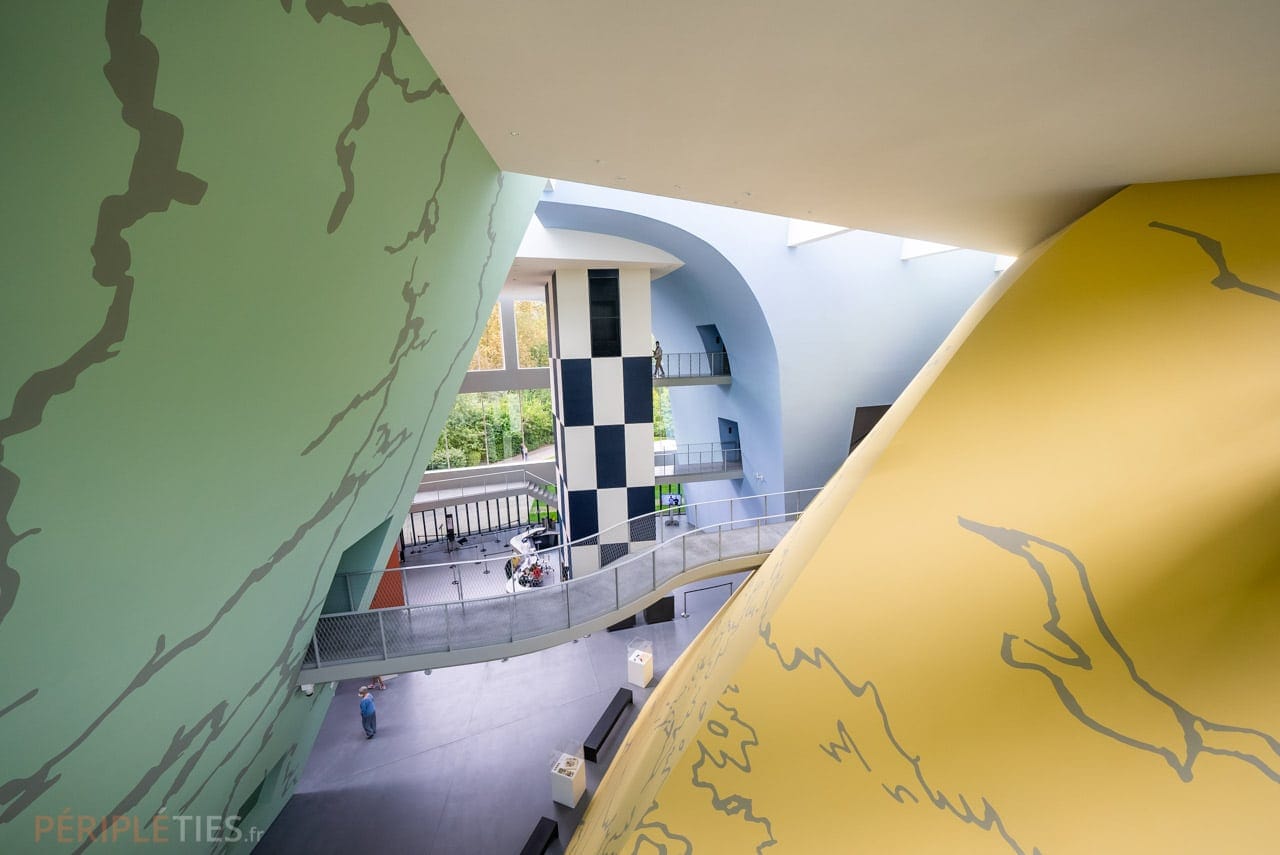
A forthcoming motorhome trip to Flanders (Ghent, Bruges...)?
After a fortnight's road-trip in Wallonia, we headed back to France, via Floreffe Abbey. We're proud to now have an overall picture of Wallonia. And we can safely say that it's full of surprises.
All that remains is to discover Flanders to get a complete picture of the ‘flat country’. But that's for future adventures.
See you soon!
Pauline & Simon
